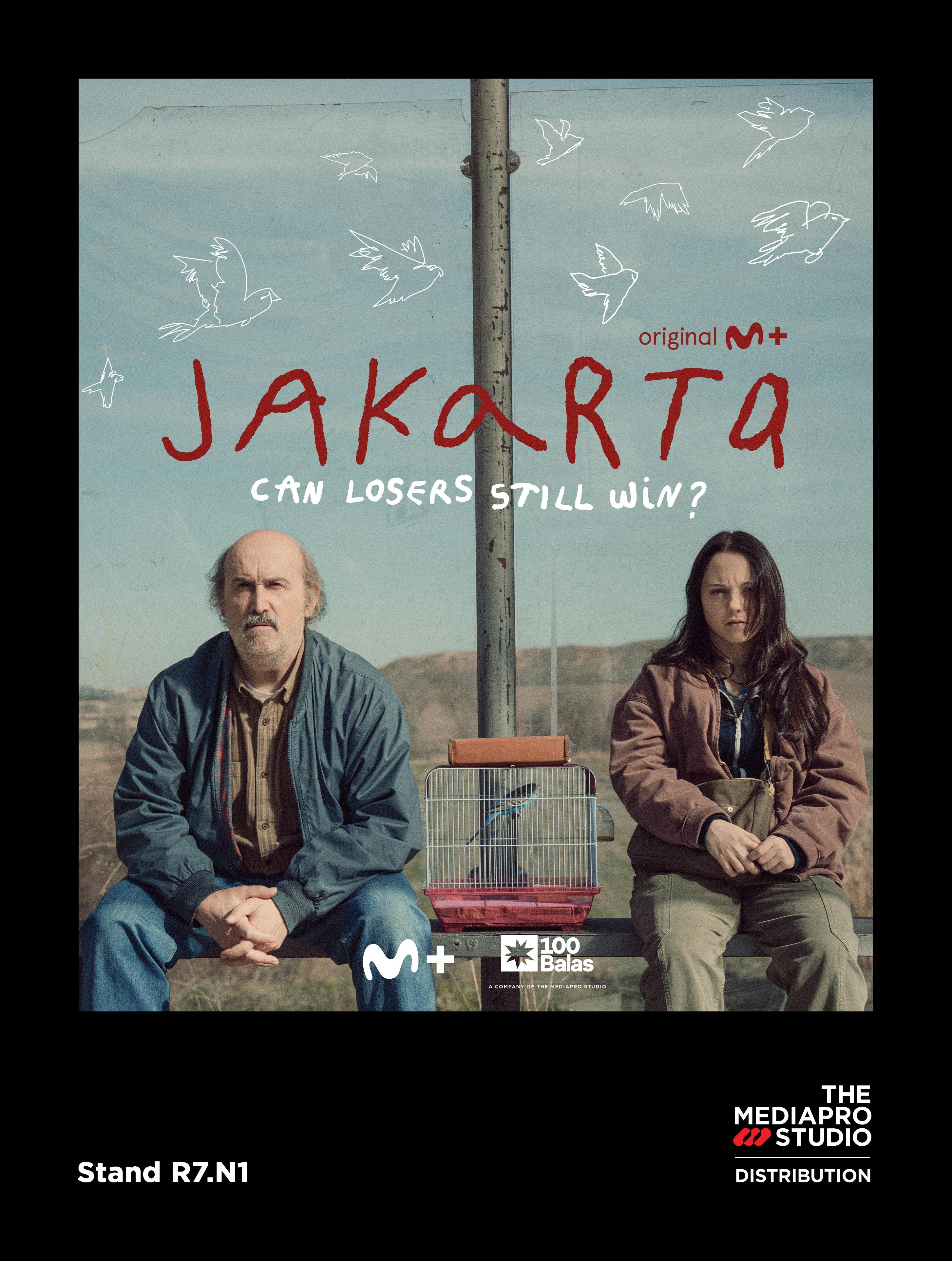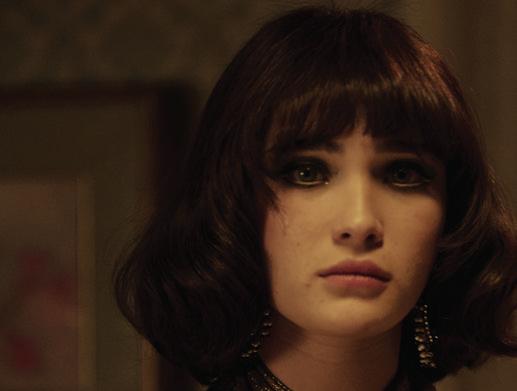

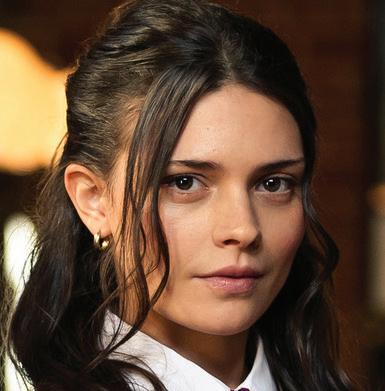
On set with Gomorrah: Origins and Midsomer Murders Jones and Whittaker are Frauds Mackenzie Crook’s Small Prophets Charlotte Regan’s Mint John Butler on These Sacred Vows And much more



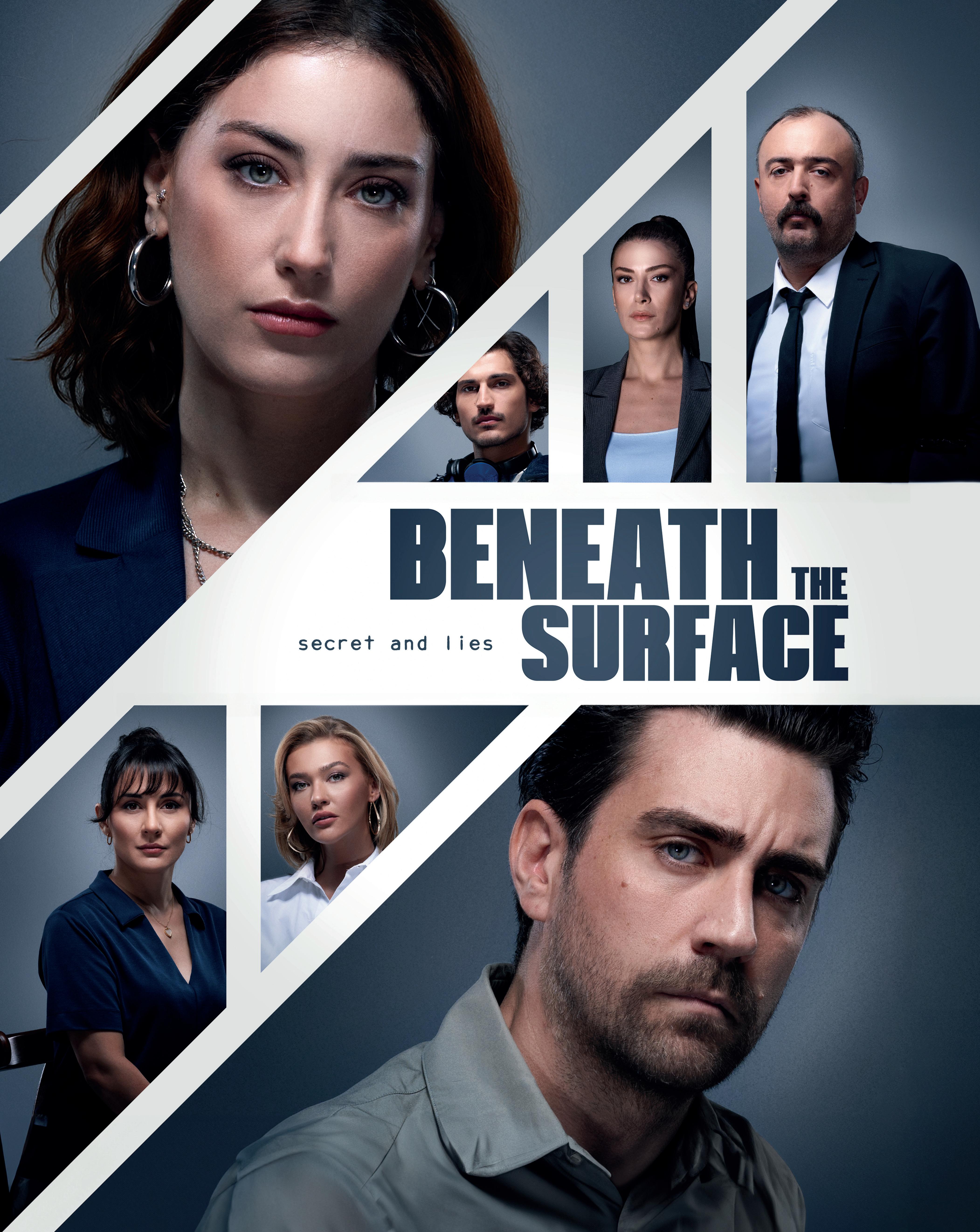





On set with Gomorrah: Origins and Midsomer Murders Jones and Whittaker are Frauds Mackenzie Crook’s Small Prophets Charlotte Regan’s Mint John Butler on These Sacred Vows And much more





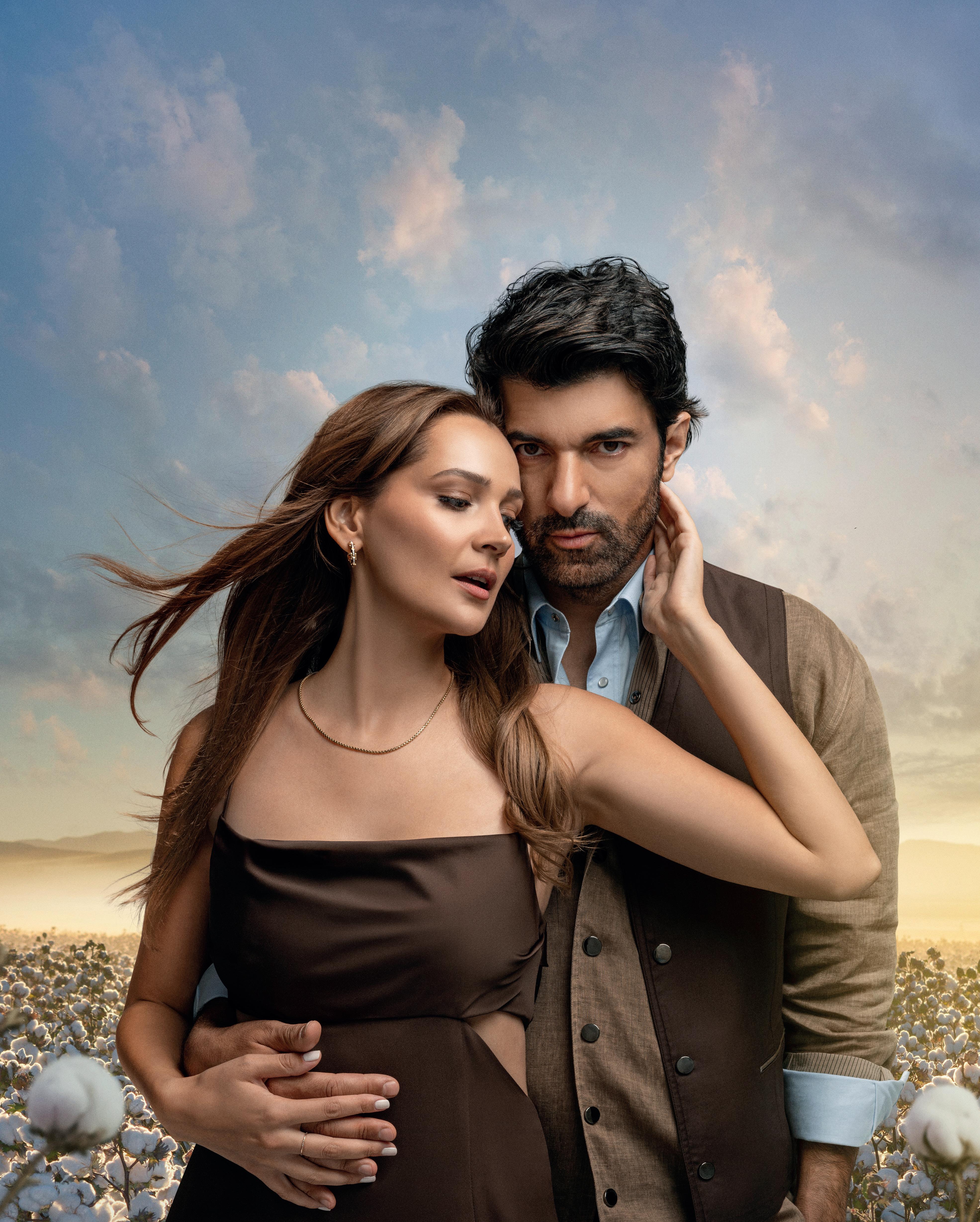

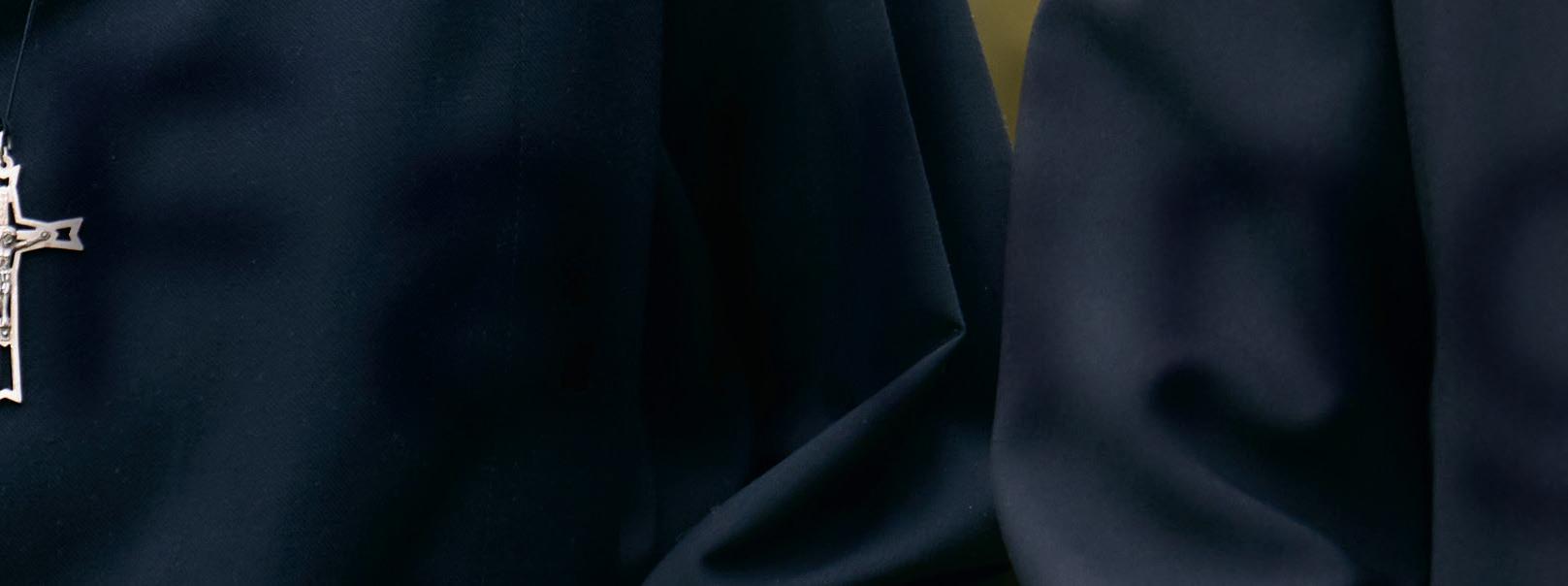

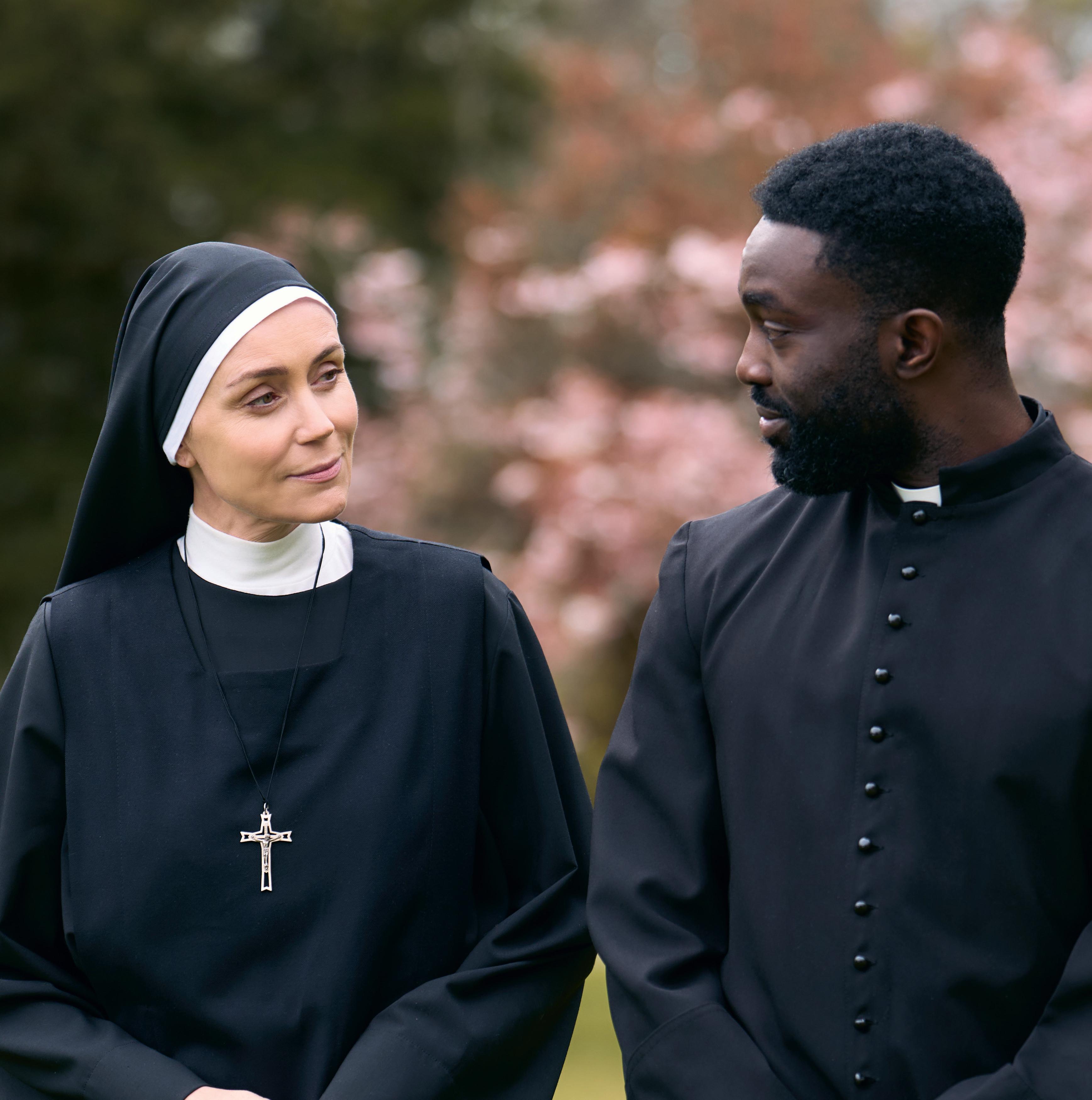


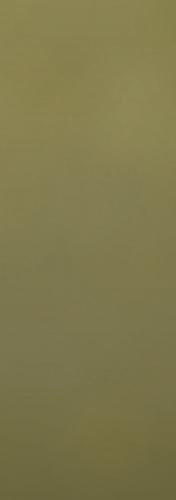
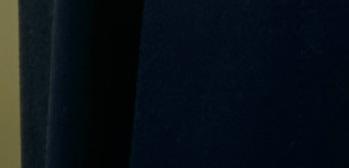
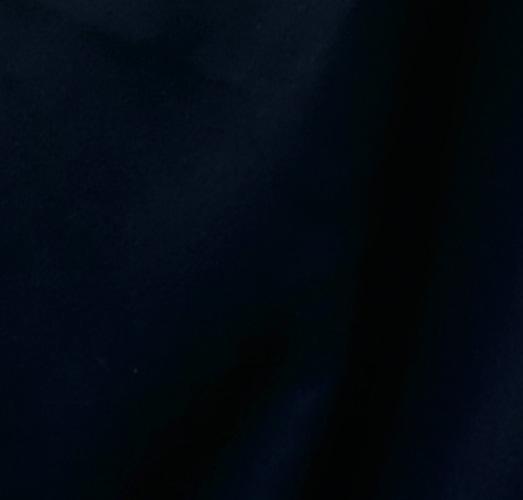



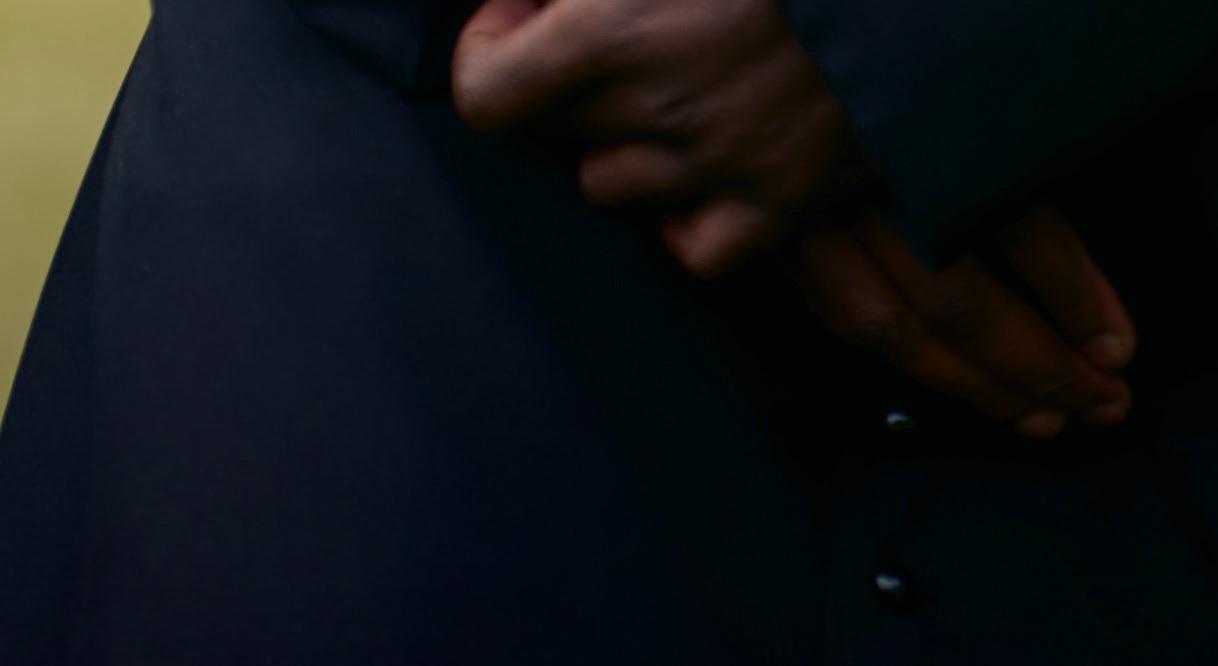

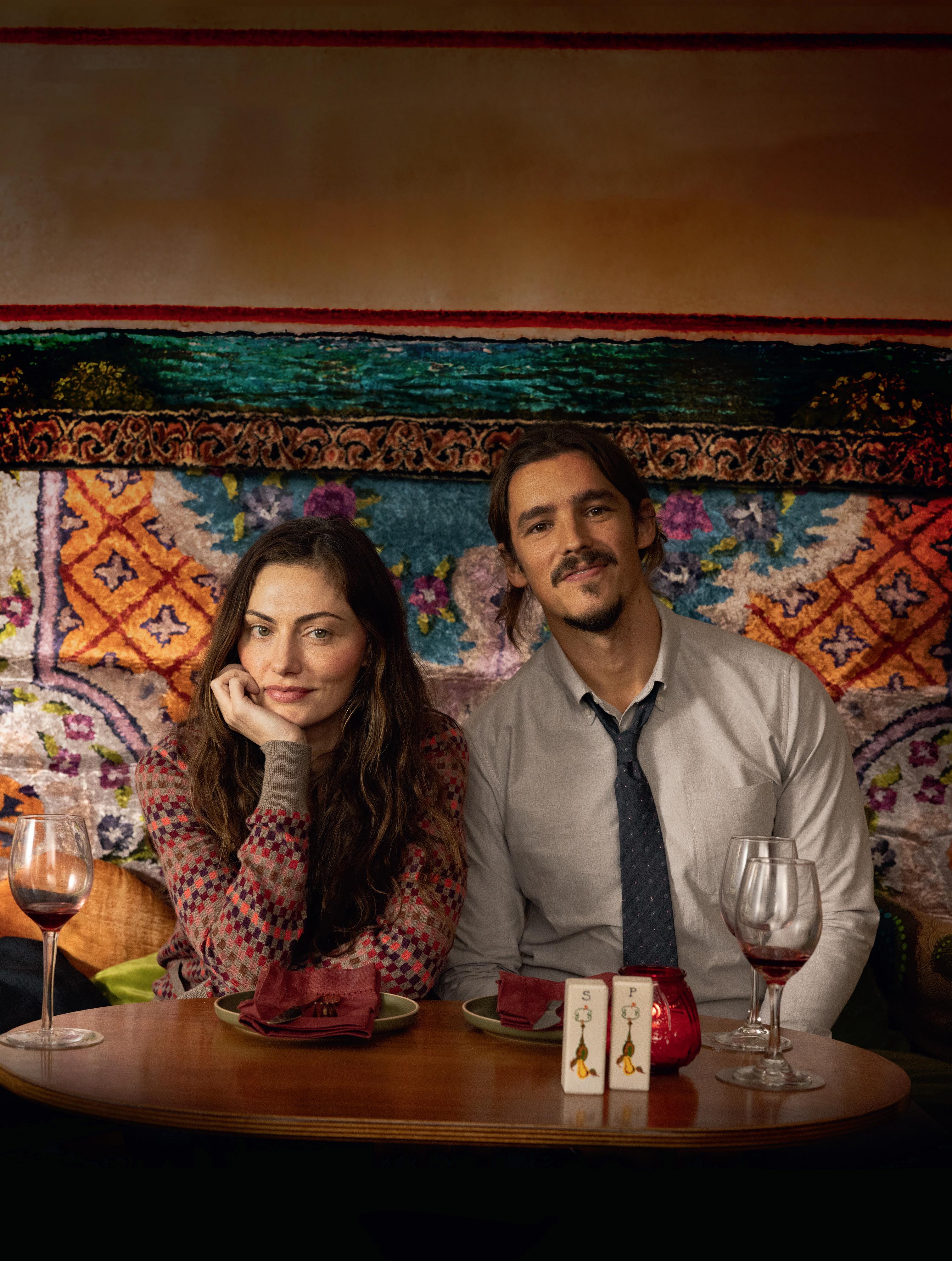


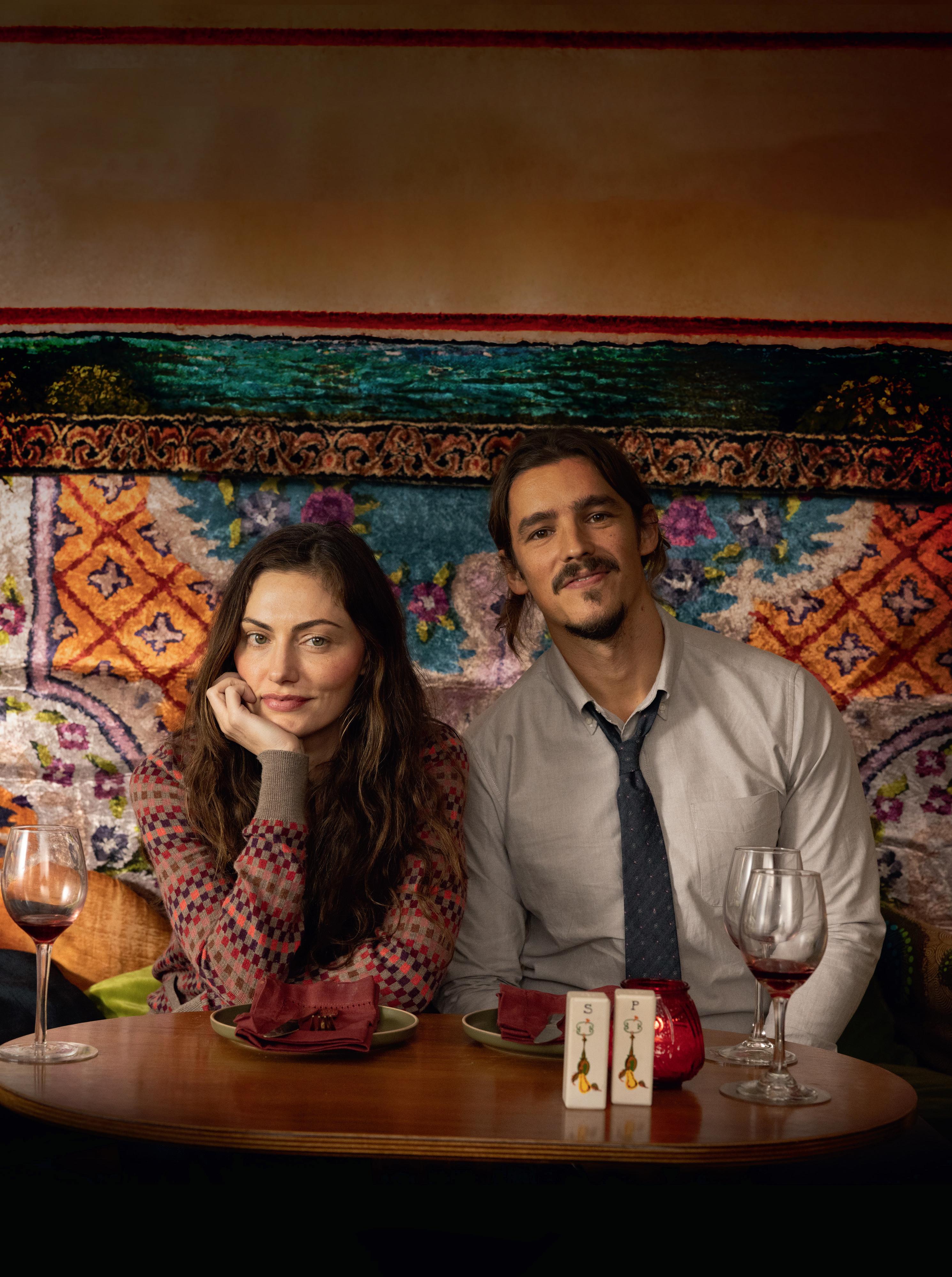



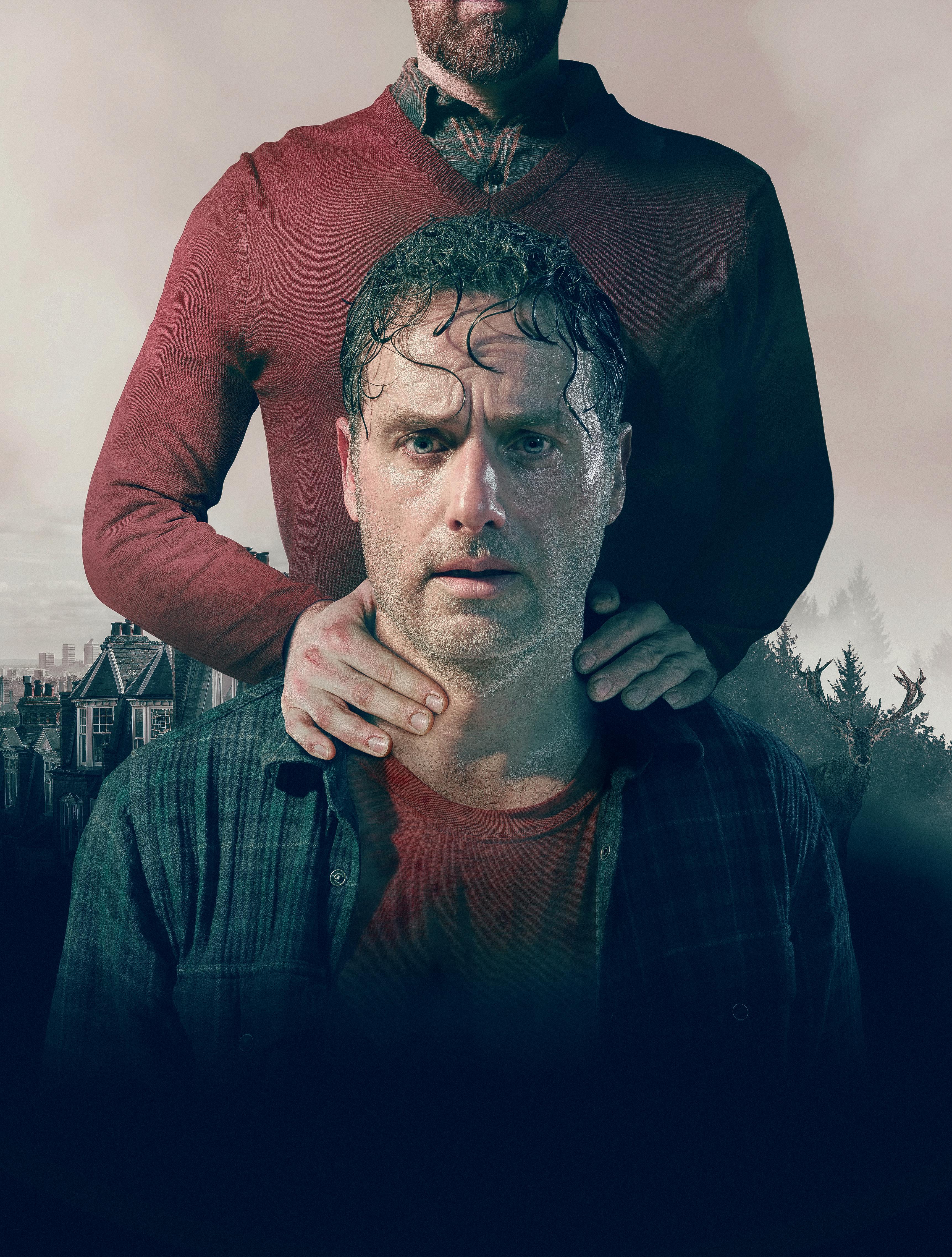
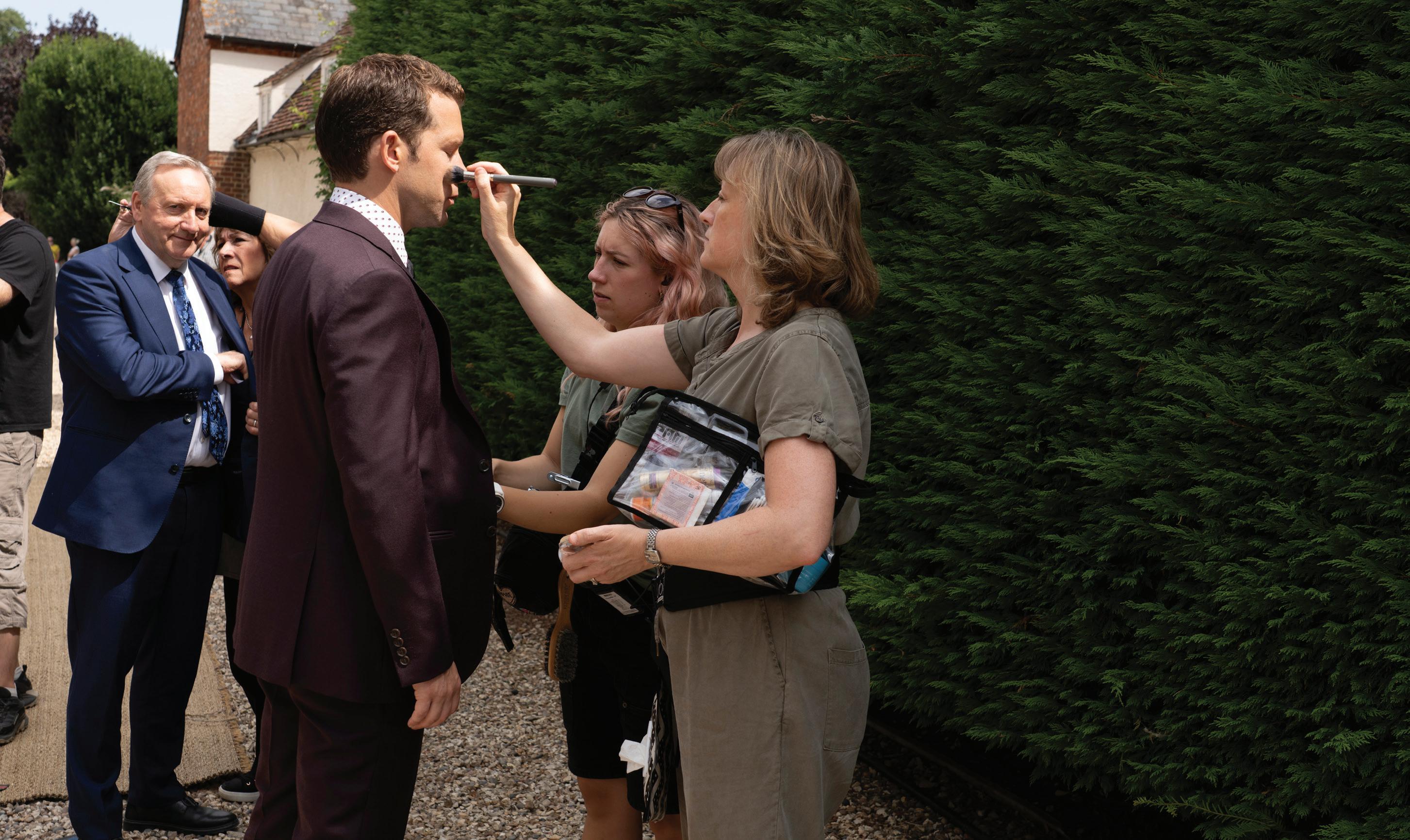
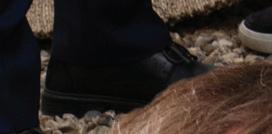
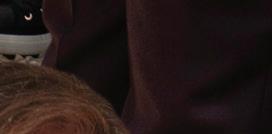

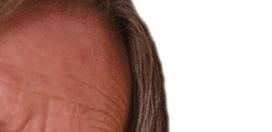




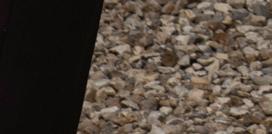





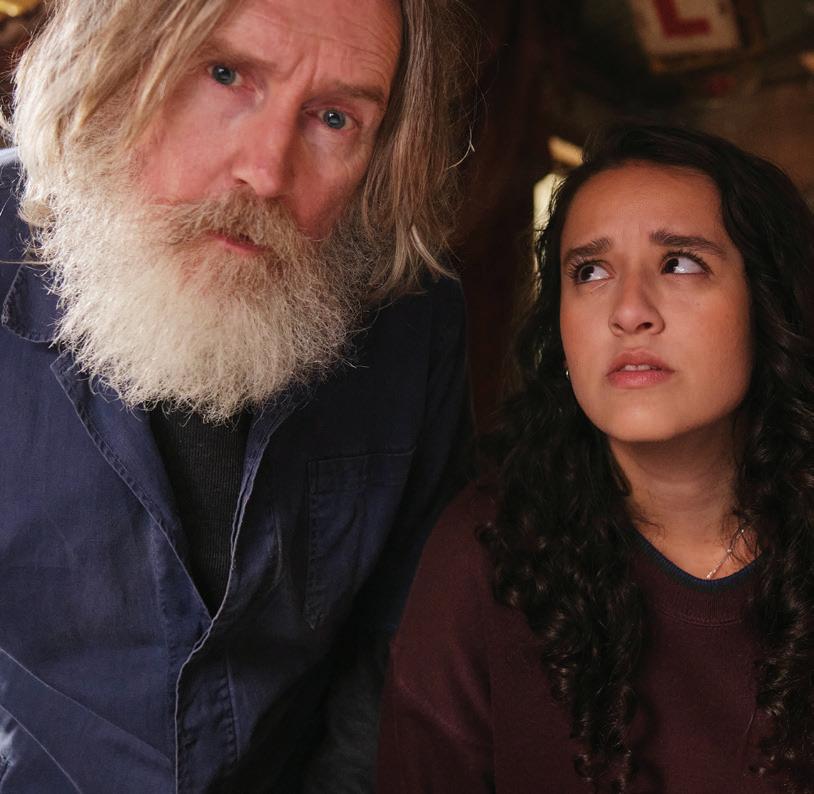
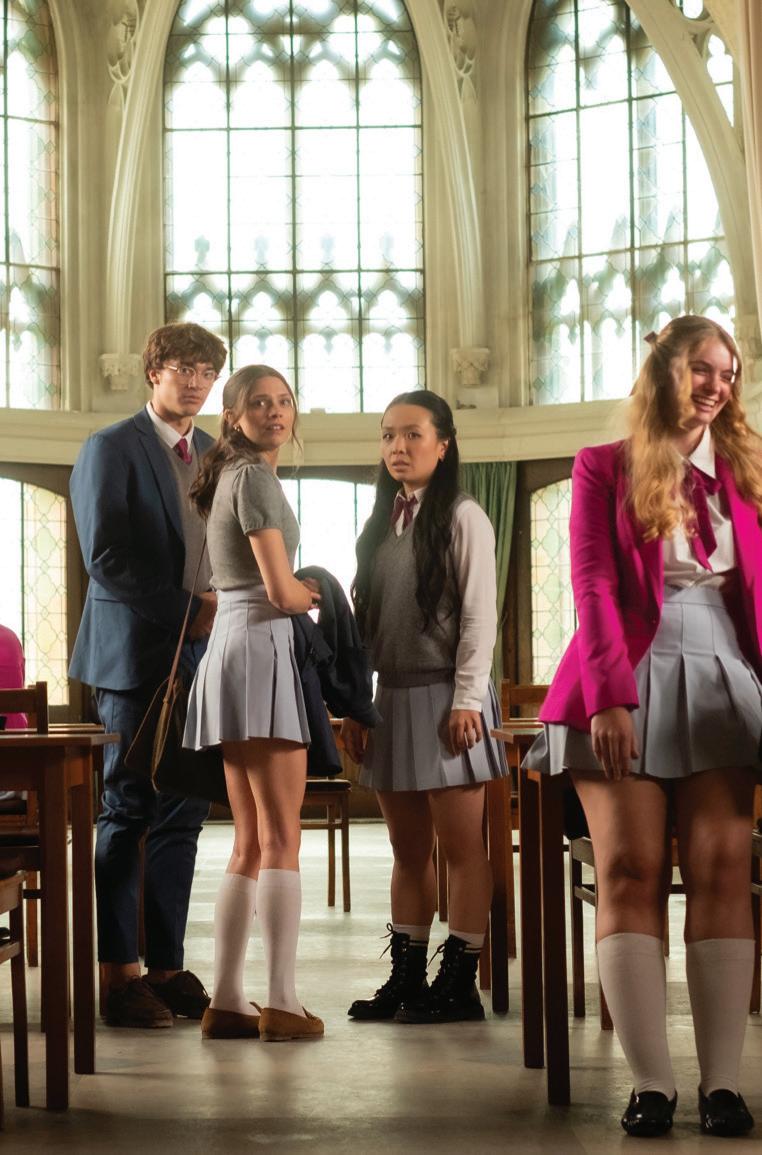


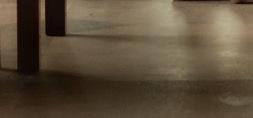



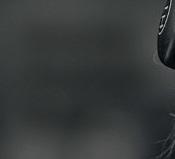


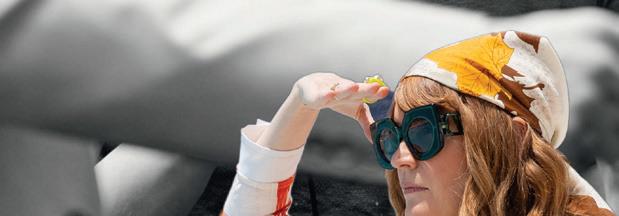


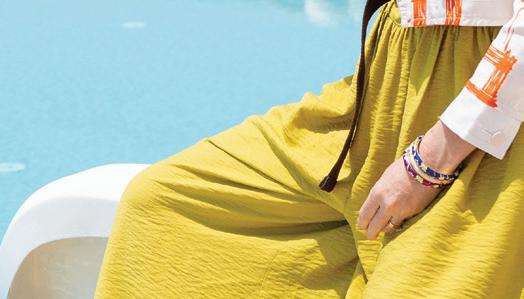
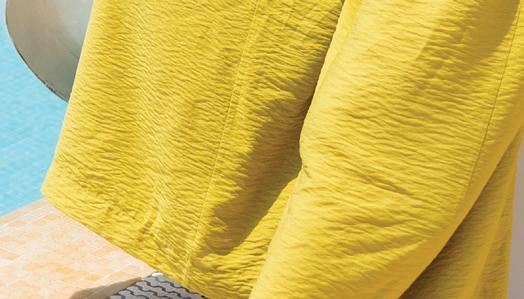

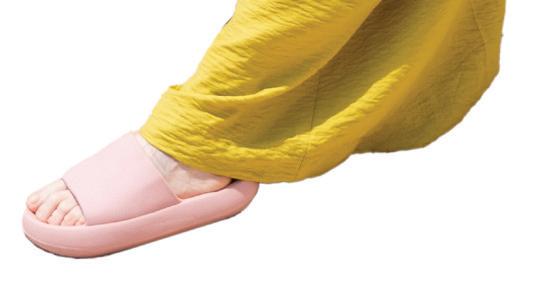





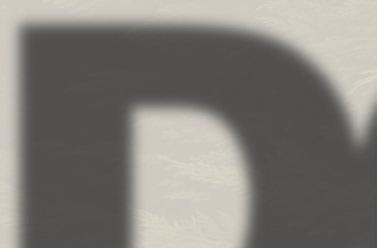
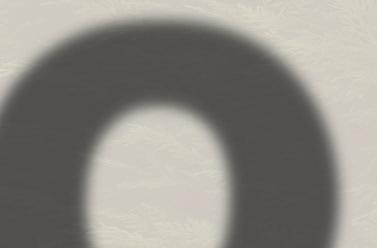

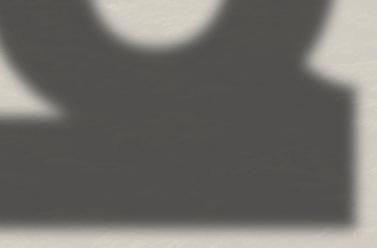
ON LOCATION: Gomorrah – Origins

DQ travels to Naples to watch filming for Gomorra – Le Origini (Gomorrah – Origins), a 1970s-set prequel to the iconic Italian mafia drama. Director Marco D’Amore, writer Maddalena Ravagli, producer Riccardo Tozzi and Sky exec Nils Hartmann take us back to the beginning.
IN FOCUS: Small Prophets
Mackenzie Crook joins producer Gill Isles to talk about this new “gentle” comedy, his decision to move behind the camera and creating the show’s animated stars.

THE DIRECTOR’S CHAIR: Charlotte Regan
The Scrapper director brings her unique visual flair to Mint, a BBC show that drops a love story in the middle of a crime drama.
STAR POWER: Suranne Jones and Jodie Whittaker
ITV heist thriller Frauds marks the first time Jones and Whittaker have starred together on screen. They lift the lid on their partnership as complicated con women Bert and Sam.
THE WRITERS ROOM: John Butler
An Irish wedding in Tenerife is the setting for Butler’s murder mystery These Sacred Vows. He explains how he marries comedy and drama in this six-part series.
ON LOCATION: Midsomer Murders
Stars Neil Dudgeon and Nick Hendrix tease what viewers can expect from the upcoming 25th season of the beloved crime drama.
IN PRODUCTION: Maxton Hall – The World Between Us
Producers Ceylan Yildirim and Markus Brunnemann open up about the show’s success and why it’s more than a love story.
DQ100: Part Three 2025/26
We pick out a range of shows to tune in for and the actors, directors and writers making them, as well as the trends and trailblazers worth catching up with.
SCENE STEALERS: The Ridge
Director Douglas Mackinnon teases a pivotal moment in this six-part psychological thriller.
SIX OF THE BEST: Paula Cuddy
The co-CEO and creative director of Eleventh Hour Films shares her top picks.
DRAMATIC QUESTION: Avoiding prequel pitfalls
DQ editor Michael Pickard on moving forwards by looking backwards.

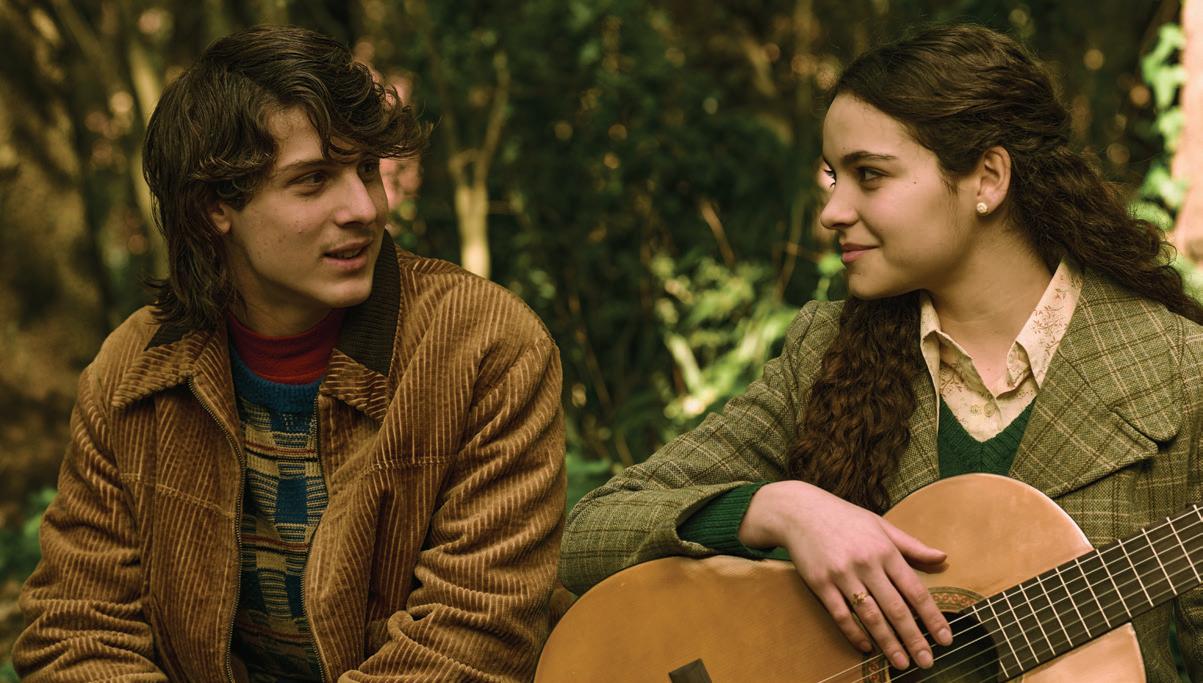



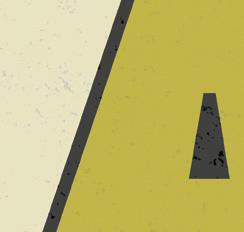

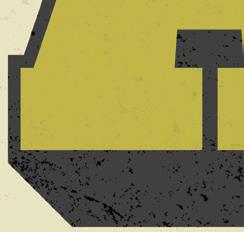
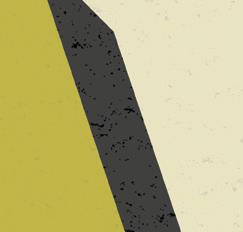
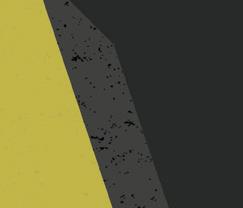



cross five seasons, Italian mafia drama Gomorra – La serie ( Gomorrah ) transported audiences around the world to the port city of Naples, which serves as the backdrop for a story set among the Camorra clans.

Set in the 2010s, it introduces Ciro Di Marzio, a member of the Savastano clan of Secondigliano, which is headed by Pietro Savastano. When Pietro is arrested, a war for power breaks out between the clan’s old guard and new members – the latter headed by Pietro’s son Gennaro. The series then follows Ciro and Gennaro as they navigate alliances and feuds in the Neapolitan underworld.
Created by Roberto Saviano and based on his book of the same name, the Sky series stars Marco D’Amore as Ciro, Fortunato Cerlino as Pietro and Salvatore Esposito as Gennaro. Now, D’Amore is back in the world of Gomorrah , only this time he is behind the camera to tell the story of the young Pietro and his ascent to criminality in 1970s Naples.
The prequel, titled Gomorra – Le Origini ( Gomorrah –Origins ), takes place between 1976 and 1977 and finds Pietro as a tough city kid who grew up in the poorest parts of Naples suburb Secondigliano. He and his friends survive any way they can, riding their mopeds around town and committing petty theft. But he has a big dream: to become like Angelo ‘A
DQ travels to Naples to watch filming for Gomorra – Le Origini (Gomorrah – Origins), a 1970s-set prequel to the iconic Italian mafia drama. Director Marco D’Amore, writer Maddalena Ravagli, producer Riccardo Tozzi and Sky exec Nils Hartmann go back to the beginning.
By Michael Pickard


Sirena, the neighbourhood “king.” When he manages to gain the favour of the young boss, Pietro finds himself caught up in a broader power struggle and ends up wondering whether this dark, violent criminal life is really what he wants or if his love for Imma can save him from such a fate.
The six-part series is produced by Sky Studios and Cattleya. International distribution is handled by Beta Film, which sold the original series into more than 190 territories worldwide.
On the Gomorrah – Origins set in May this year, cast and crew are resetting between takes after taking over a patch of open farmland in Marianella, southeast of central Naples between the Mediterranean Sea and Mount Vesuvius. Beneath a large canopy, sheltering from the lunchtime sun, dozens of supporting artists sit and talk among themselves, each wearing period costume. Sheep and a donkey watch on from the adjacent fields that separate the set from a swathe of sand-coloured houses and apartment buildings.
When the cameras start rolling, Pietro, played by Luca Lubrano, and Imma (Tullia Venezia) appear at the end of a dirt road, their presence announced by the sound of their moped as they ride towards a cluster of buildings and outhouses to be greeted by Pietro’s friends. It’s the first time they have met Imma.






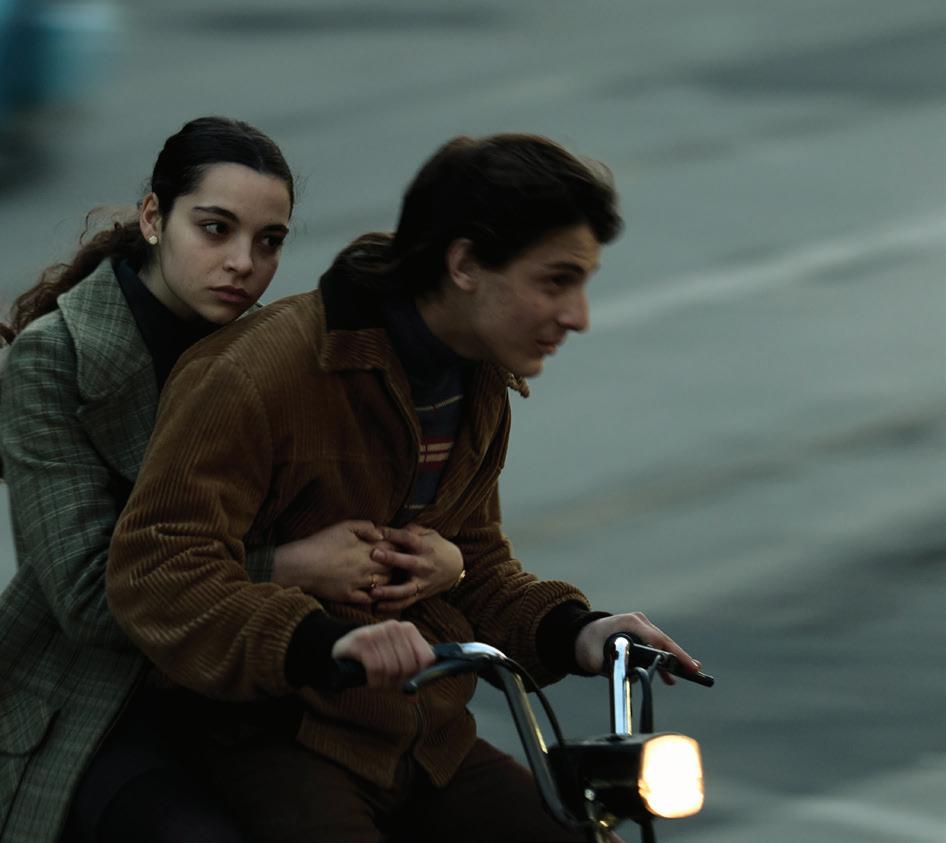

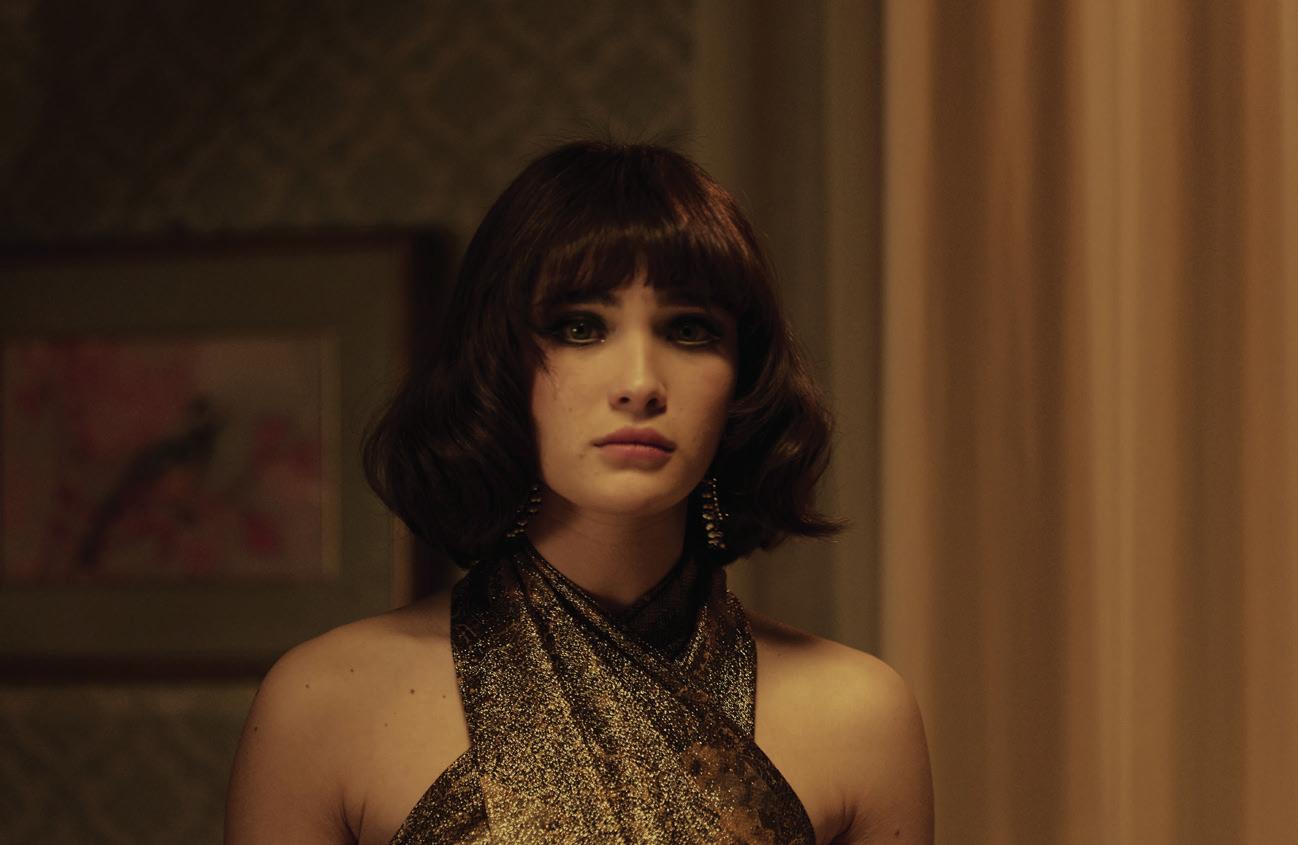
For numerous takes under the direction of Francesco Ghiaccio, Pietro rides the moped back and forth along the dusty track, which is lined with rusted car frames and piles of discarded wood. Rustic and rural, the scene is seemingly a far cry from the original Gomorrah series. Yet that was exactly the idea when Sky Studios Italia executive VP Nils Hartmann began discussions with Cattleya founder Riccardo Tozzi and D’Amore about potentially returning to the world of the Camorra and what that might look like.
“We pondered a lot about the success it had in Italy and all over the world,” Hartmann says. “With Riccardo and Marco, we started talking about the project. We needed the right idea – it’s not a marketing prequel because it is a brand that works, so let’s make another series.
“We decided to do it because it’s a different narrative, and it’s Pietro’s story. When they are young, it’s a different relationship in a different Naples, and that’s what convinced us. So it will have a different flavour, but it will be connected to the characters of the main series. It was important to have the right idea to make this decision. We would never make a sheer marketing project with such an important brand.”
The return of D’Amore was also central to the proposal.

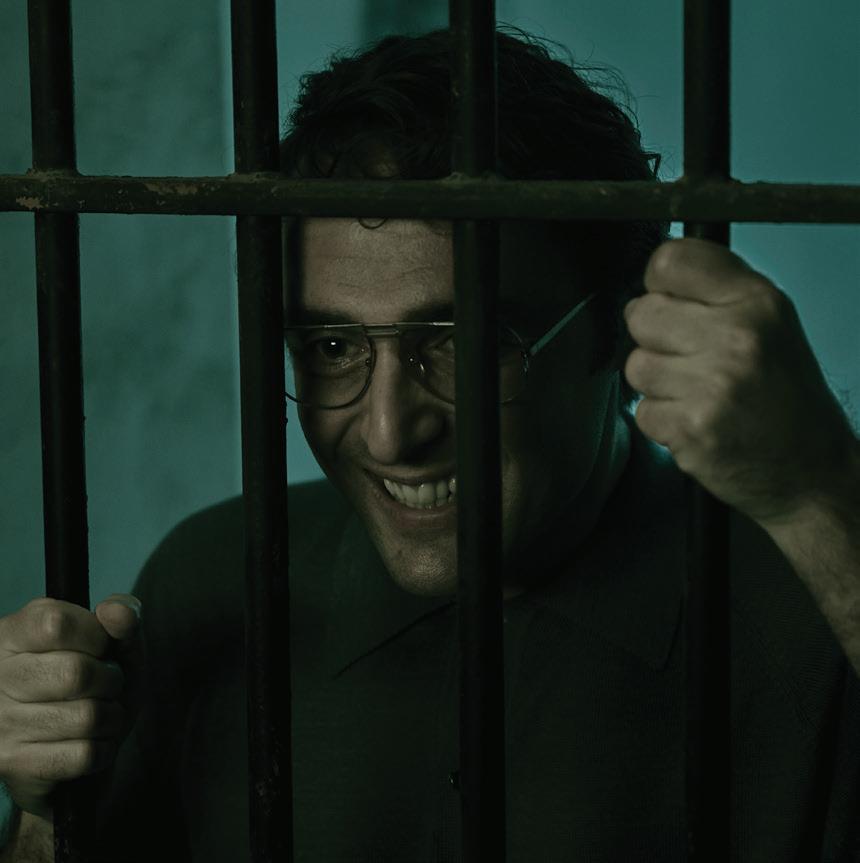
“We needed the right person and Marco was the only one who could do it,” Hartmann adds. The actor and director’s presence at the helm was also very important for producer Tozzi because “he’s part of the Gomorrah world.” Not only did he star in the “revolutionary” original series, but he also directed spin-off feature film L’Immortale ( The Immortal ) and returned behind the camera for episodes in seasons four and five.
“Making L’Immortale , we had the feeling that the world [in Origins ] belonged to him,” Tozzi continues. But the challenge from a production perspective was to recreate the setting of the show, which he describes as a Naples that no longer exists. “The Naples after the 1970s, it’s a different world,” he says. “This required a reinvention of the city. It was more demanding production-wise, for production design and costumes. It was a great effort from all the departments involved.



“It’s a world that’s different from the Gomorrah world as we know it. It’s softer in a way, and it’s kind of nostalgic as well. It’s a world of feelings and tenderness. In the film,





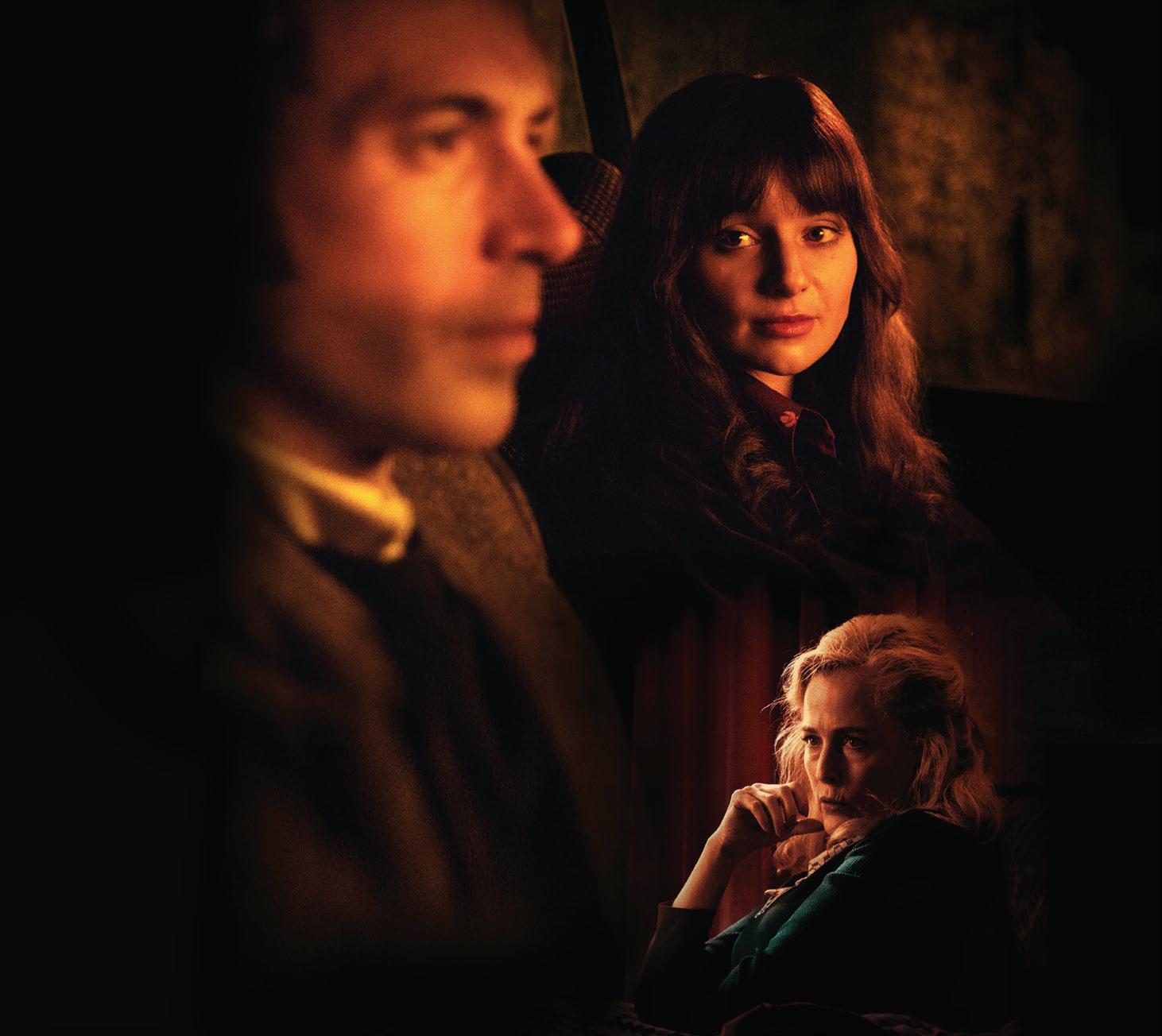





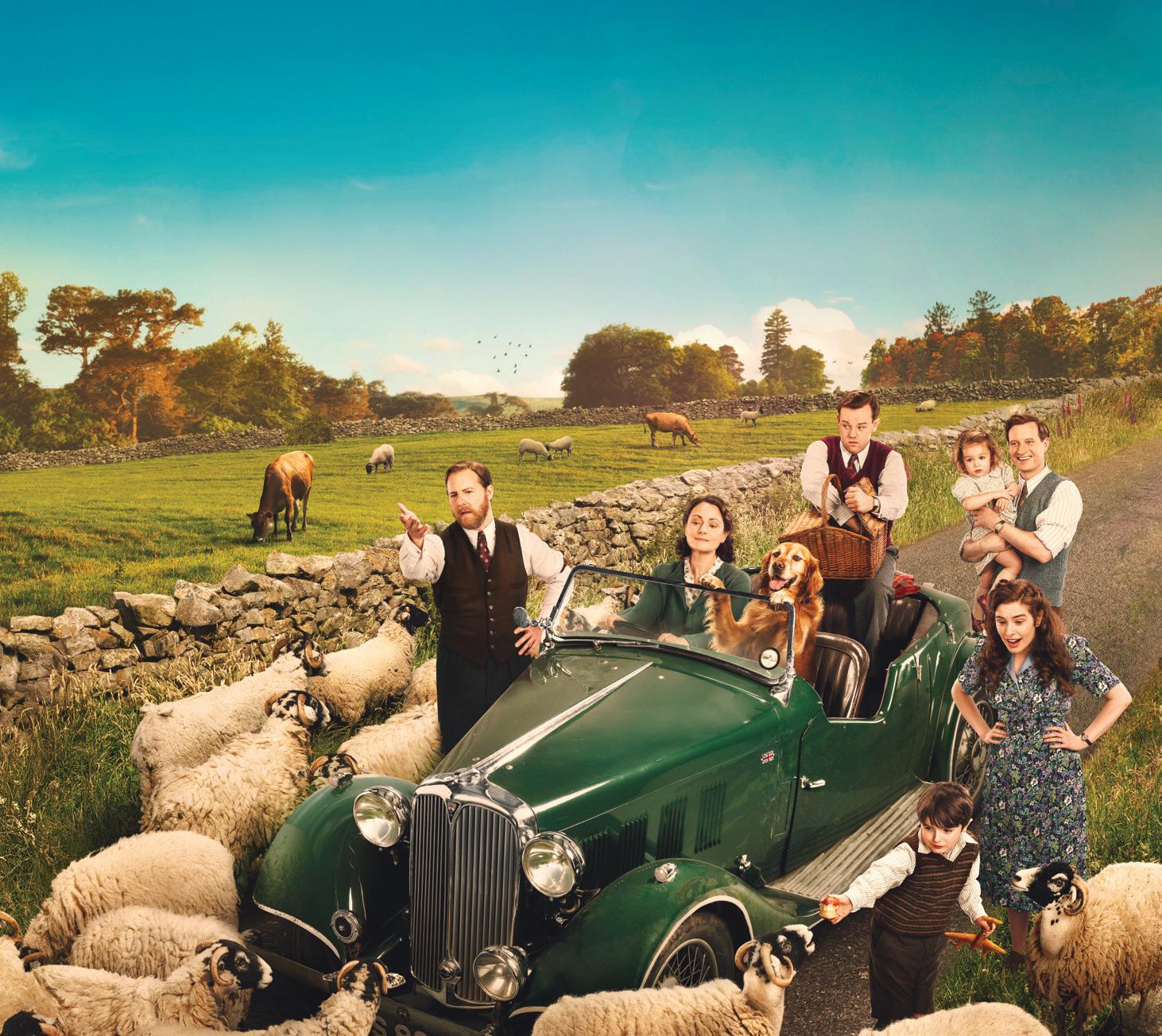
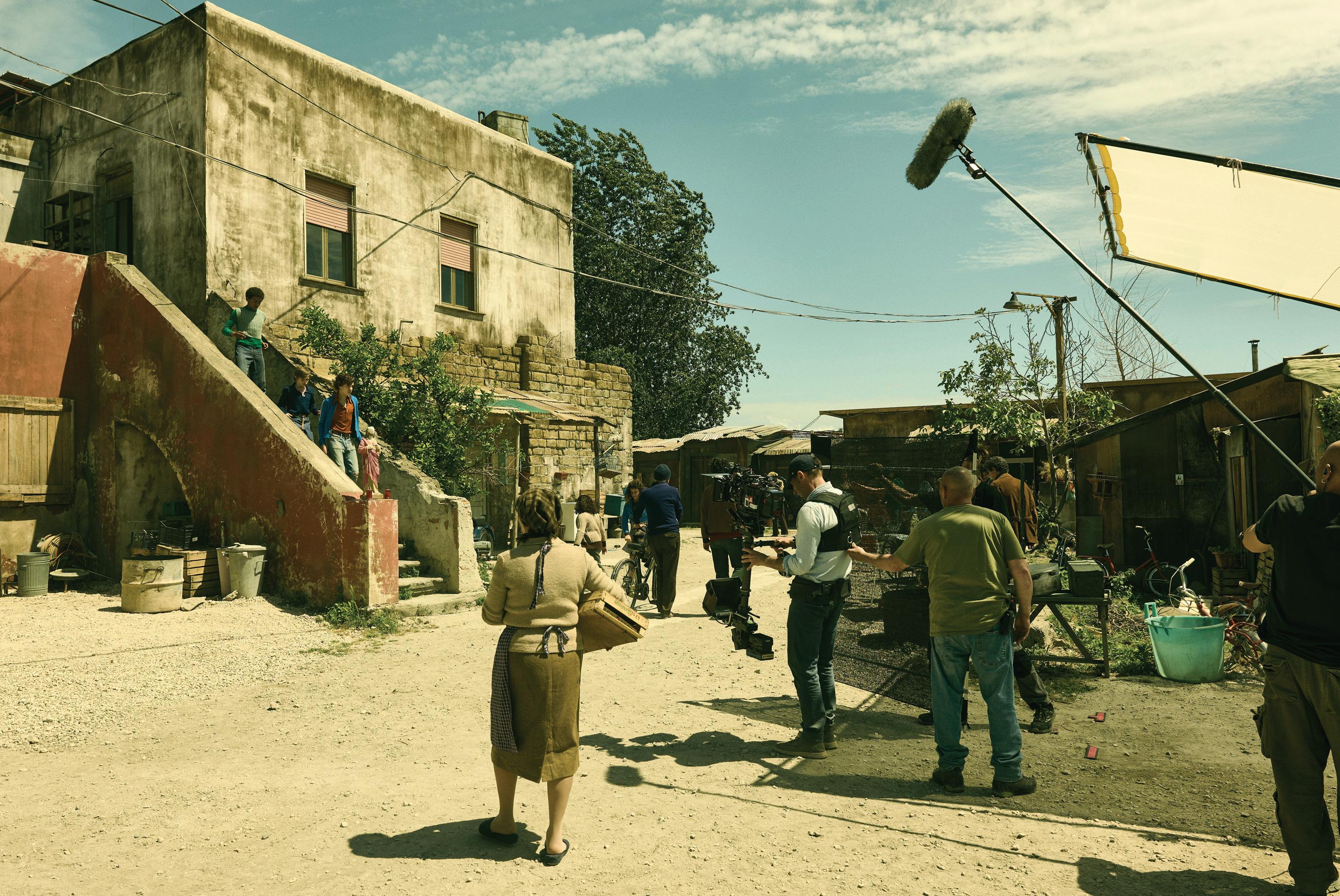
< there’s no laughter, not one single laugh. Everything is very severe, very strict. While in this series, you cry, you laugh, you are moved. There’s a freshness of the young age, the adolescence and the spirit of adventure that you will see with the opening scenes of the series.”

Tozzi even compares Origins to the “flavour” of Once Upon a Time in America . “It’s Marco’s world. It’s his own gaze, his own universe. Gomorrah is something else, a different direction, different universe, and the polemics that surround Gomorrah will fall and disappear, because here we have a very different reality for the characters,” he says.

Rolling back the clock almost 50 years, the idea for the series came “fully complete” from creators Leonardo Fasoli, Maddalena Ravagli and Saviano, who collaborated on the original show. The screenplays were then written by Fasoli, Ravagli and D’Amore.
In order to create Origins , Fasoli and Ravagli returned to the extensive research they had undertaken into the lives of people living in Secondigliano and Scampia and how the Camorra was built on the back of illegal contraband and smuggling.
“We just thought this world was amazing. The people [in Naples] are not worse than in Milan, but this place has the different history. But at the same time, it was mirroring exactly what happened all over Italy. At the end of the 70s, there was a possibility to have a fairer democracy, but we had big problems with terrorism and deep-state manipulation. So this promise of a different democracy didn’t realise itself properly.”


Ravagli and Fasoli kept their research material and considered creating a new series from it while Gomorrah was still in production.


It’s a world that’s di erent from the Gomorrah world as we know it. It’s softer in a way, and it’s kind of nostalgic as well.
Riccardo Tozzi Cattleya

“While they were telling us all the stories, they wanted to make us properly understand that they were not born criminals,” Ravagli says, noting the rise of an illegal welfare state in the years after the Second World War after Italy was released from fascism, when its people were let down by government promises. “They told us the story of this place before, about what was destroyed and the Democratic Party that didn’t properly heal the wounds of the poor people because they wanted votes.



“But it was impossible at the time,” Ravagli notes. Then when it ended with its fifth season in 2021, “we said, ‘Now maybe the time has come.’”

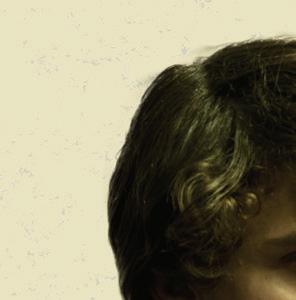
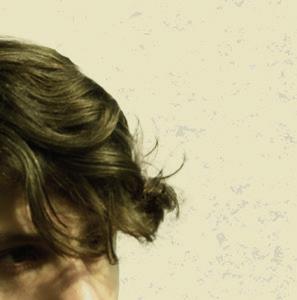




”At the same time, they considered the fact that Pietro Savastano would have been 16 or 17 years old in approximately 1977. “It is exactly the time when he had to choose the man he wanted to be, so matching these two issues, that’s how the storytelling of Gomorrah – Origins happened.”
The clamour for D’Amore to lead this new series was undeniable, and the star himself ultimately could not resist the lure to come back to Gomorrah . He directs the first four episodes and is a co-writer and the artistic supervisor, with Ghiaccio directing the final two episodes. “They pushed me, they physically pushed me. They threw me onboard,” he jokes.
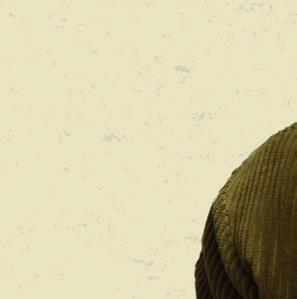


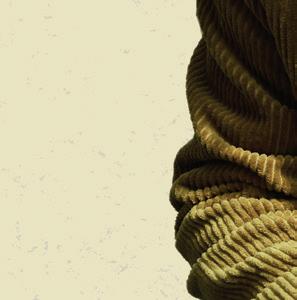
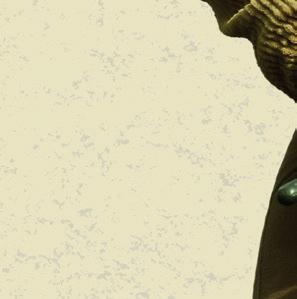
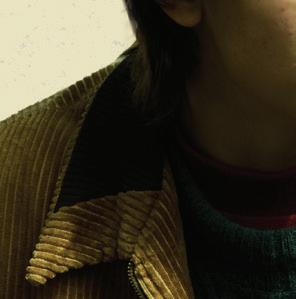
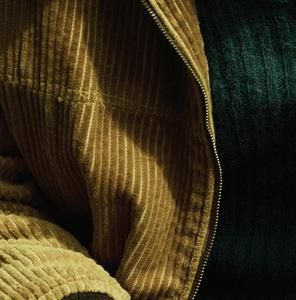
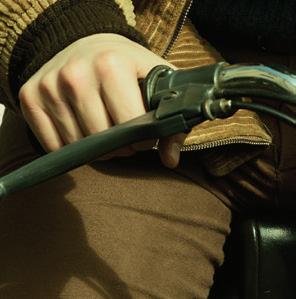
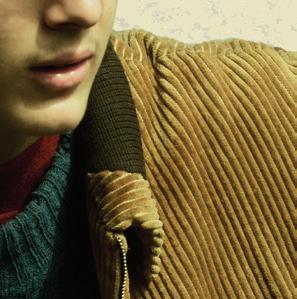
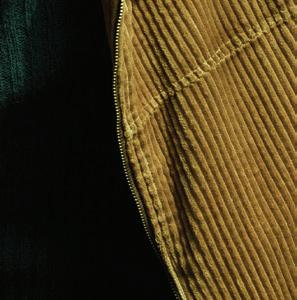






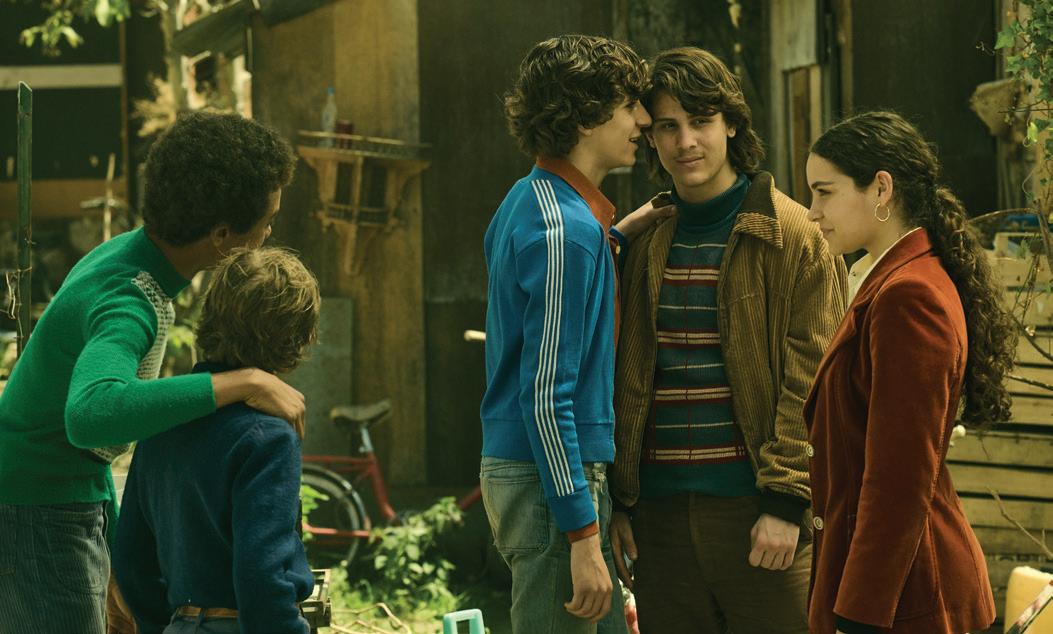


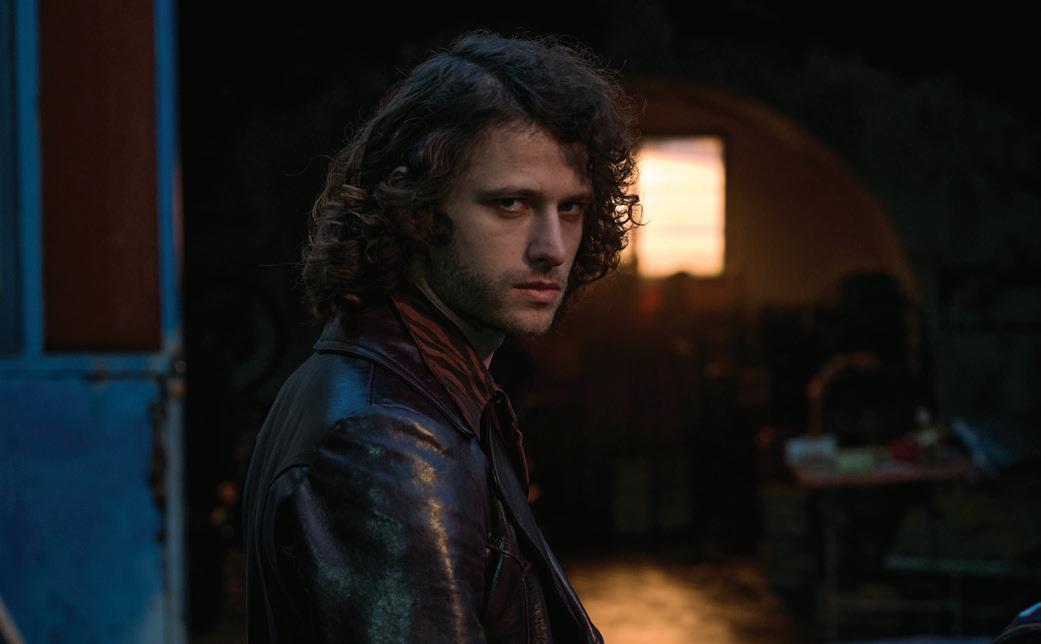
D’Amore admits his respect for the original drama meant he had doubts over signing up. “But since the very beginning, since we started talking, in the writing and in the spirit that people started working on the project, I felt a degree of freedom Gomorrah never had,” he says. “There’s a deep narration of that time, which is not only one of social change but also emotional change. It’s the story of ambitions and dreams that were very different for those human beings.”
He also notes that there’s “no correspondence between Don Pietro grown up and Don Pietro as a kid,” as it’s possible for a young man to not yet resemble the man he will eventually become. “We tell a historical story that is real, about the deep poverty of these characters in their childhood,” he says. “That is the context where we encounter this boy. We capture him in a wonderful stage of life, which is adolescence, when you’re entitled to dream even if you’re poor. That’s what he does. He dreams big.”
Alongside Lubrano and Venezia, the cast includes Francesco Pellegrino as Angelo ‘A Sirena, a reluctant gangster under pressure from a legacy he didn’t choose; Flavio Furno as O Paisano, a convict who is rallying followers for a new kind of Camorra; and Fabiola Balestriere as Annalisa Magliocca and the future Scianel, still a young mother under the fist of her violent husband.
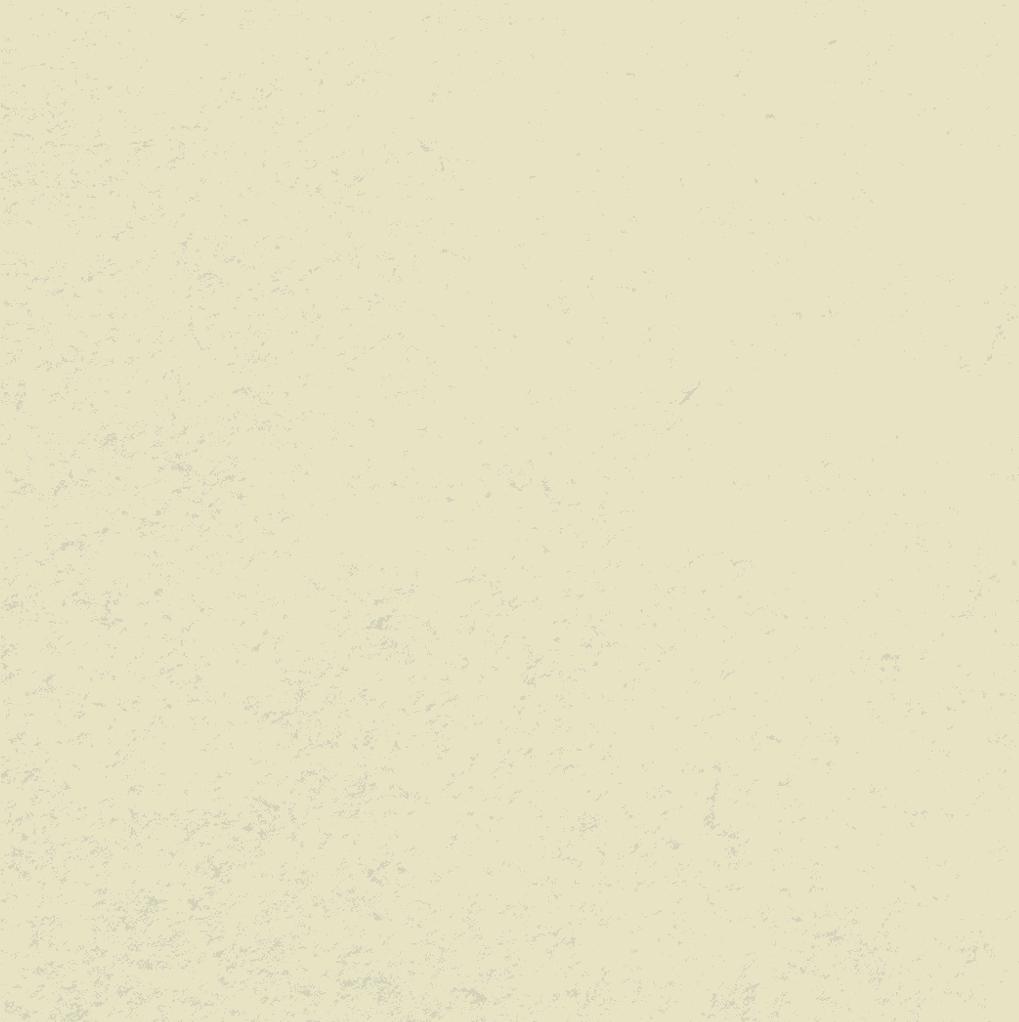
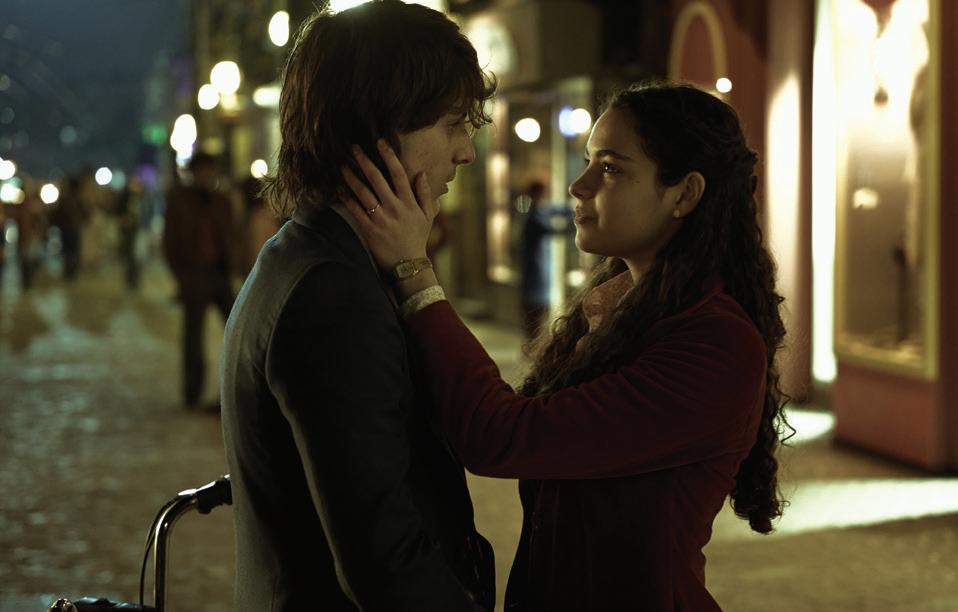

D’Amore says the show’s young cast, most of whom are newcomers, “are even better than we were” in Gomorrah S1, which was first released in 2014. In particular, he proclaims that Lubrano, at just 16, “is one of the great Italian actors.”

To build the cast, which also includes thousands of supporting artists used across the series, “we searched for six or seven months,” Tozzi says. “We involved all the schools, from the biggest to the smallest in Naples. We travelled to meet them all. We did a lot of street casting and we met actors who had limited or no previous experience.”
Though turning down so many auditionees was “painful,” “we found a new generation of actors,” the producer says. “Only this city is able to deliver [actors] constantly. Only this city can do it. There’s no comparison with any other place on Earth. We said this since the very first season of Gomorrah From the very first season, we were flabbergasted by the talent of young actors.”
Ravagli originally pitched Gomorrah – Origins across four seasons, which will ultimately link Pietro to his namesake in the original series. Development has already started on scripts for a second season. “We have organised in our minds the principal steps of the characters, and then deciding those principal steps, we let Pietro and the other characters run free in that environment,” she says.
But writing a prequel is a “different kind of work,” she notes, “and a little bit heartbreaking. Every day you write, and you always have in mind who he’s going to become. It’s like in a biopic, you tell the story, and you dig into a character that you know is dead or did something really bad. You live in a moment when, really, every choice is potentially open, but you know in a corner of your brain what choice he made, and how it ended up. It was, in some ways, heartbreaking because I think every human being deserves respect.
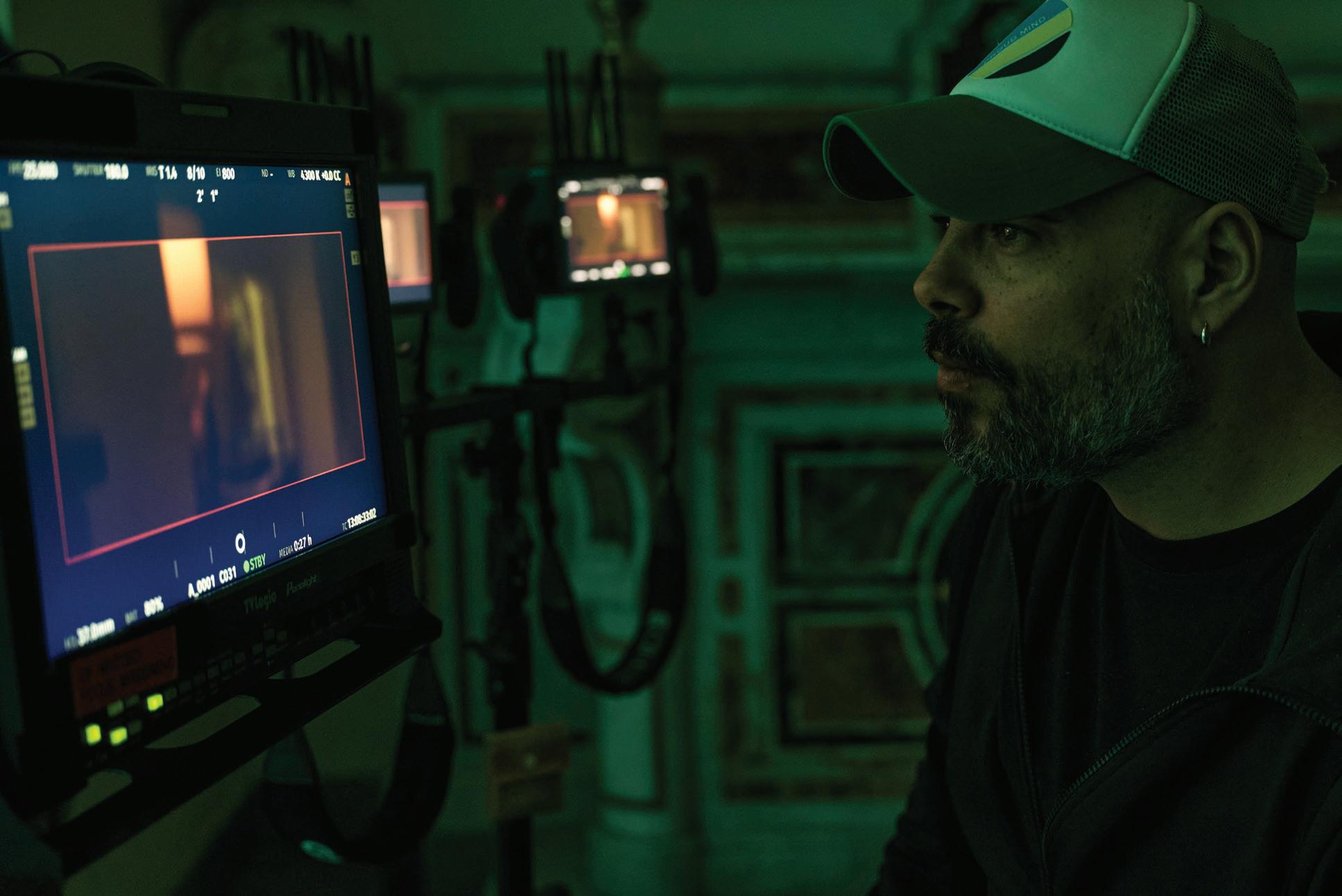
Being free is a risk. But it’s also the most exciting challenge you can o er an author, a screenwriter, a director, a production designer or a costume designer.
Marco D’Amore Director “ ”

I can’t just say he’s bad.”
Ahead of the show’s launch on Sky in January 2026, “none of you can imagine what Gomorrah – Origins will be, especially in the wake of Gomorra – La serie s,”
D’Amore says. “This deep act of courage that Sky Studios and Cattleya started was a big challenge to pick up. We could have somehow lingered on the success [of the original]. But we went to the other side from the point of view of the grammar and the fantasy and creativity, on which everyone collaborated.”
D’Amore acknowledges the freedom he was given to make Gomorrah – Origins was a “big risk,” because “being free is a risk.” He adds: “But it’s also the most exciting challenge you can offer an author, a screenwriter, a director, a production designer or a costume designer. Looking at each other, we said we have to tell our Gomorrah – Origins , our new 70s, our new characters. We don’t know if we succeeded. We will discover it in the near future.” DQ
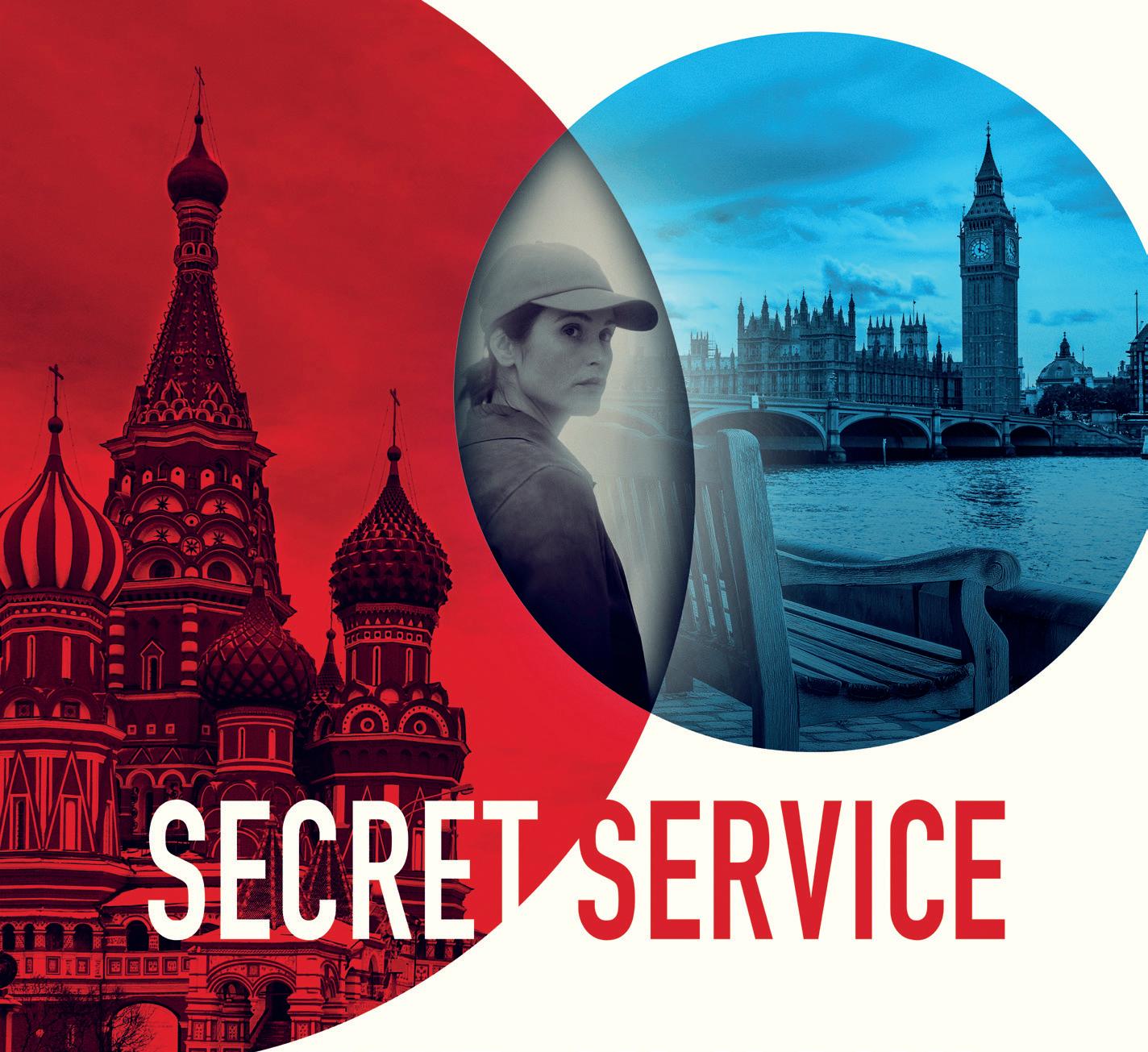
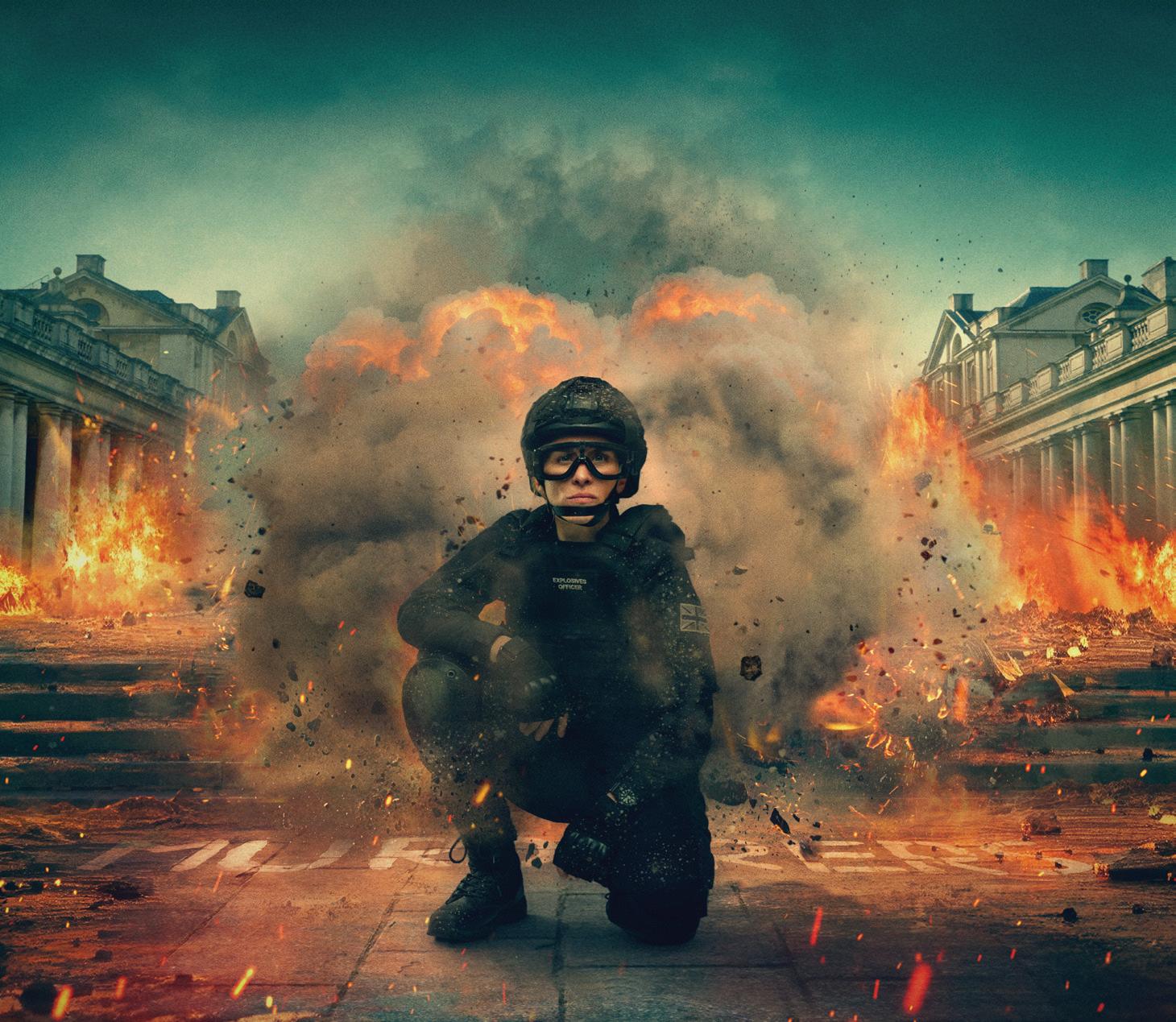

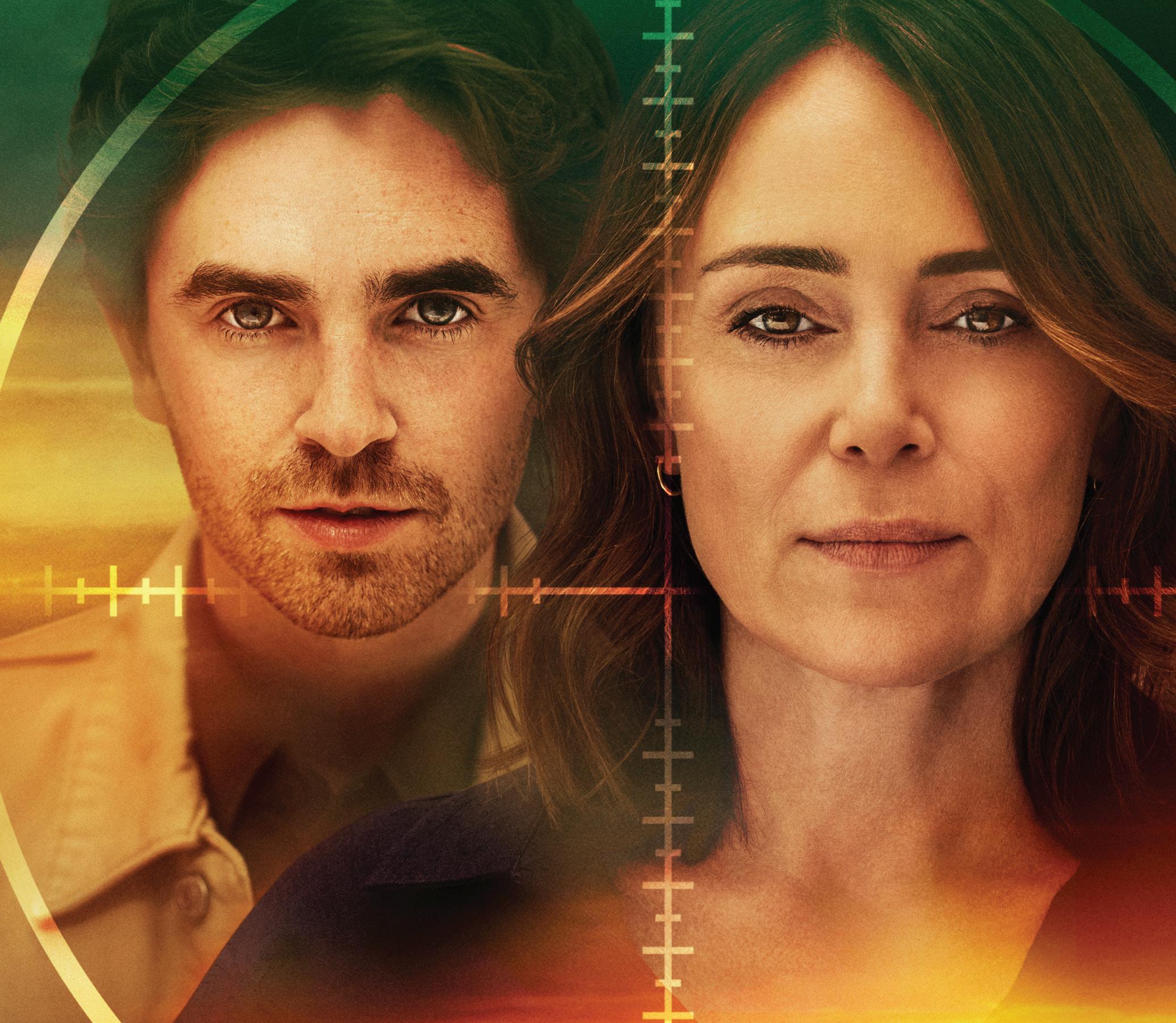


Deep in the post-production process, Mackenzie Crook is watching his new series come to life – with the help of some animated magical sprites.
Crook is best known on screen as Gareth Keenan from The Office, or for his various turns as Ragetti in the blockbuster Pirates of the Caribbean franchise. But over the past decade, he has established himself as a writer and director thanks to original series such as Detectorists and a reimagining of children’s fantasy show Worzel Gummidge
It’s a dual role the star now reprises on his latest project, Small Prophets, a six-part comedy commissioned by the BBC that reunites Crook with his Detectorists co-star Pearce Quigley.
Quigley plays eccentric Michael Sleep who, since his darling Clea disappeared seven years earlier, has lived a very ordinary life. He eats Shreddies, works in a DIY store, visits dad Brian (Michael Palin) and hopes for Clea to return.
Then one day, Brian shares an old recipe involving rainwater, horse manure and more than a little alchemy. With recipe in hand, Michael sets out (albeit with some scepticism) to create Homunculi – magical beings that can predict the future – in the hope they have the answer to his burning question, ‘Will I ever see Clea again?’ Michael gets help from his unlikely friendship with young workmate Kacey (Lauren Patel), though their pairing only adds to the intrigue of his nosy neighbours (Sophie Willan and Jon Pointing), who are obsessed with trying to find out what the hell is going on in Michael’s garden shed.
BBC series Small Prophets is Mackenzie Crook’s spiritual successor to the acclaimed Detectorists. He joins producer Gill Isles to tell DQ about this new “gentle” comedy, his decision to move behind the camera and creating the show’s animated stars.





be honest, I couldn’t be happier,” he says. “I’m really excited about it
When DQ speaks to Crook – sitting in his own garden shed that doubles as his office – and producer Gill Isles, they are about halfway through editing on the series, which is produced by Treasure Trove Productions and Blue House Productions. Sphere Abacus is the international distributor. “To be honest, I couldn’t be happier,” he says. “I’m really excited about it and really excited about people seeing it. It’s a strange one, but I think it’s really funny.”


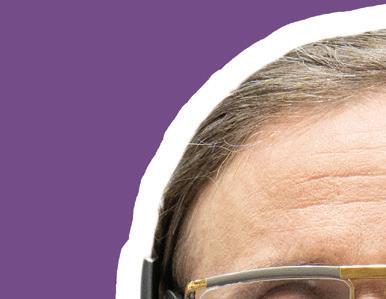
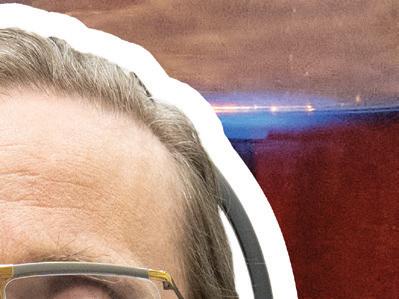
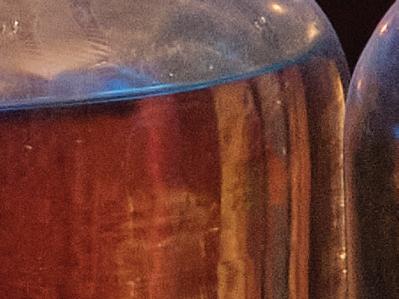






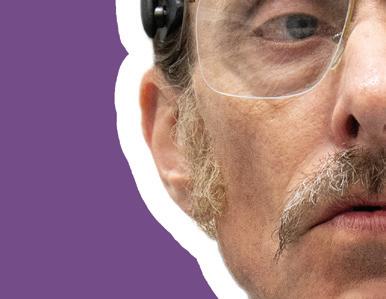
played

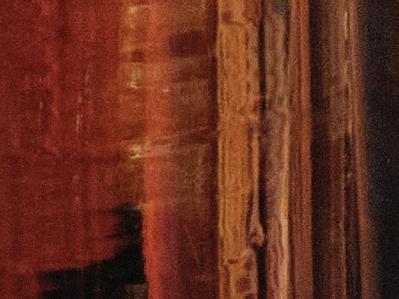





As a comedy, Crook describes Small Prophets as a spiritual successor to the BAFTA-winning Detectorists, his beloved series about two friends and members of the Danebury Metal Detecting Club. “It’s the same sort of tone as Detectorists in that it’s not a rollercoaster ride of hilarity, but it’s gentle and it’s charming, and it’s got this supernatural element,” he explains. “It’s about this lonely man played by Pearce. His partner went missing nearly seven years ago. He didn’t know where she went. But then he comes upon this recipe to grow these magical prophesying spirits in jars in his shed, and they can answer any questions. So that’s what he does. It’s set in this very ordinary suburban world, but there are magical things going on down in the shed.”

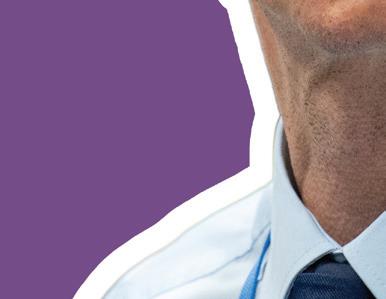

Homunculi, created from the star’s own sketches by stop-motion
Standing behind him in his office are prototypes of three Homunculi, created from the star’s own sketches by stop-motion animation studio Mackinnon & Saunders. His friends Ainslie Henderson and Will Anderson then took over the animation process and are recording approximately eight seconds of footage a day at their studio in Northumberland.





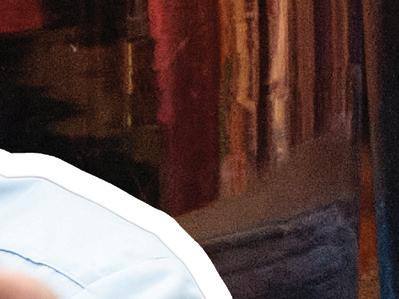
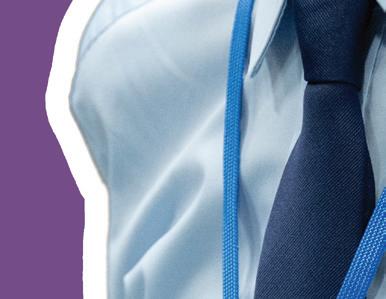


“It’s all stop-motion, so it’s very painstaking,” Crook says of the animation technique also used to bring Nick Park’s Wallace & Gromit to life. It’s also his first time working with animation. “As we’re
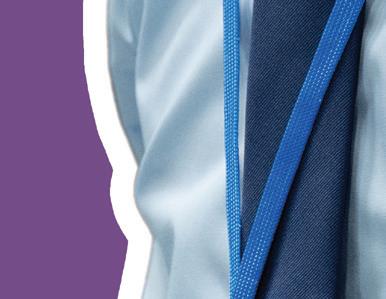
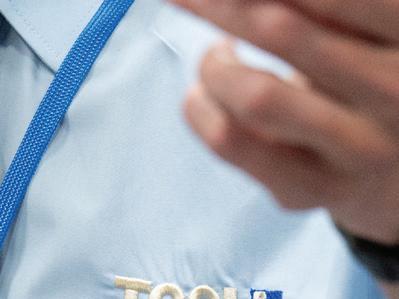




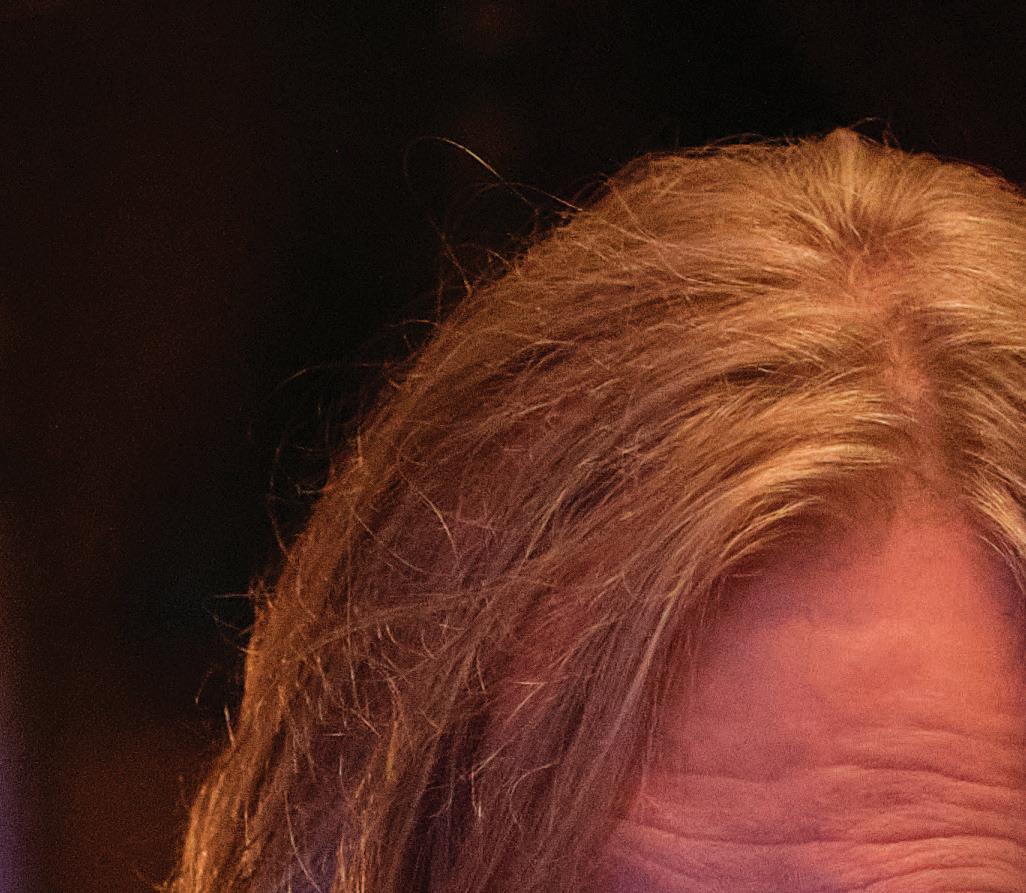
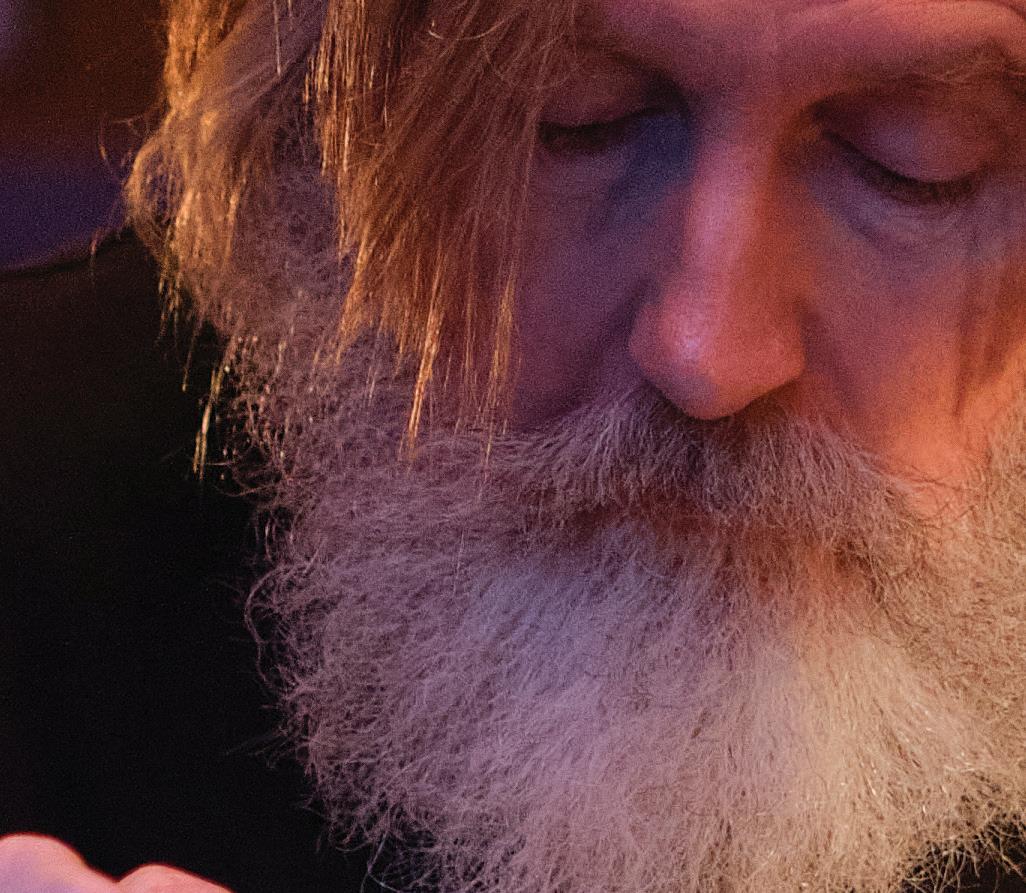
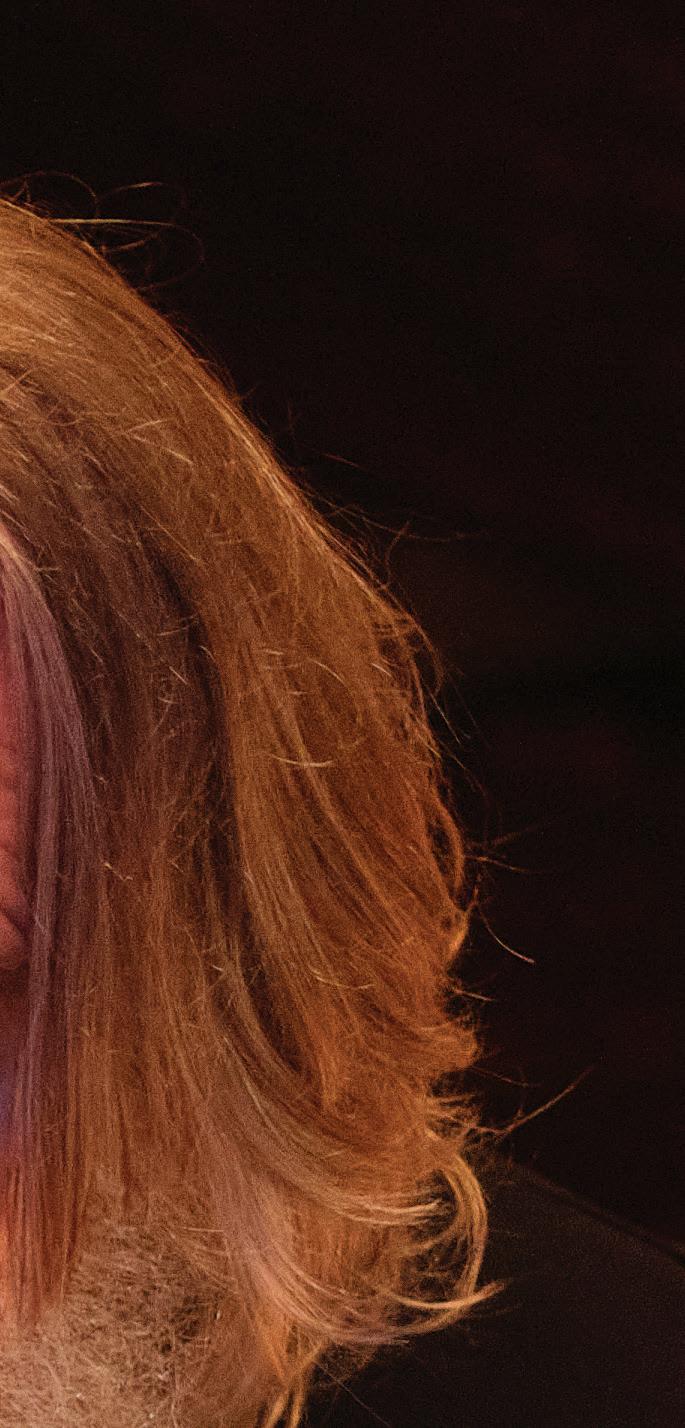


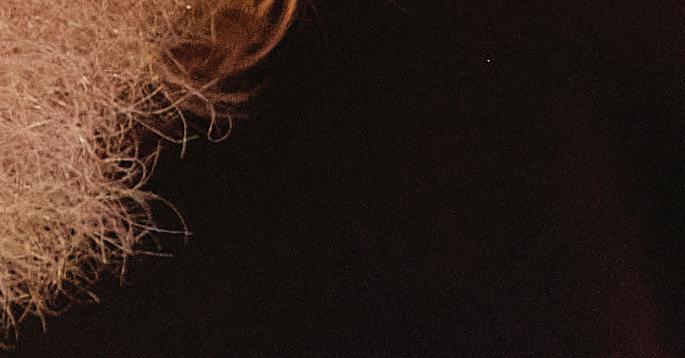
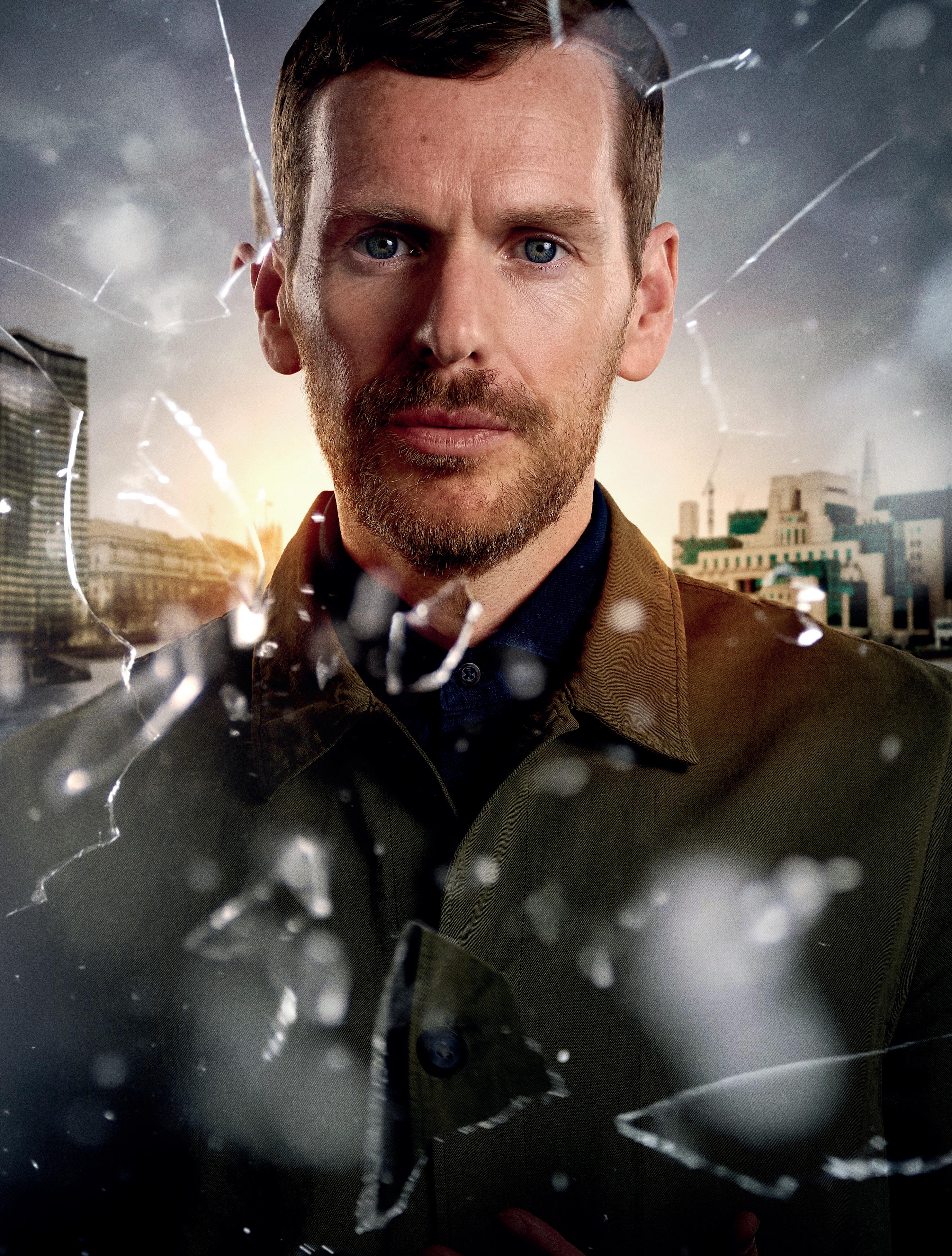

editing, we’re getting these bits of animation which you’re able to slot in, and it’s looking incredible.”
“We’re editing remotely, so I’m at home, as is Mackenzie, as is the editor,” says Isles, who also previously worked with Crook on Detectorists “The exciting bits are when the animation plops into our Dropbox. It’s a new aspect of production that I’ve never been involved in but it’s completely fascinating. Seeing everything come to life adds a real extra dimension to the show.”
In the series, the spirits only appear in Michael’s shed. When it came to filming in Manchester, the shed was built in a studio where the environment could be controlled more easily than a real shed. All the shed scenes were then completed first, giving the animation artists as much time as possible to insert the Homunculi into the shot footage.
“We were working very closely together [with Henderson and Anderson] in that first week, getting all the shots they knew they’d need, and more,” Crook says. “It was quite a painstaking thing.”
“Beginning with the animated element was a really good way to start because it’s such an
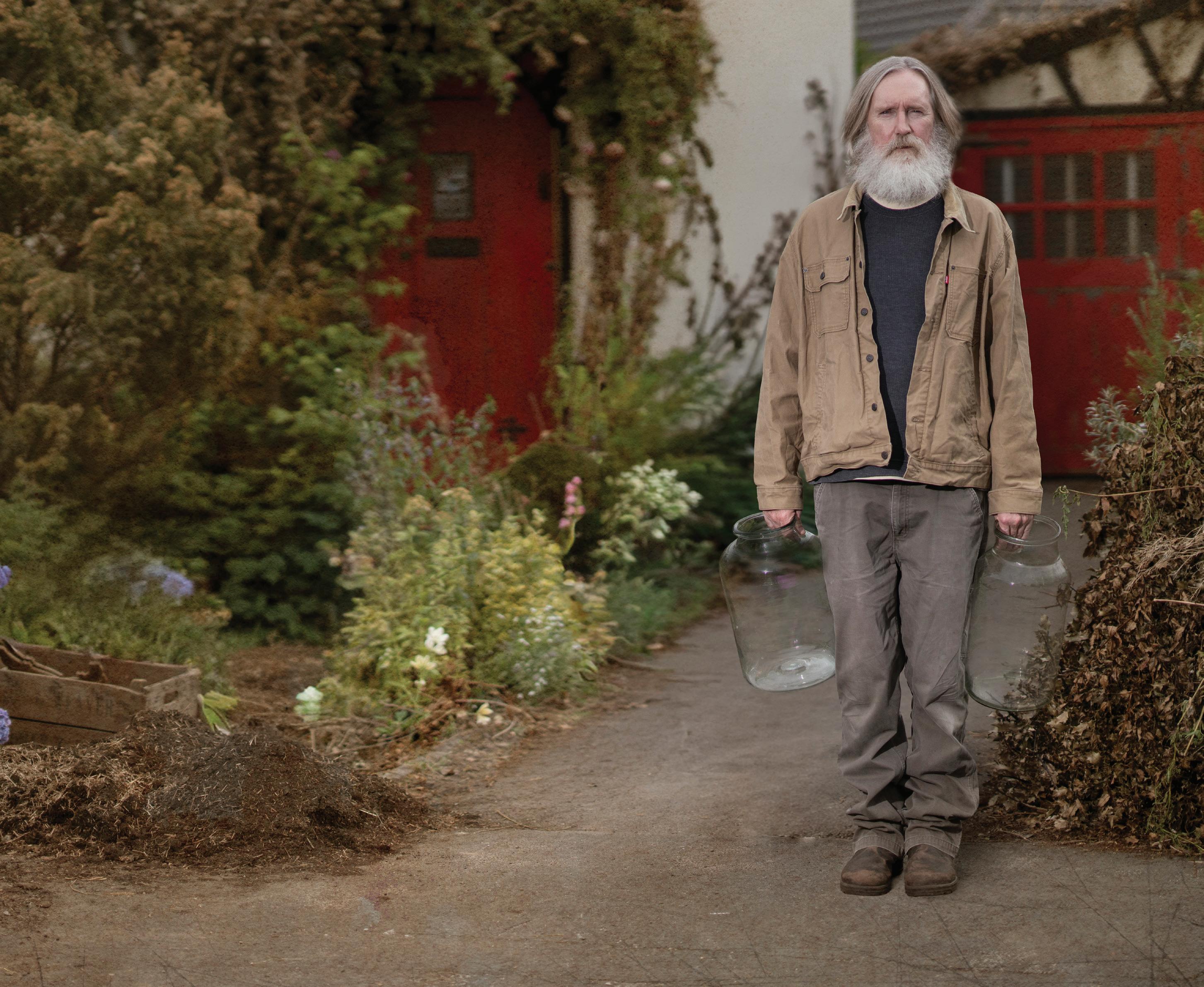
“Mackenzie Crook Writer, director and actor ”


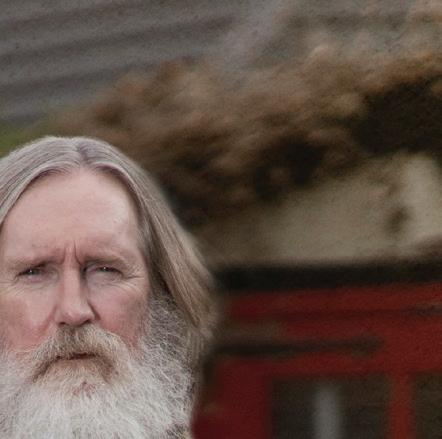

Quigley played club member Russell alongside Crook’s Andy and Toby Jones as Lance.









“I suppose I first wrote scripts about three years ago. It did take a while to get up and running,” Crook says. “It’s more expensive, perhaps because of the animation side of things, so we had to find some investment.” But after the success of Detectorists Worzel Gummidge on the BBC, Crook had the broadcaster’s backing to run with his ideas.




Crook’s Andy and Toby Jones as Lance. about running,” Crook says. “It’s more expensive, and a




“I realise I’m in a very fortunate position there. Detectorists on paper didn’t sound like it would set the world alight, so I’ve got this really nice, trusting relationship with the BBC. I suppose it was just 10 years in percolating and figuring out what exactly this was.”

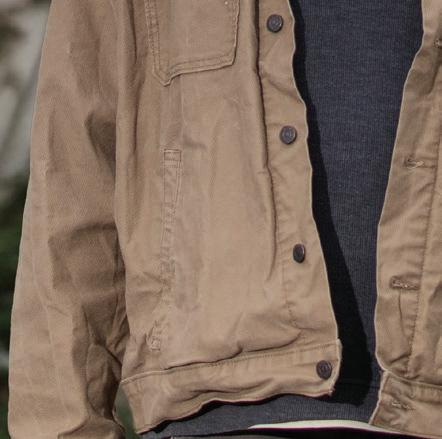
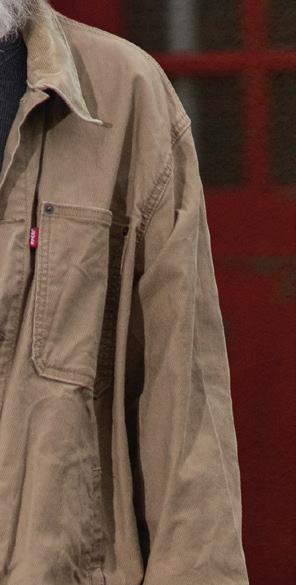
integral part of the whole show. Having Pearce and Lauren acting with the cast of smaller characters was really good,” Isles continues. “We had the paint tests [models] on set so Pearce and Lauren knew what they were acting against. But we made sure we put plenty of time aside, because that was a whole new world to us. But it was a good way of everybody getting to know each other and working with Will and Ainslie so they were part of the process, right from the beginning.”
The idea behind Small Prophets dates back more than a decade, to when Crook found a story in a 19th century book about alchemy called The Life of Paracelsus, which included a recipe for growing Homunculi.
“It fascinated me, but I didn’t know how to use it, this germ of an idea,” he says. More recently, the series started to take shape with Quigley in the lead role, as Crook was keen to work with the actor again after their partnership on Detectorists. In that show,

The cruel comedy, that awkwardness that was in The O ce, I am a fan of that. I can cope with that. But perhaps that’s not my style, and I’m more comfortable doing this, whatever this genre is.



got this really nice, trusting relationship years in percolating and figuring out what














The Change
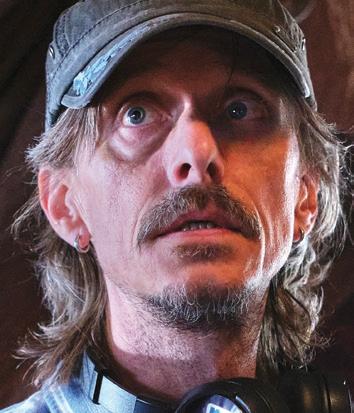






Worzel , and has since directed all six episodes of the second season of

Around the same time he began plotting Small Prophets, Crook also took a turn in his own career as he started to spend more time behind the camera than in front of it. After writing and directing episodes of Sky historical drama Britannia, Detectorists arrived in 2014 and ran for three seasons and a pair of Christmas specials. He wrote and directed every episode, before doing the same on Gummidge, and has since directed all six episodes of the second season of Bridget Christie’s Channel 4 comedy


“And I love it. I love the writing process. I love the editing,” he says. “The actual filming, I get very anxious about. There are so many moving parts, so many people, so many things that could go wrong. Once that’s done, then I can relax into this stage, which is probably my favourite part, putting the pieces of the jigsaw puzzle together, honing it, tightening it and making it as good as it can be.






“I play a small part in Small Prophets, Michael’s boss at the DIY store, and I was in quite a bad mood when I was doing those bits. I enjoy directing and writing now probably more than I do the acting. Although I have to say, I’m quite pleased with my character. He has turned out to be quite amusing.”
He writes all the scripts in his garden shed, and likes to have each one “properly finished and honed” even before he starts pre-production. “There is a little bit of fiddling to do when we’re in pre-production, but the writing is all done, and then I can swap roles into being a director. That’s the way I like to do it,” he says.
Though Small Prophets might share a similar style and comedic tone with Detectorists, the look of the show is quite different, with Crook noting that the series marks the first time he’s made a show not in a rural setting. “I work very closely and lean quite heavily on my DOP,” he says. “Nick Brown shot the last special of Detectorists and
he’s got a brilliant eye. He sets up the shots for me. I do have an idea of what I want, but it’s not a rigid thing. I find that I can trust him to find the beautiful visuals.”
Isles was in the edit for Detectorists when Crook first broached the idea of Small Prophets around five years ago, when he had only written a page treatment and a small amount of script.
“That’s when it all started coming together,” Crook says. “Five years previous to that, it was just percolating, wondering what it was. Pearce Quigley had a role in Detectorists, and maybe earlier on I thought it was a spin-off following Russell. But then we quickly realised that, no, it was something separate. But I wanted Pearce to be the lead in it. He’s a funny man. He’s underappreciated. He plays lots of smaller roles and sidekick characters, but I wanted to see him front and centre in this one.”
Appearing in about 90% of Small Prophets’ scenes, Quigley took the responsibility of leading the show incredibly seriously. “From the beginning of the year, he approached this like an athlete,” Crook says. “He gave up drinking, gave up smoking and started exercising just because he wanted to be ready and fit and healthy. He’s absolutely mesmerising and hilarious. I can’t wait for people to see it.”
“He’s incredible in this, just mesmerising as an actor,” Isles says of Quigley, with whom she also worked on Peter Kay comedy Car Share. “He’s brilliant, such a leading man. It’s just a no-brainer that he should be Michael.”
It was the animation side of making Small Prophets that particularly appealed to the producer, whose other credits include Alma’s Not Normal and Man Like Mobeen. “Working with Mackenzie is just an absolute joy, so I feel quite privileged to even be a part of it. Even reading the first script, it’s all there,” she says. “The best thing about working with Mackenzie is that the ideas are unlike anything else. It’s never really challenging to bring that to life. It’s just always a really big collaboration, which from a producer point of view is the perfect thing.”
The best thing about working with Mackenzie is that the ideas are unlike anything else. It’s never really challenging to bring that to life.
Gill Isles Producer ”
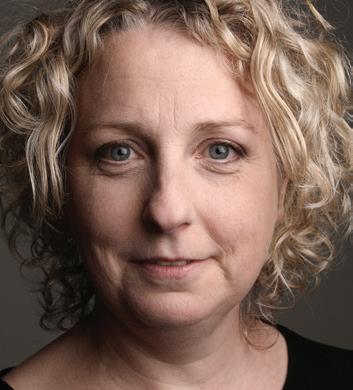
Blending magic and fantasy in a comedy might have made Small Prophets a bit of a risky proposition, particularly at a time in the television industry when money is tight and broadcasters are steering away from bigger bets in favour of sure-fire hits often based on existing properties.
Detectorists might have been considered the same, “but it was low stakes. It was not greatly expensive. It was hidden away on BBC Four, so they were happy to just trust me and let me do what I wanted,” Crook says. “That really helped with this. They’re happy to trust me, let me make it what I think it should be. It’s a bit more high stakes. It’s a bit more expensive. But in general, there are algorithms that people are paying too much attention to, and people don’t want to take risks. I’m grateful they have taken a risk on this one.”
More than 10 years after its debut, Detectorists is still finding new audiences on BBC iPlayer in the UK, while it also has built a substantial following overseas. “People have taken it to their hearts. I get people having really quite emotional reactions to it,” Crook says. “A lot of people found it during Covid, and it was a real comfort. A lot of the time, people say that to me – that it’s been such a comfort. It was always the idea to do something uncynical, and this show has got that same lack of cynicism in it as well. You’re going to love the characters. It’s got a warmth to it. Hopefully it’ll appeal to the same audience as Detectorists and a broader audience as well.”
Detectorists and Small Prophets also speak to Crook’s tastes as a filmmaker, having made his name in Ricky Gervais and Stephen Merchant’s mockumentary The Office before starring beneath extensive make-up in both Pirates of the Caribbean and Britannia. He also had a six-episode run in
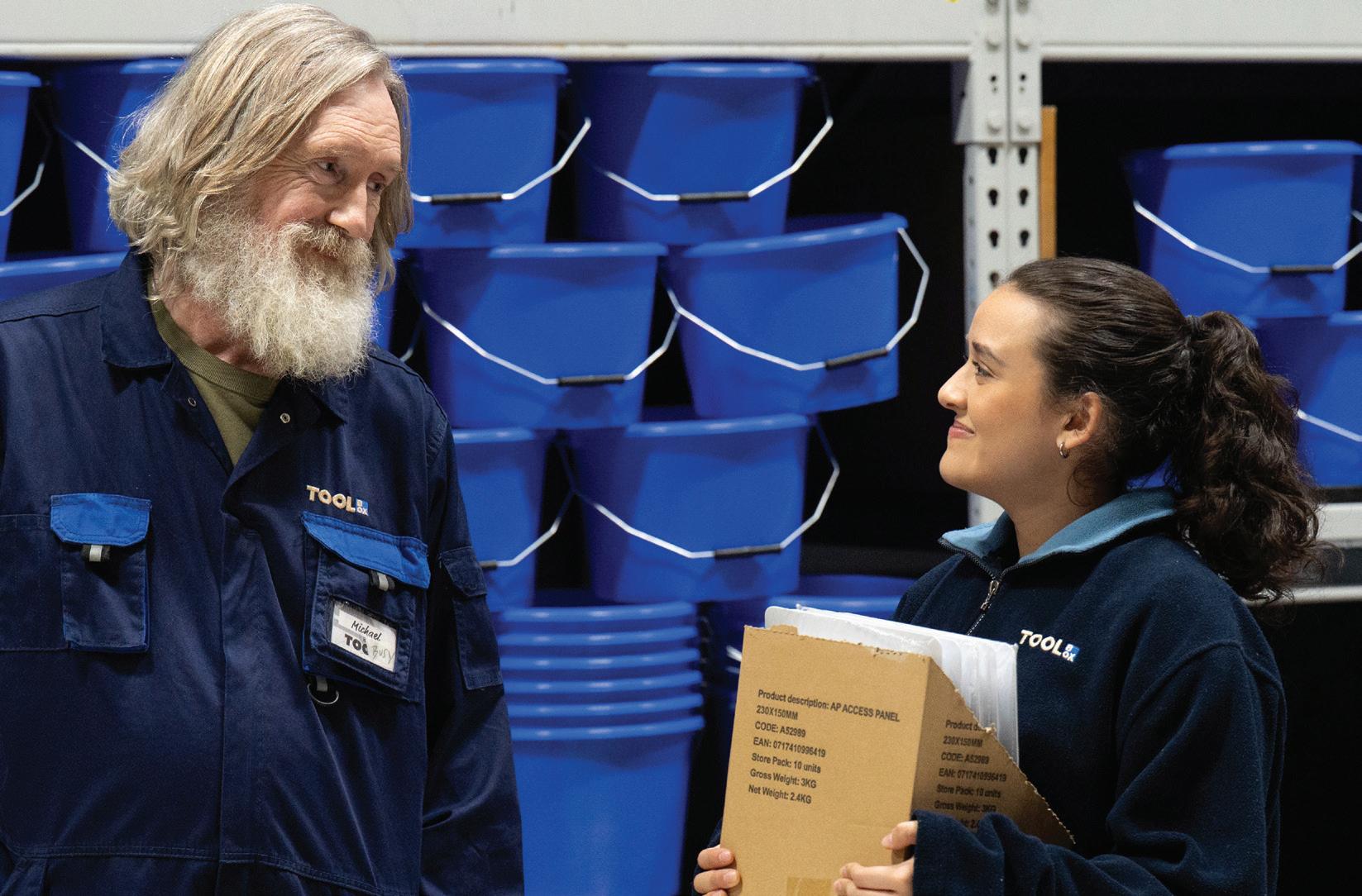
Game of Thrones. Growing up, he “absolutely adored” sitcoms such as The Good Life and Ever Decreasing Circles, which were equally comforting and uncynical. “People talked about
Detectorists being ‘gentle comedy,’ which I didn’t like at first, but I’ve made my peace with that. For me, ‘gentle’ sounded like ‘unfunny.’
But there’s something whimsical about it. The cruel comedy, that awkwardness that was in The Office, I am a fan of that. I can cope with that. But perhaps that’s not my style, and I’m more comfortable doing this, whatever this genre is.”
The music in Small Prophets will further accentuate that tone. Crook linked up with Californian composer Amelia Baker, a multiinstrumentalist and songwriter who performs under the name Cinder Well, to create the soundtrack for the series. A fan of hers for a number of years, he reached out to her about the project and describes their partnership as “a dream come true.” In particular, he hopes the folk artist’s contribution will elevate the poignant moments and storylines in Small Prophets. “Michael has been lost since his partner went missing, so there’s all that poignancy and heartache in it,” he says. “Amelia’s music will bring that out. But I shouldn’t keep going on about how sad it is. First and foremost, it’s a comedy.”
With the final episode of Small Prophets concluding with ‘To be continued,’ Crook has set the series up for a return after its debut in early 2026 on BBC Two and BBC iPlayer, teasing that “there’s still a quest to go on.” He adds: “I would love at least another series, if not two. The threeseries model works for me. I’ve already mapped out where a second series could go and ideas even about a third one.”
Until then, he hopes the stop-motion animation in Small Prophets brings an element of surprise to the show, at a time when audiences have become used to watching CGI on screen. “CGI is so ubiquitous these days that you don’t even notice it. You’re not surprised by it,” he says. “But with the very specific way these creatures move, that Ray Harryhausen look, I think people are going to be mesmerised by them.” DQ
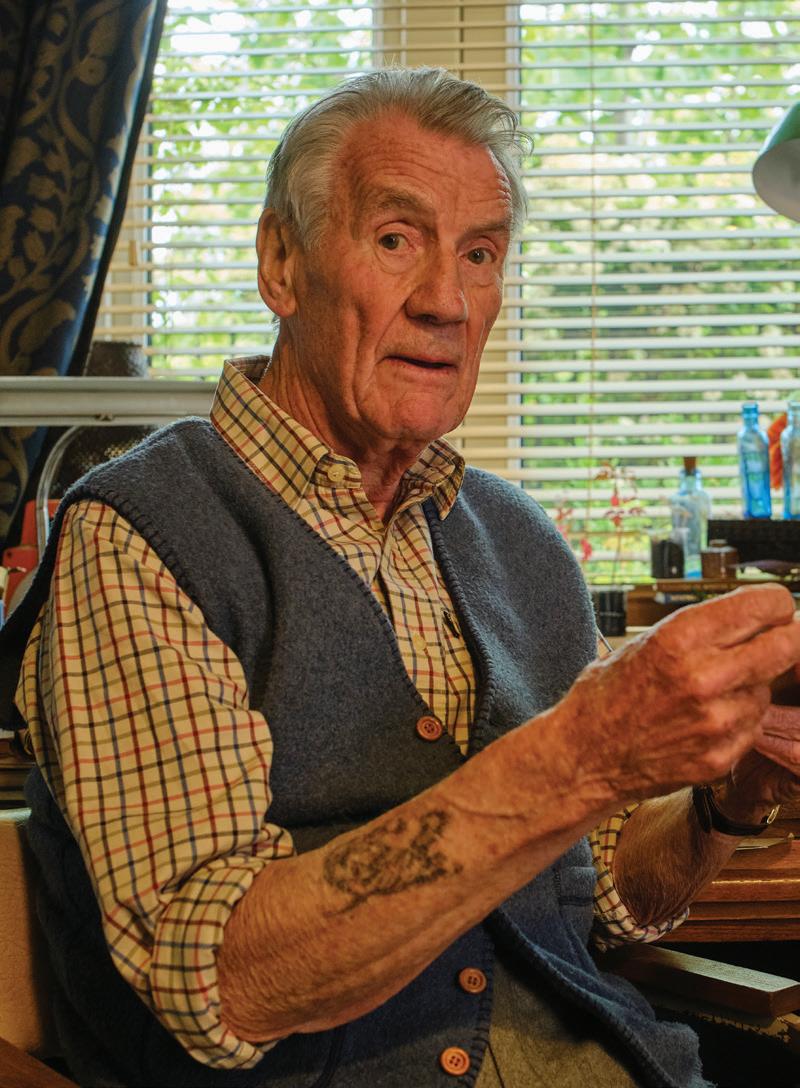




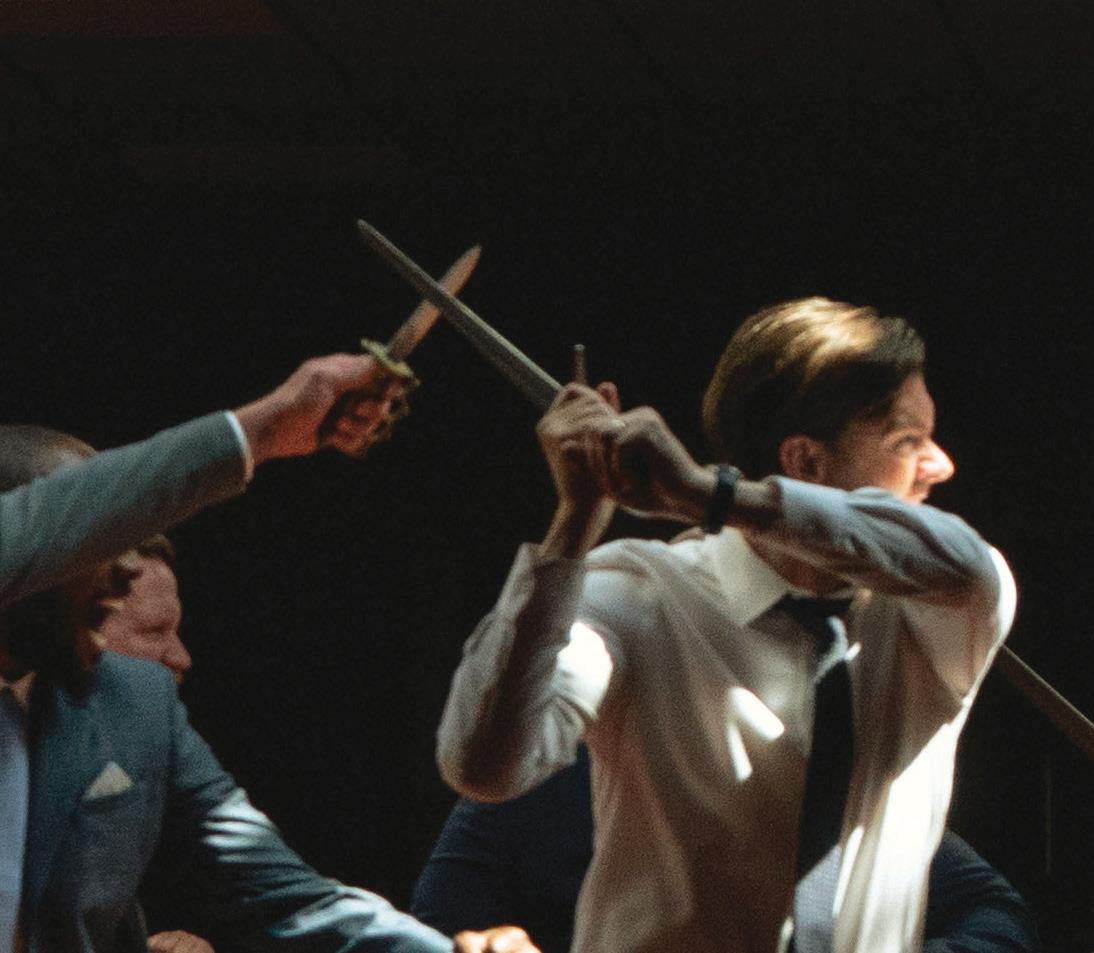

Scrapper director Charlotte Regan brings her unique visual flair to Mint, a BBC series that drops a love story in the middle of a crime drama. In the middle of post-production, she tells DQ about writing and directing her first original TV project, and why she isn’t afraid to think big.
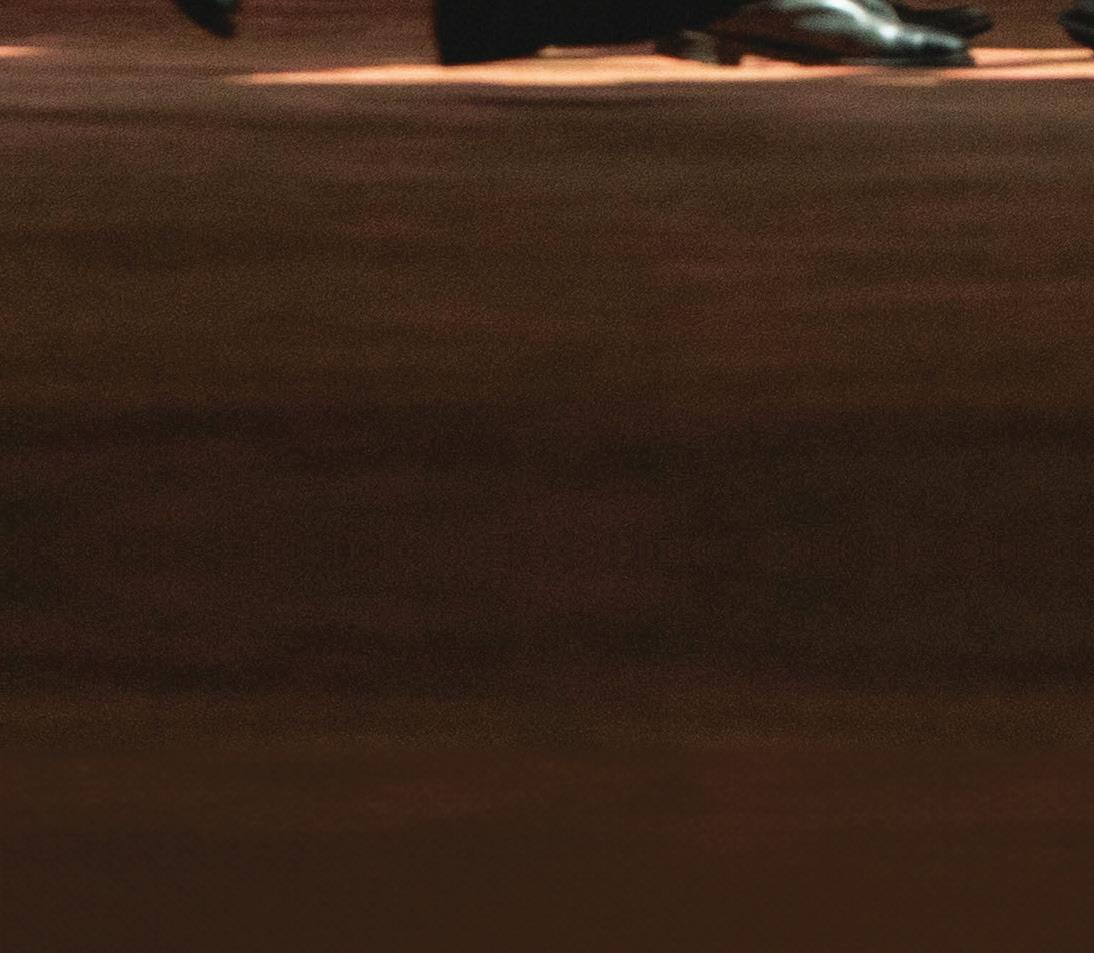
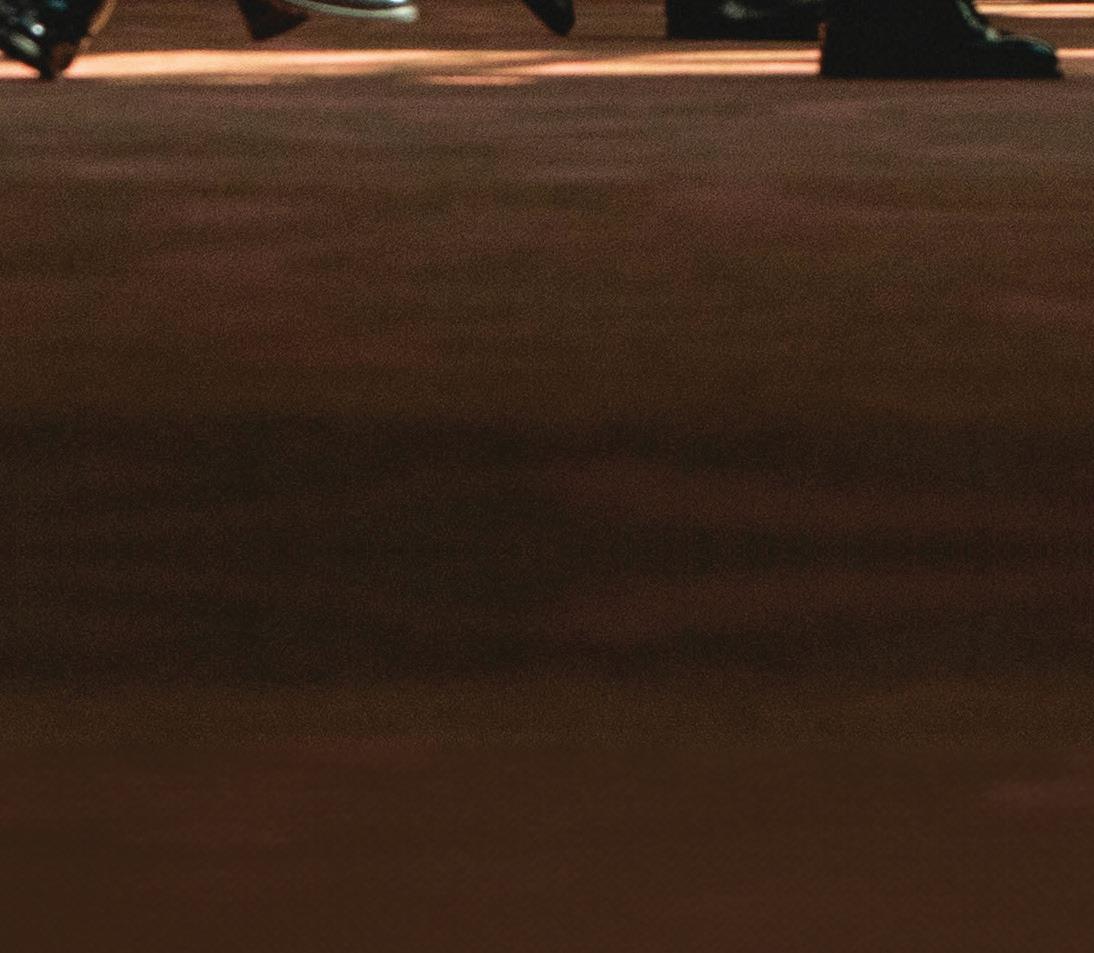
While discussing di erent scenes with her DOP Christopher Sabogal on the set of her first original TV series, upcoming BBC drama Mint, the filmmaker would often mention “insanely big stu ” as reference points – with executive producer Theo Barrowclough left to keep the series within its financial means.
“I’m like, ‘This is basically Oppenheimer, this sequence.’ And Theo’s like, ‘No, it’s not. We don’t have the money,’” she laughs, speaking to DQ while deep in the editing process. “Then I’m like, ‘And this battle scene is like Game of Thrones.’ And he’s like, ‘It’s not, though, is it?’
I love stu where the filmmakers are constantly thinking about the enjoyment of an audience.”
After the launch of her awardwinning debut feature Scrapper in 2023, Regan has written and directed Mint, which is described as a darkly comic and unconventional drama about the life of a crime family, exploring the question of what love might feel like when everyone outside of your family is terrified of you.


“I want to tell big visual stories, and I love films or TV shows that are really audience-facing. I don’t mind watching an art piece, but mostly
Emma Laird stars as Shannon, the naïve and fiercely romantic daughter of the area’s dominant crime family. Shannon is desperately searching for love in the shadow of her gangster father, Dylan (Sam Riley), devoted mum Cat (Laura Fraser), older brother Luke (Lewis Gribben) and the indomitable family matriarch, grandma Ollie (Lindsay Duncan). But having grown up protected by


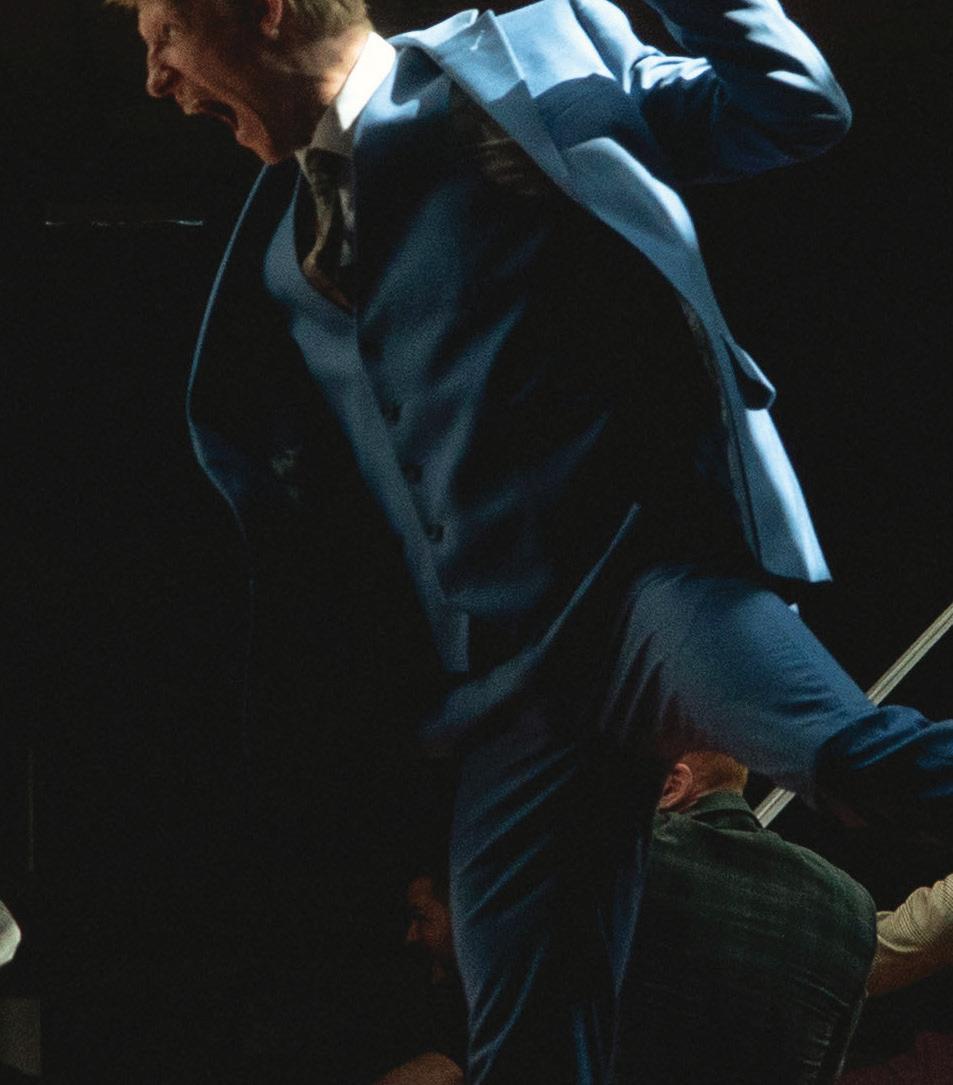
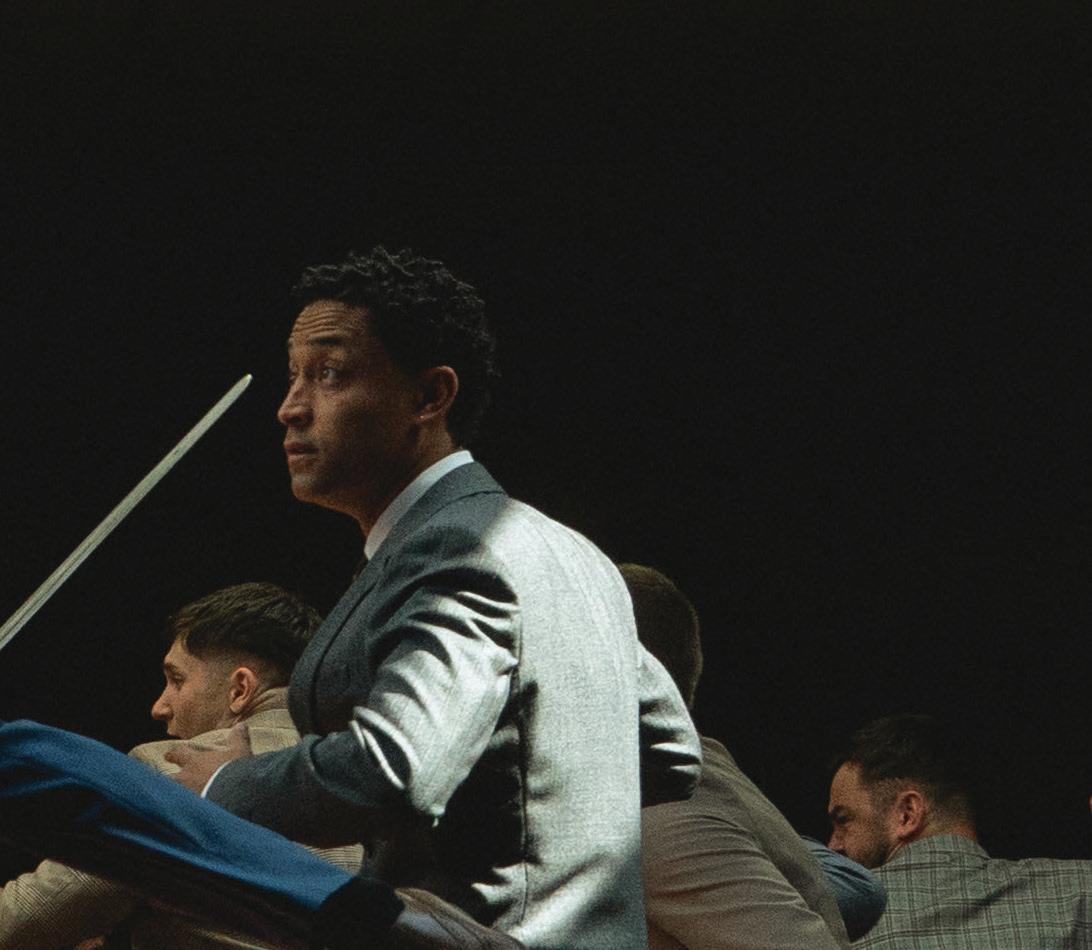
Regan’s Mint includes visual flourishes such as fight sequences in slow motion

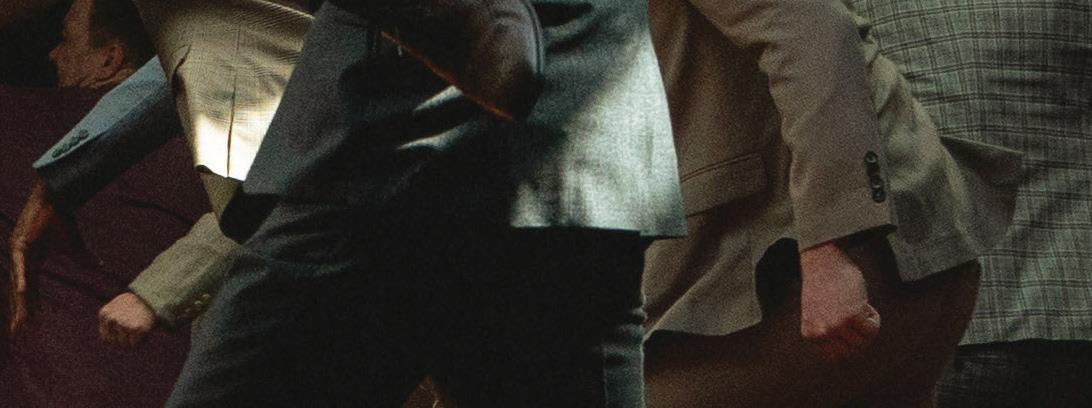



the surreal yet violent confines of the ‘family business,’ things are about to change once she meets Arran (Ben Coyle-Larner).
The series has been approximately four years in the making, its development dovetailing with that of Scrapper , which told the story of a young girl confronting her estranged father after her mother’s death. BBC Film was among its backers. But as with many of Regan’s projects, it was at the “idea stage” for quite a while as she continuously jotted down her ideas for Mint in notebooks until she was ready to start writing the scripts. “Otherwise, if you leave me in front of a laptop with no ideas, I’ll just fuck around,” she says. “So I have to think of ideas for a long time, travel to the places, spend time in the places, before I can sit down and write. It was years of that really, just talking about it
“I
probably should have upped my 5k time and my fibre intake beforehand, so my body was in a better position to take the endurance.
Charlotte Regan on leading her first original TV series
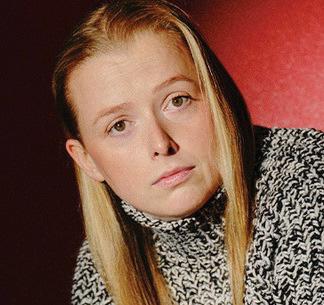
in a really broad sense. Then once it went to the BBC, it came together a little bit and we started working on scripts.”
For Mint, that prep work included visits to the show’s Glasgow setting. The Scottish city was among a number of options for the industrial locale that would serve as the show’s backdrop – but London was never among them, with Regan keen to avoid criminal family stereotypes or comparisons to shows already set there.
”“I’d always written it about a town where people have had to turn to crime out of desperation, more so than ambition or greed,” she says. “That was an important part of it – that you looked at them empathetically, instead of being like, ‘Oh, they’re criminals just because they want money.’”
Glasgow also met the brief thanks to Regan’s previous experience working in Scotland, having shot episodes of Apple TV+ period drama The Buccaneers there. “It was the best filming experience I’ve ever had, in terms of the crew, the actors you can get there. Even actors that you have in smaller roles are just sensational,” she says. “All the crew [on Mint], even the ga er, the grip, were people I’d had on the other show, and I just loved them. I wouldn’t want to do a project without them, because they just love their work, so it makes it so collaborative and exciting.”
Regan also praises the crew for rising to the challenge of some of her more creative ideas, from slowmotion fight sequences to literal sparks flying when Shannon and Arran meet. More often than not, those visual flourishes are linked to the emotions of the characters
and turn their internal feelings into physical actions or other visual responses.
“If they feel something, we’re allowed to see it,” she says. “They’re allowed to fly if they feel in love. It’s not like, ‘They now fly.’ It’s not scifi. But none of the crew were like, ‘Why?’ They were just like, ‘Oh, sick. That’s fun. That’s different,’ which is a nice environment. They still questioned me if I had dumb ideas, which is more often than the good ideas. But they were very into solving problems, which is pretty incredible.”
Across the eight-part series, which is produced by House Productions and Fearless Minds and distributed by BBC Studios, Shannon and Arran aren’t the only couple dealing with issues of the heart, romantic or otherwise. There are her parents, Dylan and Cat, and then there are Ollie and Cat – additional storylines that put love centre stage and relegate its crime setting to the backdrop – and always told from the perspectives of the women. “With Shannon, there’s dramatic gang things going on, but in her mind, all that’s important is this boy she’s met, because she’s never loved a boy before, and that’s the more important thing,” Regan explains. “So screen-wise, that’s what is important to us visually as well. We never set out to make a big
Stereophonics and Mumford & Sons – and describes that medium as “leagues ahead” of film and TV in terms of visual storytelling. “The visual stu they do, we often do it three years later in TV or film, and then people are like, ‘Wow, revolutionary.’ But someone did that for a rap video 10 years ago, you know? It’s just that you’ve not used it as a storytelling format. So it’s a lot of music video references for the visuals and character stu .”
Announcing the commission in February 2024, the BBC was “amazing” in supporting Regan by giving her plenty of time to write the scripts, to avoid a situation where she would be still writing while also preparing to direct the series. All eight drafts were in hand when she did pick up directing duties, “which is semi-unheard of in TV,” she says.




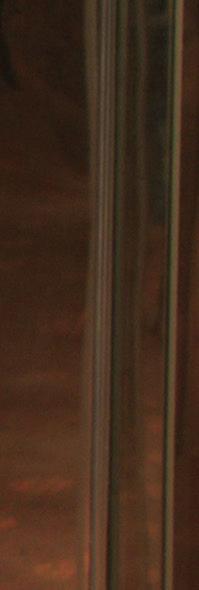
then in other ways, she’s almost like a princess who’s been locked in a tower. Emma plays that so well, a bratty princess who is more mature than most of us.”


shootout show, it was always love stories, and the women and their perspective on that world are at the centre of this.”
Prior to Mint, Regan’s other TV experience included directing episodes of BBC crime drama The Responder. She is also heavily influenced by music videos – she has directed videos for bands including
She also found freedom in her dual writing and directing role, being able to change lines or scenes based on her conversations with the cast once filming began. “They can often have ideas, and often those ideas are great, but when you’re not the writer and you’re directing TV, you don’t want to tread on toes or disrespect anyone,” Regan says. “Often the writer is busy writing, so they can’t be on set every day. That creates quite a mad delay, and actors don’t feel as supported, I suppose. If you’ve written it, you can come straight back and be like, ‘No, do it how it’s written.’
“I love that I could rewrite as I went. I always had things that you couldn’t change, but there was other stuff where Emma or Ben would change bits of dialogue, and that was totally fine, and I knew it wouldn’t affect anything, which was the privilege of having written them all.”
Regan also likes to be involved in casting, and partnered with Barrowclough and the casting team to “meet all these cool people, and then imagine them as your characters, which is pretty insane.”
As Shannon, The Brutalist star Laird is “so compelling to watch,” she says. “She’s like a proper movie star in that she could just say nothing, and I find her so interesting. Never, ever have I felt like she’s acting, which is mad.
“Shannon’s meant to be mature and worldly in lots of ways, because of what she’s been exposed to. But
Meanwhile, she first met CoyleLarner (aka musician Loyle Carner) at a market as she was writing the show. He had seen Scrapper and introduced himself, while she knew about him through a mutual friend and loved his music. They spoke for 10 minutes, and then Regan immediately called Barrowclough to tell him she’d found their Arran. “He’s just the most empathetic and emotionally mature human I’ve ever met,” she says of CoyleLarner. “He’s so mature, but then so childlike and so joyful in the way he looks at the world. That was a really important quality for Arran, because I didn’t ever want Arran to be this gangster character. He’s meant to be new to it, and he’s meant to not find it comfortable in lots of ways. It’s like a role reversal, where Shannon, the woman, is almost supporting him through those hard times, instead of the other way around that we classically see.”
Working with the cast, Regan says there’s “more chatting than rehearsing,” as she wants them to perform the dialogue as they read it, rather than how she has told them to. “Sometimes that first take is something you’ve never imagined, and they’ve got something totally di erent from the words than what you thought of when you wrote them,” she says. “I tend to spend loads of time with them beforehand, just talking and hanging out. We have a shorthand by the time we’re on set, but I’ve not rehearsed scenes, which is the way I prefer it.”
After completing her first TV series, Regan says she found it much more of an endurance test than shooting a film: “I probably should have upped my 5k time and my fibre intake beforehand, so my body
was in a better position to take the endurance.” But that hasn’t stopped her already considering where the story might head in a second season – and beyond. “I keep pitching that Ollie goes to Ibiza for the entire series. But I don’t think anyone’s gonna go for it, just her drinking every night like teenagers abroad,” she jokes. “I’ll have to stick in the real world for now.”
Regan hopes viewers will be uplifted by Mint’s joyful tone when the show debuts in 2026, and also be compelled to watch the next episode straightaway. “When I watch a true crime documentary, I’m not sleeping all night and I’m feeling heavy the next day, which is great – I enjoy them,” she says. “But I want the feeling to be like you’re swept away by the love stories or the visual style of it, because even though it can sound tonally dark, it’s actually done with a lens of joy and sweeping romance. I hope people just enjoy it.” DQ
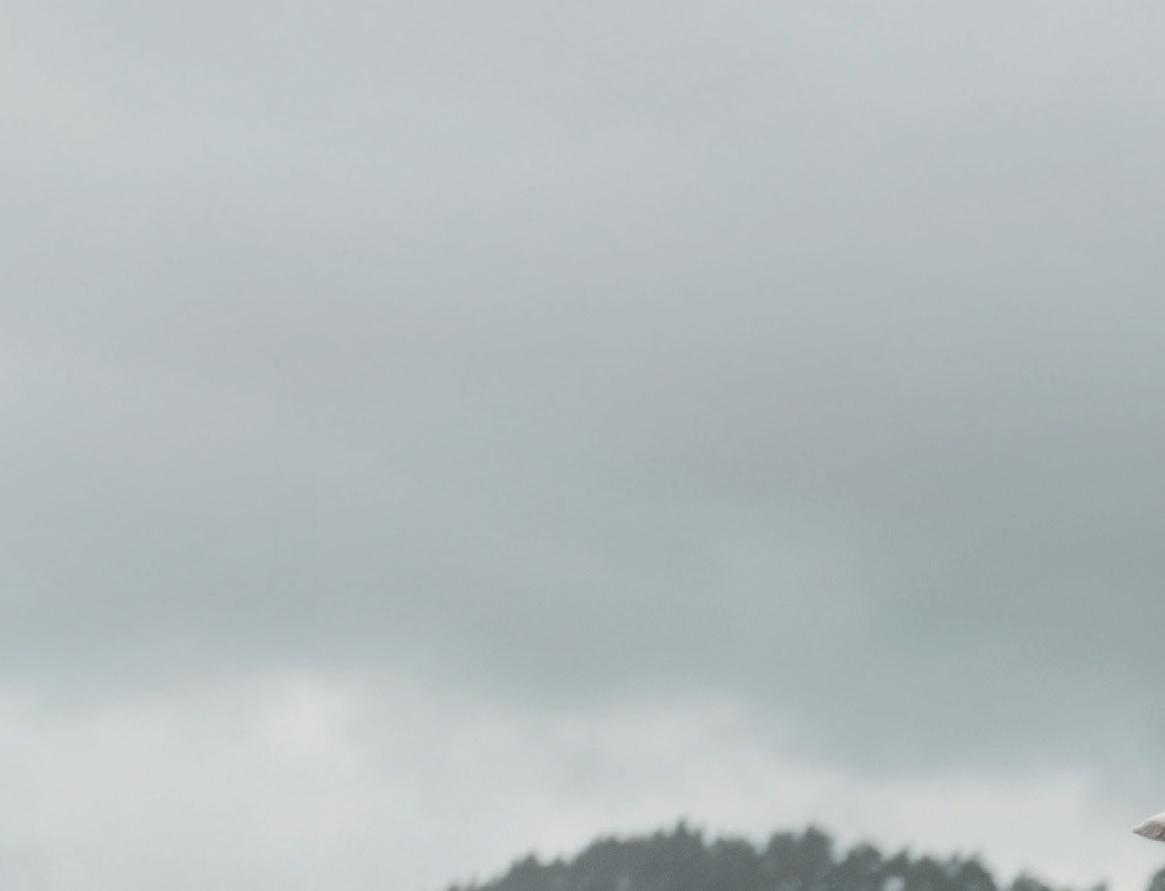
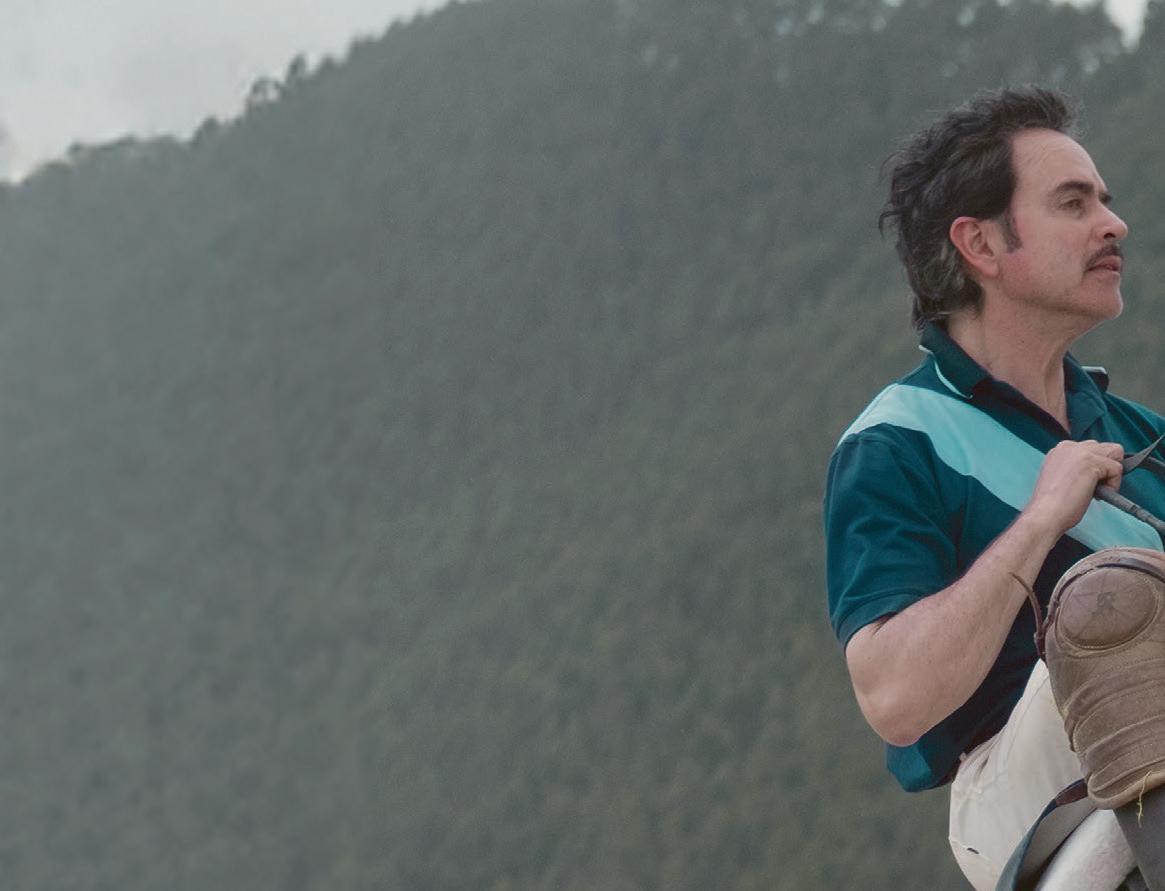

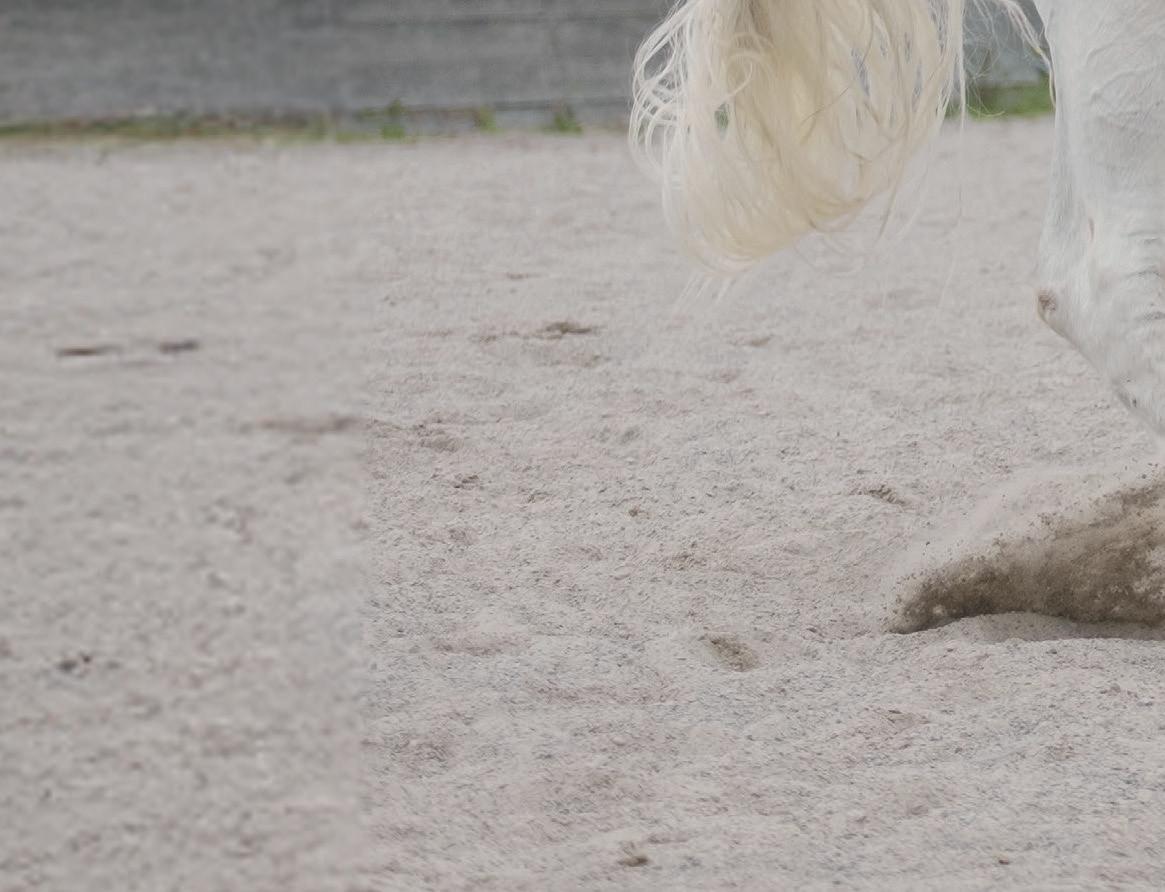

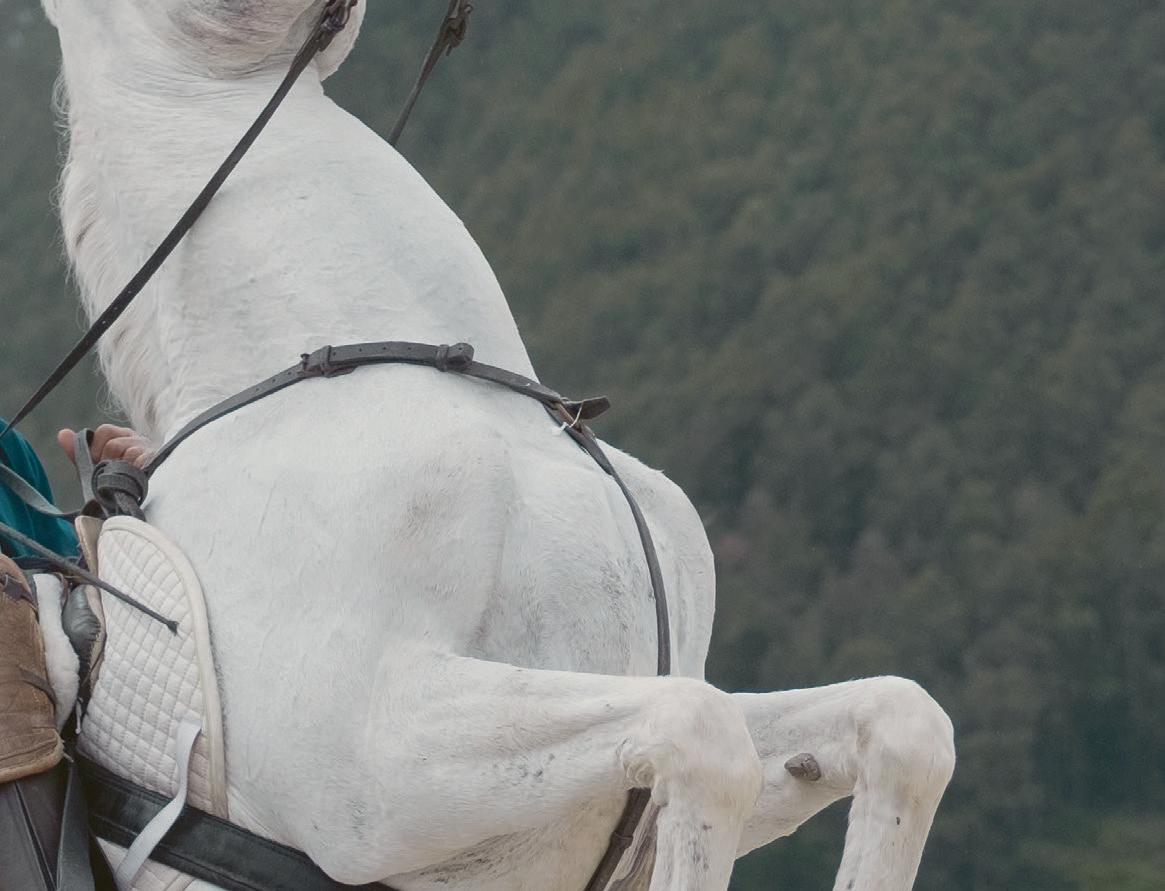

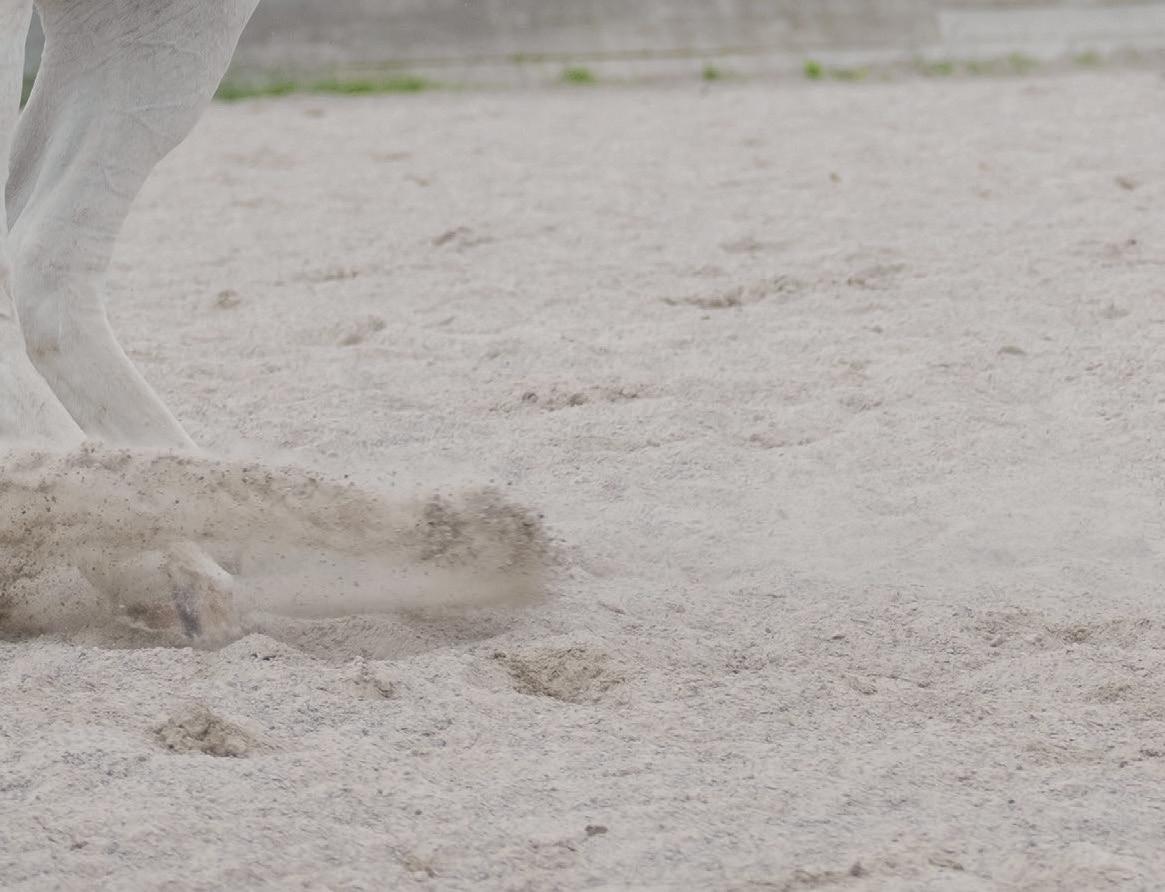


ITV heist thriller Frauds marks the first time Suranne Jones and Jodie Whittaker have starred together on screen. They tell DQ about their partnership as complicated leads Bert and Sam in a series that’s also the latest project from Jones’s TeamAkers production company.
Suranne Jones and Jodie Whittaker are two of the biggest stars on British television, with Doctor Who, Vigil, Broadchurch, Gentleman Jack and Doctor Foster among their credits. Yet six-part heist drama Frauds, which debuted in early October on ITV in the UK, marks the first time they have shared the screen. Set in southern Spain and filmed on location in Tenerife, the show stars Jones and Whittaker as Bert and Sam, two con women whose toxic but darkly funny friendship is rekindled in order to pull off the art heist of the century. When Bert is released from prison on compassionate grounds after a devastating health diagnosis, it’s Sam she calls and it’s Sam she needs to help her carry out one last epic job. Bert and Sam then embark on the most audacious of art thefts, reuniting with a talented team of outcasts to
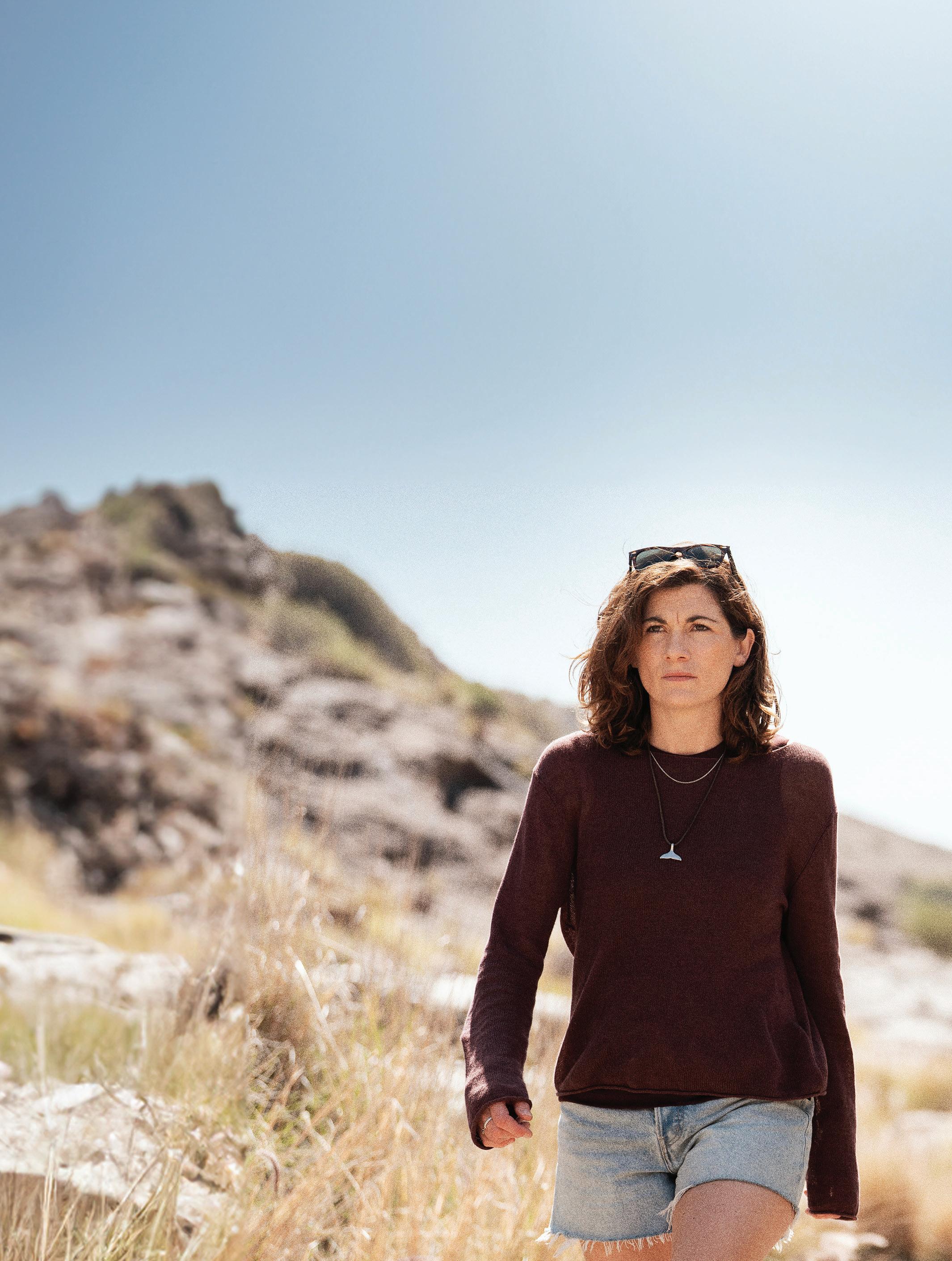
help them plan the crime. While the team must overcome numerous challenges before they can pull off the heist, a power struggle between Bert and Sam threatens to derail their plans and destroy them both. Jones isn’t just leading the series on screen, however. She also cocreated the drama with writer AnneMarie O’Connor and is an executive producer through TeamAkers, the company she founded with her writer-producer husband Laurence Akers. The show is coproduced with Monumental Television and distributed by ITV Studios. Frauds is the second original scripted project from TeamAkers following 2023’s Maryland, which was also written by O’Connor. But while that three-parter – about a pair of estranged sisters who discover their mother’s secret life after her sudden death – was a “small, quiet, beautiful” drama, Frauds is completely different.
“We wanted to continue our creative relationship [with O’Connor] on the basis of telling female-led stories, ones that hadn’t been told. The sibling relationship hadn’t been told in that way before [in Maryland],” Jones tells DQ. “Then we wanted to tell a story about a toxic relationship that I think everyone has, whether it’s with a person or it’s with an addiction, drink, drugs. That is Bert.
“In your formative years, maybe you find someone who intoxicates you and brings out a different side to you. Normally, what happens is you
expectations of which one she and Whittaker might play. “I think everyone would assume Jodie’s more of a Bert,” says Jones, who previously went against type as reserved, uptight sister Becca in Maryland. “When you make your own shows, you can cast yourself in roles you wouldn’t typically be cast in.”
“The thing that’s so fascinating about [Sam] is she’s the opposite of me, an absolute closed book, whereas I’m not,” Whittaker laughs.
“Everything’s a one-word answer, but then you see these flickers of
Toxic Town. “I love being offered parts that are so challenging and feel like a world away from myself,” she says. “Sam is such a brilliant challenge. Anne-Marie has got such a way with words. Our chemistry as a three, it was so collaborative.”
Bert’s like [sweet soft drink] Vimto. Your parents would be like, ‘Don’t drink Vimto, you’ll be climbing the bloody walls.’ Bert to me is Vimto.”
then become an adult. But obviously, if there’s a Bert in your life, it’s hard to get rid. They won’t go away, as with addiction. So I feel like it was just a story that everyone would know, but we’d not really delved into it. From the outside, it is just a fun show, but creatively, what’s going on is what me and Anne-Marie love to do best, which is deep character work.”
but then you see these flickers of fire, where she really shows her true colours, and I loved having to play that suppression for a lot of it.”
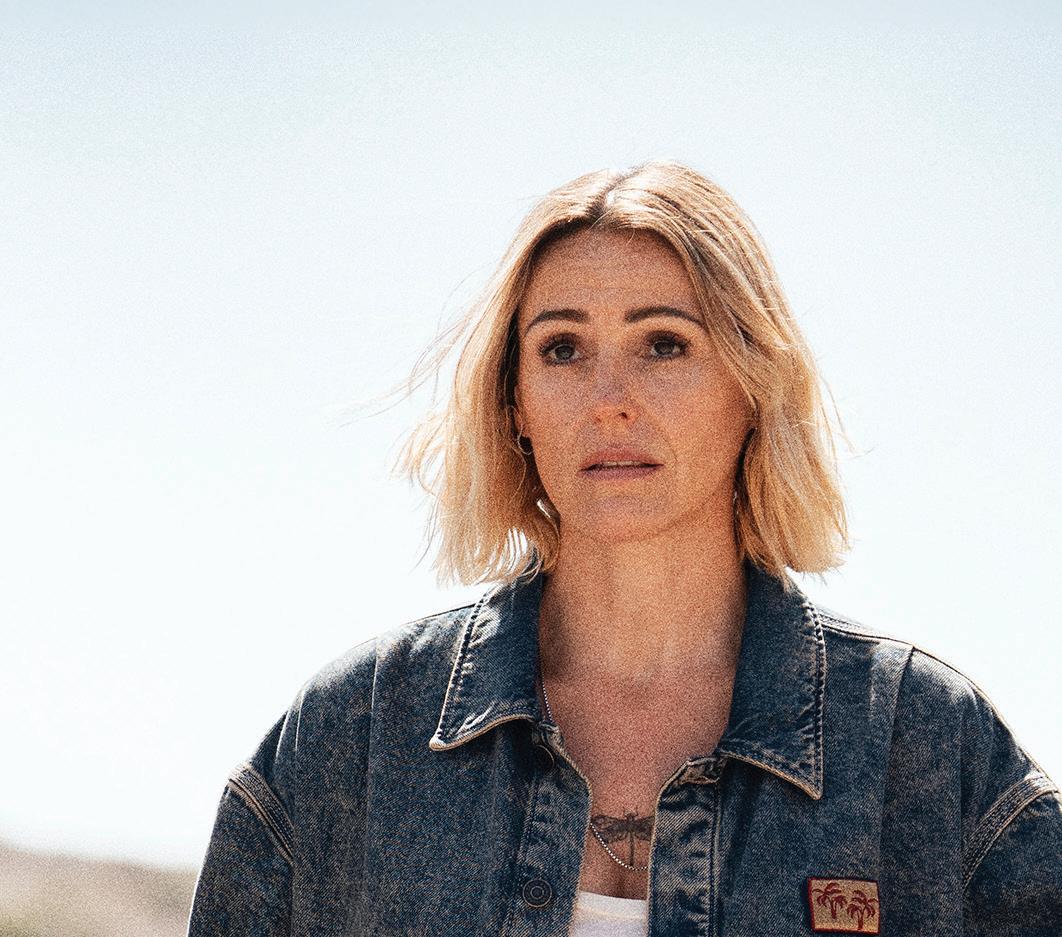

Casting Sam and Bert, Jones wanted to upend viewer






After her three-season stint as Doctor Who, becoming the first female actor to play the title role in the storied sci-fi drama, Whittaker has been seen on screen in prison drama Time and factual drama
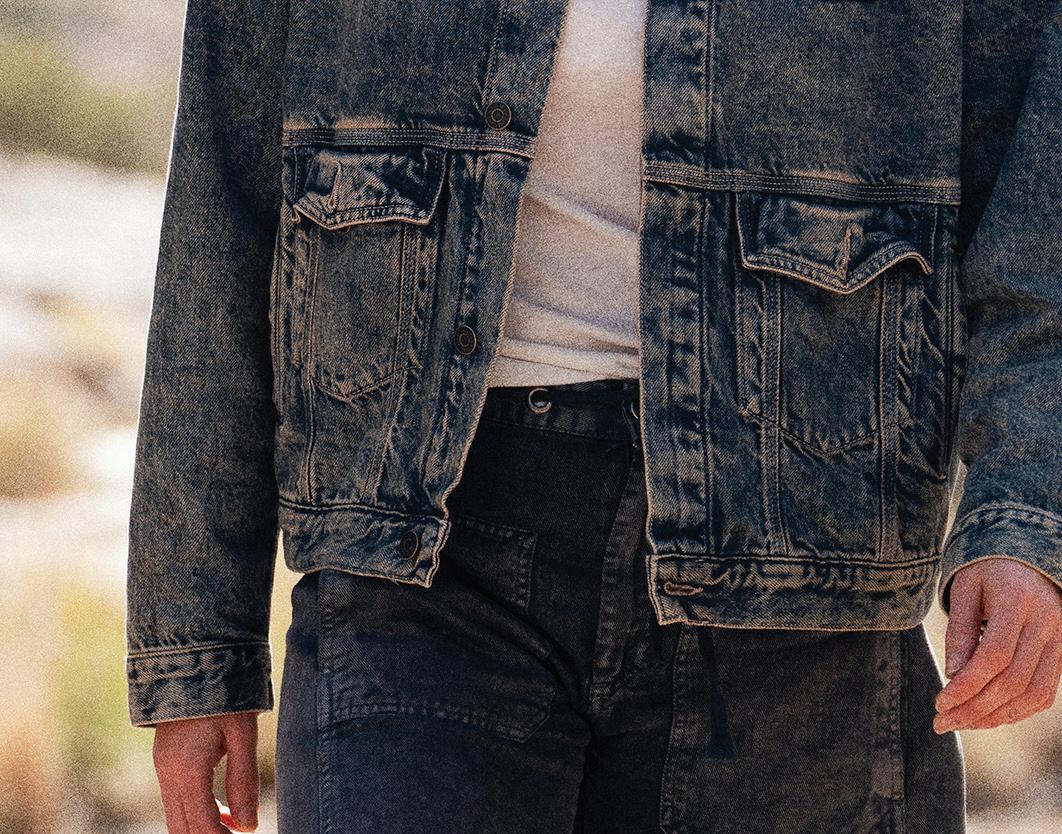
Whittaker was immediately drawn to Frauds because the scripts were “like nothing I’d ever read,” she says. “Suranne and Anne-Marie, they’ve created something they’ve never written before, and Suranne felt like she hadn’t seen these characters before. That’s why it feels unique, because every major role is being played by a woman. That’s not usual for this genre, in any way.”
With Bert spending a decade in prison, Sam has had a chance to reflect on the life they’ve led and their lifestyle choices, only to be thrown back into it immediately on Bert’s release. “But what I love about the writing is this is not some innocent victim who’s pulled along,” Whittaker says of her character. “She’s absolutely making decisions for herself. And as angry as she can be, she is making those choices.”

for this genre, in any way.”




isn’t ‘bants,’ whereas something like the are
Unsurprisingly, spending the first four months of this year filming in Tenerife was also part of the appeal. “I was like, ‘I’m there,’” she jokes. “But also it just read really fun. Most of the work I do, you don’t associate it with fun. The overriding theme isn’t ‘bants,’ whereas something like ticks all the boxes. Sam’s such a layered character. It’s absolutely not one-note. There are so many elements. She has so many walls up and this addiction to this person.



It’s also revealed early on that Sam is on the trail of the daughter she gave up for adoption at a young age, carrying grief for the life she might have led while also dealing with her guilt over Bert’s jail time for a crime she was involved in. “That is obviously fundamental to where she is at this moment, and also probably having a pretty chill 10 years and then the Tasmanian Devil’s back in your life.”
Jones and Whittaker were already friendly socially before Frauds, living close to each other in North London. Even so, Jones was surprised

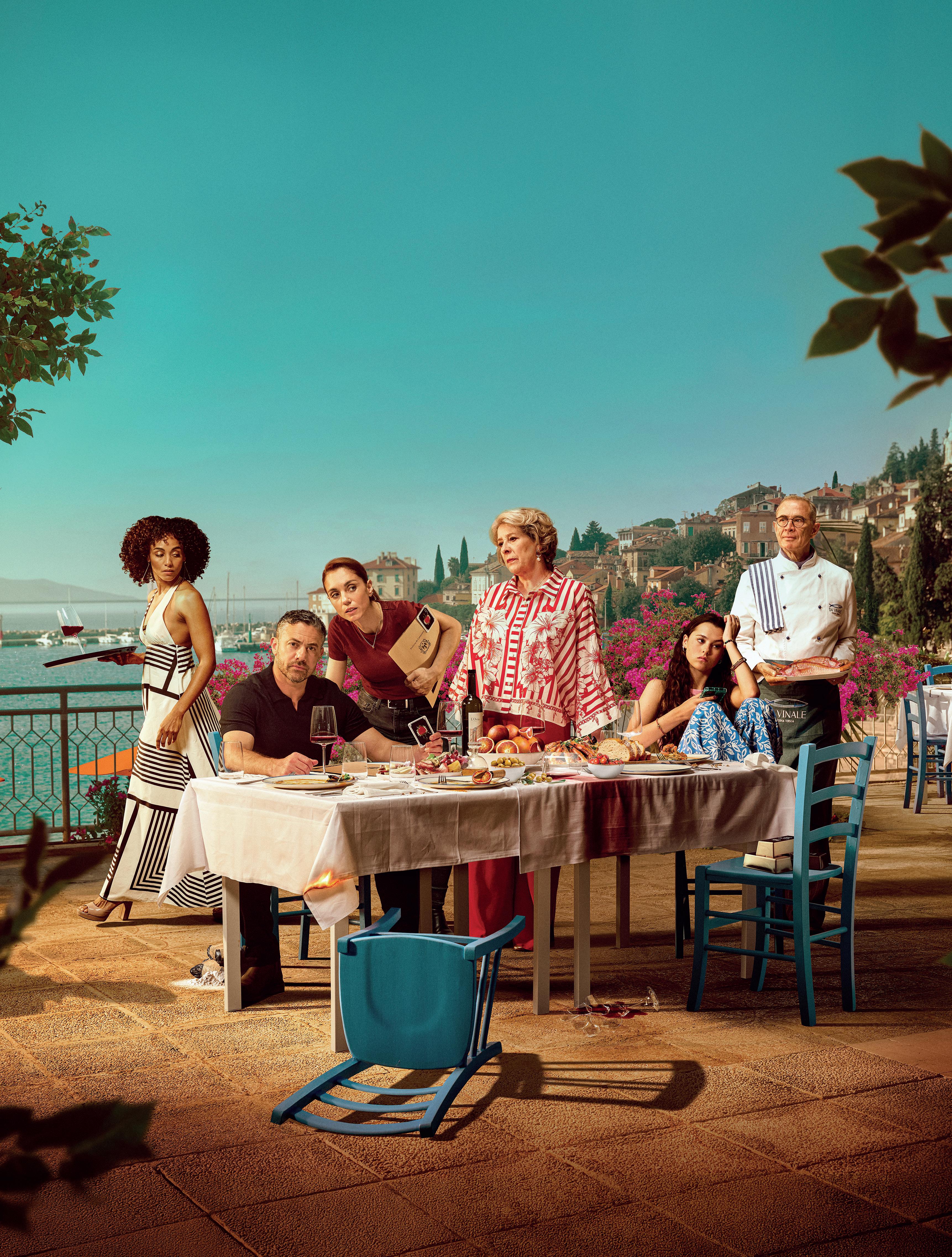
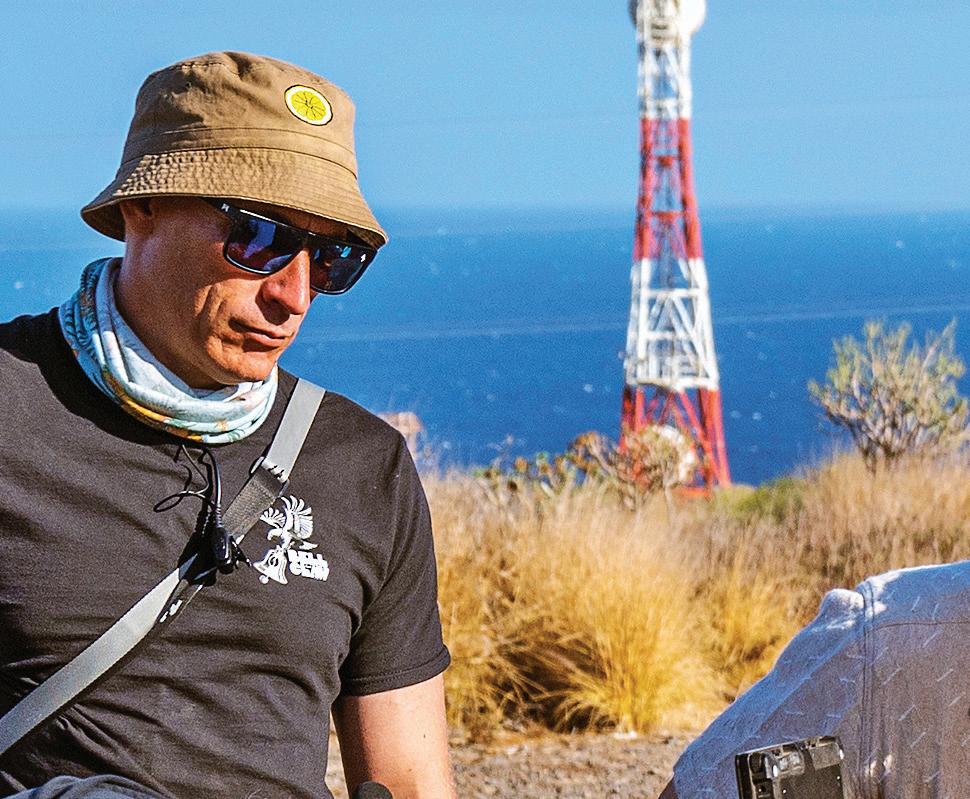
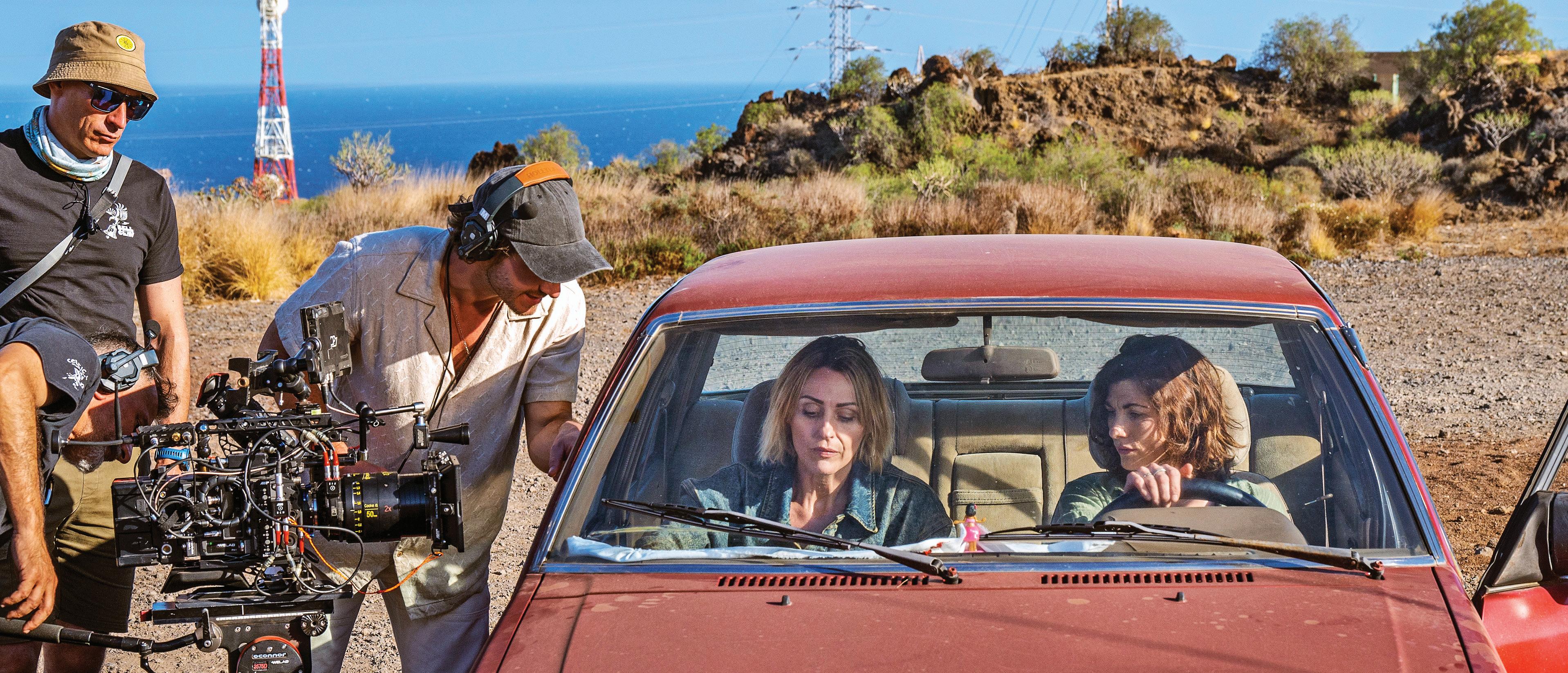

“
genre piece, and in that it feels completely different from a lot of the ones I’ve seen. I love the grade, I love the colours. The soundtrack is absolutely fantastic. All those elements make it feel different. What I loved about Bert and Sam is they’re not always likeable and their decisions aren’t always the ones everyone would make, but they’re so fucking fun, you kind of want to stick with them.”
thriller Hostage, in which she plays the British prime minister. Casting on Frauds then took place while Jones was acting in BBC comedy Film Club. “They were all just on top of each other,” she recalls. “I had a massive brain fart most days.”
Suranne Jones
Actor and executive producer
” We wanted to tell a story about a toxic relationship that I think everyone has, whether it’s with a person or it’s with an addiction, drink, drugs.
by how quickly they bonded on set and the easygoing understanding they found to play a pair of longtime friends. “The more we hung out, the more we were able to just do those scenes, touching each other, hanging off each other and pushing each other around. It just felt natural,” she says.
“It’s easy to have chemistry with someone like Suranne, because she is so ace,” says Whittaker. “I feel so blessed not only to have been given the opportunity to work with her, but also that it’s on something she’s created. She knew my work, knew I’d never played a role like Sam before, and seeing her absolutely smash it as Bert was just brilliant. We were a pretty small ensemble but we were really tight, and it was a wonderful family environment.”
That chemistry proved particularly useful in the show’s first episode, which is practically a two-hander between Jones and Whittaker. Sam greets Bert on her release from prison and discovers her plans for one last job, throwing her own 10year rehabilitation into chaos. From
episode two, the series bursts into life with the pair rediscovering their knack for petty theft – while dressed as nuns. There are also scenes set in a bullring as the show’s supporting characters slowly come into view and Bert’s plans for the heist are revealed.
“There was a lot of talk about, ‘Oh, are people gonna watch it?’ because it’s just two women talking,” Jones says of the opening scenes. “Me and Anne-Marie were like, ‘Well, if you’re not invested in Bert and Sam, you’re not going to be invested in the heist.’ It’s very daring of ITV in this landscape where, if someone’s ‘double screening,’ you need to have something going on all the time. Let’s see if people will love it or not.”
“I loved the dynamic between them,” Whittaker says. “They are such fun scenes where you begin a scene in one place and you end it in a completely different place. They press each other’s buttons sometimes to get a fun reaction, but they’re just testing each other. And when you as actors get to do that over six episodes, it’s brilliant.
“But also, essentially it is a heist
As Bert, Jones sports uneven peroxide blonde hair and numerous tattoos. At one point, she even “toyed with a buzz cut,” she reveals. “Jodie was going to be dark, so I knew I wanted to be the opposite. Bert doesn’t care what she looks like. She cut her own hair in prison, one side shorter than the other. The tattoos are horrid – they tell a story of drunken nights.
“I felt like I needed to inhabit that physicality so that every time I looked in the mirror, I saw someone I didn’t really know or like, because that’s what Bert feels about herself. I couldn’t wait to dye my hair dark and put some nice clothes on and be classic and clean again, because it’s so opposite to who I am.”
Bert also stands out for her passion for Hawaiian shirts. “I sent a mood board of what I wanted, and Hawaiian shirts were up there,” Jones says. “She basically is telling the world that she’s here and she doesn’t give a fuck – and actually she does give a fuck and she’s scared. But a lot of people who are outlandish like that have a vulnerability inside, and that’s why they’re hard to be around, because they present something different.”
As an executive producer, Jones has been across every aspect of the series, even while she was acting on other jobs. She was in the Frauds writers room at the same time as she started work on Netflix political
Filming overseas for four months, she would have meetings during the day and then work at night to fulfil her duties as an exec producer, while also being pulled off set to look at scripts. “So it was a lot, but what we managed to achieve is unbelievable,” she says. “Now we can say we did it, and we did it in the space of two years from the moment we thought of it to now. It’s a two-year development to screen. It’s unheard of.”




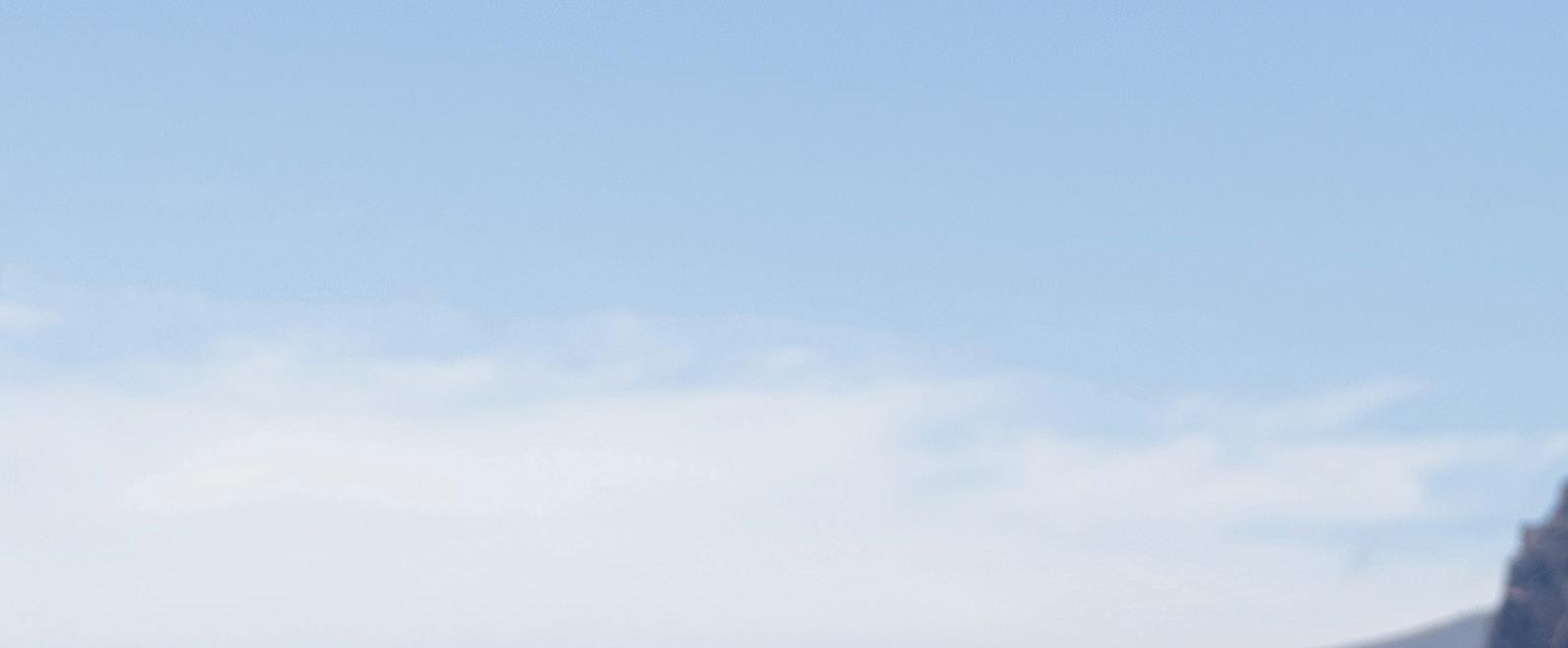





An Irish wedding in Tenerife is the setting for murder mystery These Sacred Vows, in which each episode explores the story from a different character’s perspective. Writer and director John Butler reveals how he marries comedy and drama in the six-parter.


interwoven films, Irish comedy-drama series These Sacred Vows follows events in the run-up to a chaotic wedding that leads to the discovery of a dead body just hours after the happy couple say “I do.”



Revolving around an Irish wedding in Spain – comprising a week of day-drinking and chaotic nights where secret fears, jealousy and desire bubble to the surface – the story opens on the morning after the ceremony when the body of a priest is found floating face-down in the swimming pool at the young guests’ villa. Then over the course of six episodes, the action jumps back in time to revisit the key moments of a wild week, with each episode picking up the story from the perspective of a different character before they all come together for the wedding in episode six.
through post-production. “Keeping those two things in mind at the same time, and the comedy and the drama in mind at the same time, has been fascinating. There are little things that are happening that are new to me when I’m watching it, and I’m like, ‘Oh, this feels much more dramatic than I thought it was,’ or, ‘I didn’t think this would play quite as funny.’ But these are all quite enjoyable discoveries.”


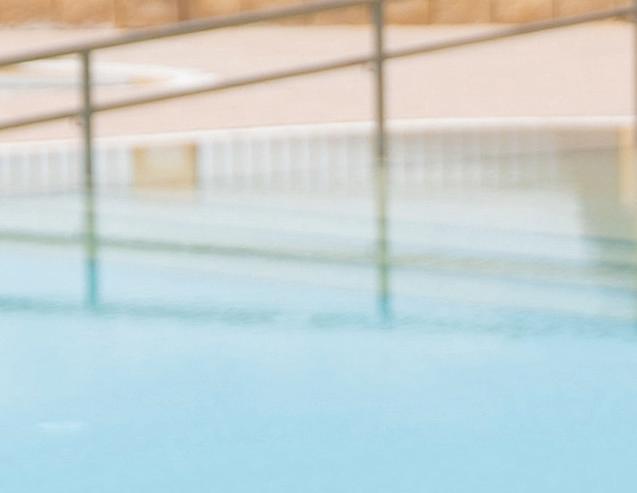
(happiness writes white, after all), but those at the fringes of a wedding – and their experiences – are quite fascinating.
Introduce us to the story and the main characters we meet.
Tom Vaughan-Lawlor stars as Father Vincent, with Justine Mitchell and Jason O’Mara as the bride’s parents, alongside India Mullen, Adam John Richardson, Tom Hanson, Jade Auguste, Aaron Heffernan and Aoife Hinds. The cast also features Irish comedians Shane Daniel Byrne and Catherine Bohart.





Commissioned by Ireland’s RTÉ and due to air in 2026, These Sacred Vows is written and directed by Butler, whose TV credits include Your Bad Self , Finding Joy and The Outlaws . Produced by Treasure Entertainment in association with Screen Ireland, it is distributed internationally by Banijay Rights. Here, Butler tells DQ about the idea behind the series, his interest in following multiple points of view and why viewers won’t see the bride and groom.
What are the origins of the project?
was intended – something that comes into get quite raucous. I have zero
“It’s become a pretty full version of what was intended – something that comes into the world as a procedural and continues to have a dead body in the background but starts to explore character and different people’s perspectives on what’s happening,” creator John Butler tells DQ midway
We enter the world through Father Vincent O’Keefe, a Catholic priest who has been flown over to officiate at a distant friend’s daughter’s happy day. Irish Catholic priests don’t have the best reputation anymore, no
We enter the world through Father Vincent O’Keefe, a Catholic priest who has been flown over to officiate at a distant friend’s daughter’s happy day. Irish Catholic priests don’t have the best reputation anymore, and Vincent has no idea why he’s been asked to do this, but he will find out...

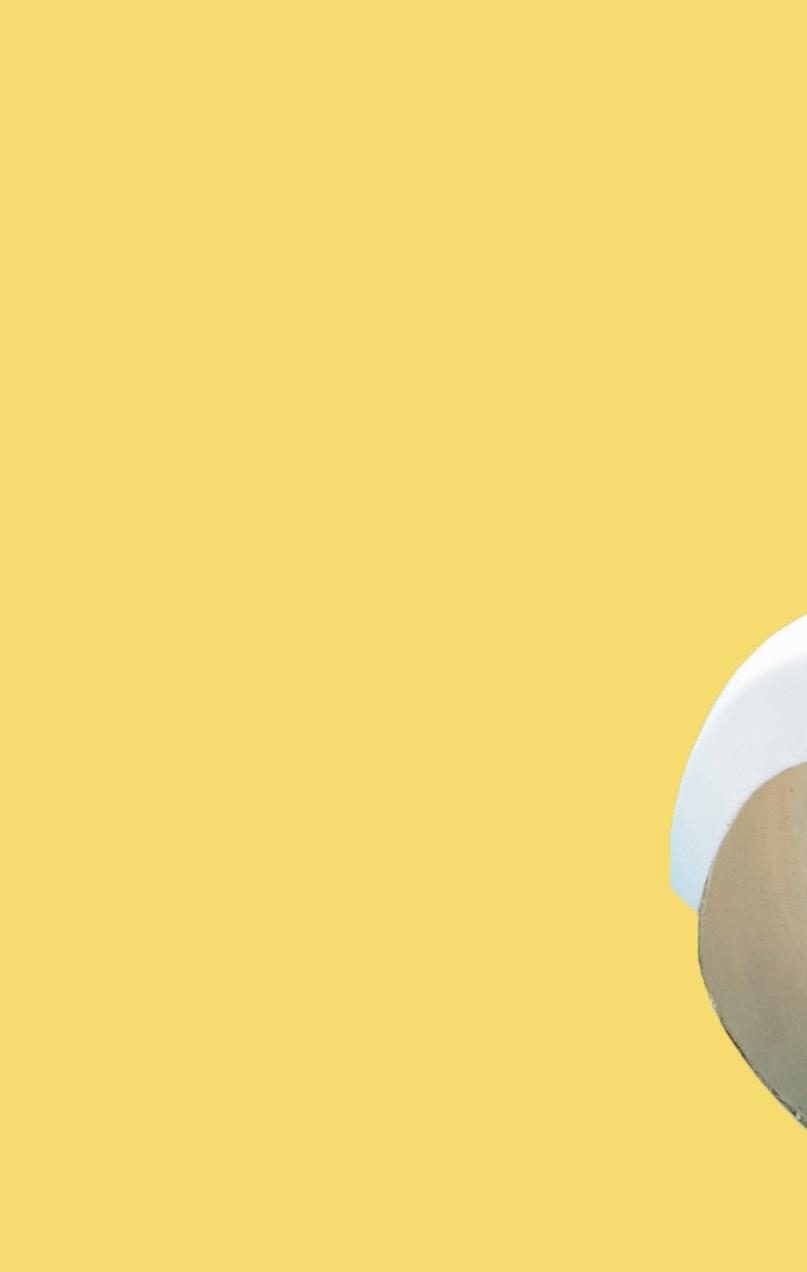
secret from her uptight English boyfriend Felix. Episode five is seen from the point of view of Elodie, a French exchange student living with the Byrnes and witnessing the

Episode two introduces Cormac, a young gay schoolteacher struggling after recent violent trauma. In episode three, we see the world through the eyes of Sandra Byrne, mother of the bride, who is suffering a profound identity crisis. In episode four, we meet Ava, Cormac’s best friend, who is keeping a secret from her uptight English boyfriend Felix. Episode five is seen from the point of view of Elodie, a French exchange student living with the Byrnes and witnessing the mania of the Irish for the first time. And episode six is seen from all perspectives, on the day of the wedding itself.


Irish weddings are bananas. Even the most middle-of-the road Irish wedding creates drama and comedy, and they can get quite raucous. I have zero interest in the story of a bride and groom on their big day

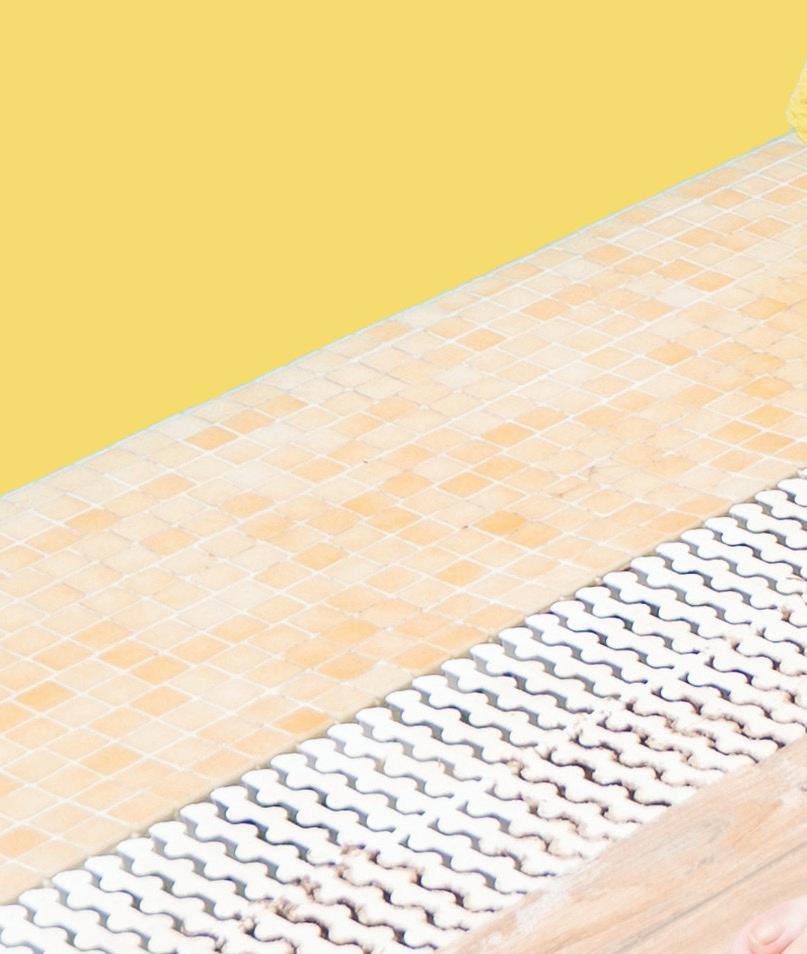
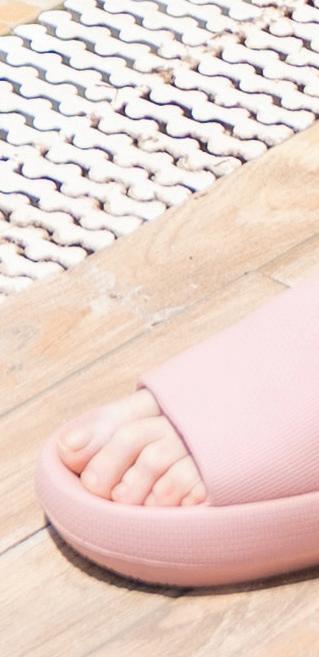
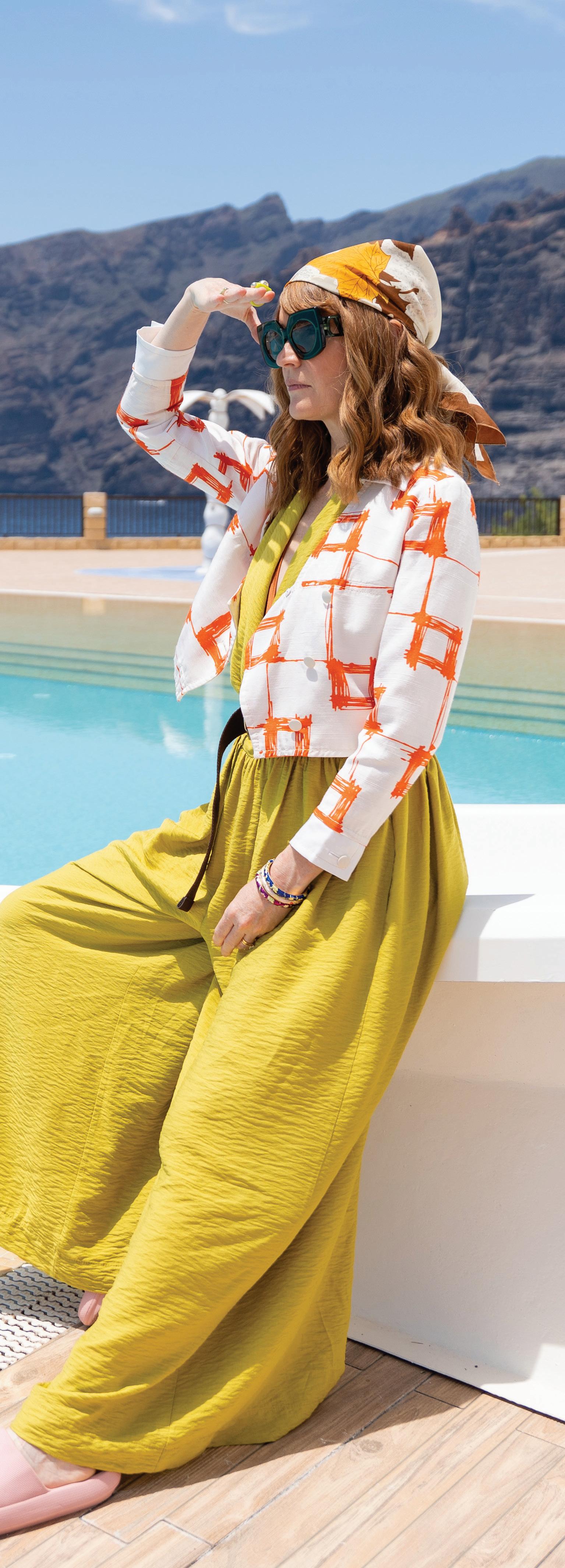
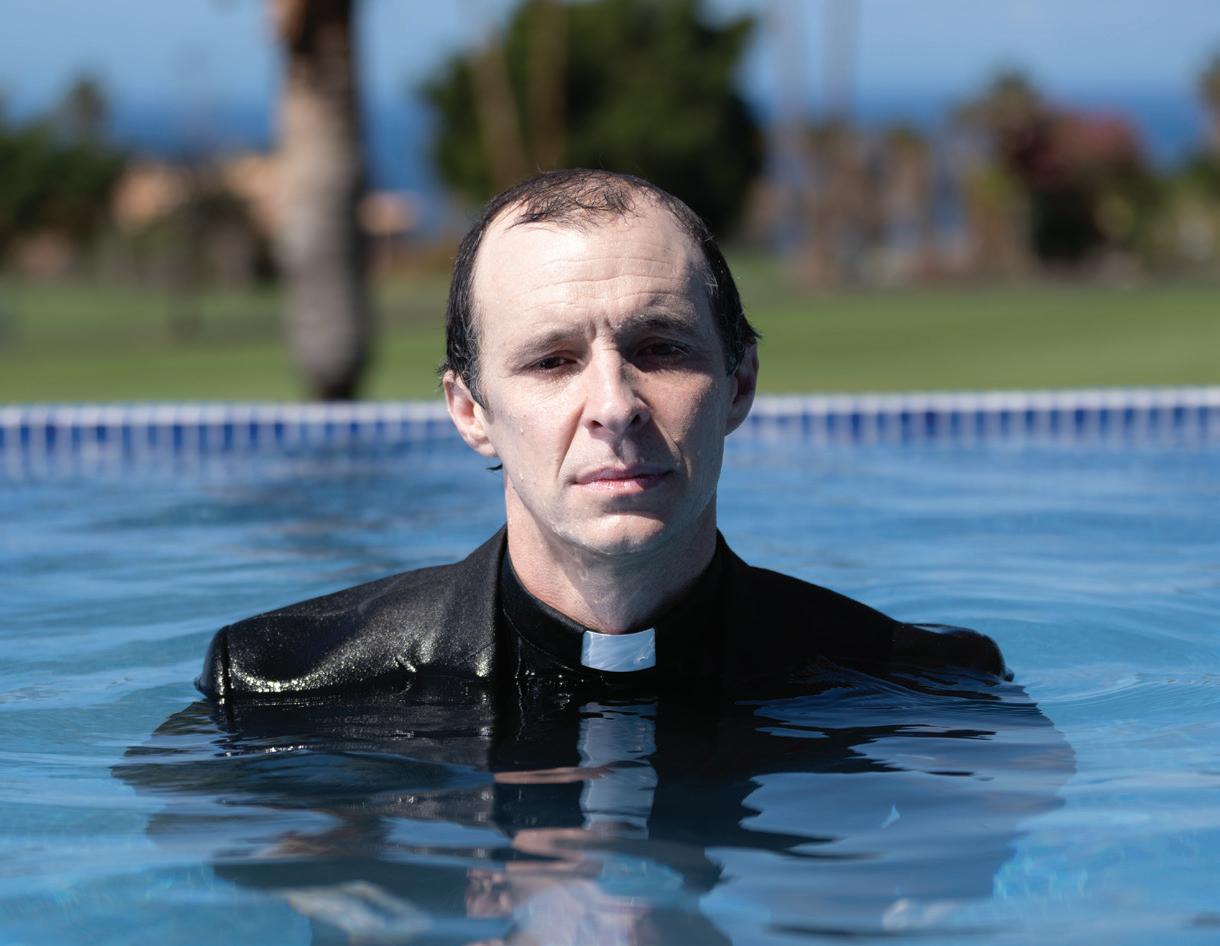
“When you’re watching procedure, why does nobody ever say anything funny? It seems like there’s an obligation to drain all the funny things out of a show in order to make it seem real. But people say funny stu all the time.
John Butler
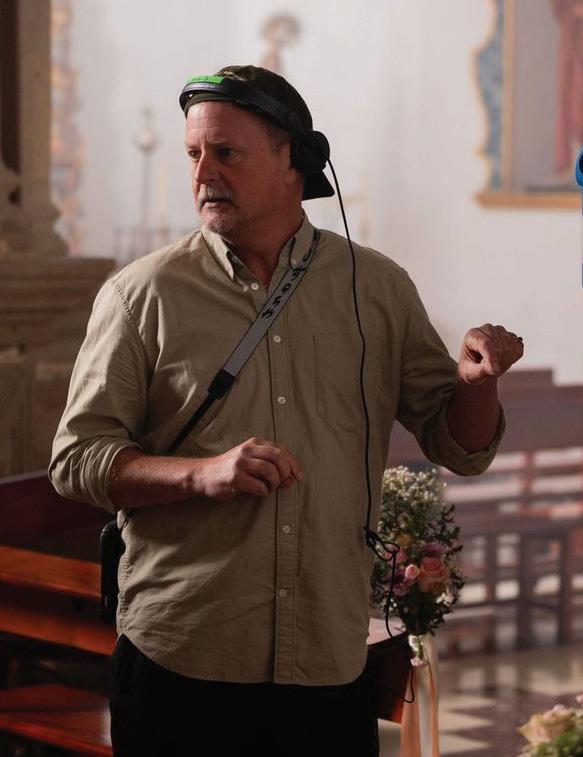
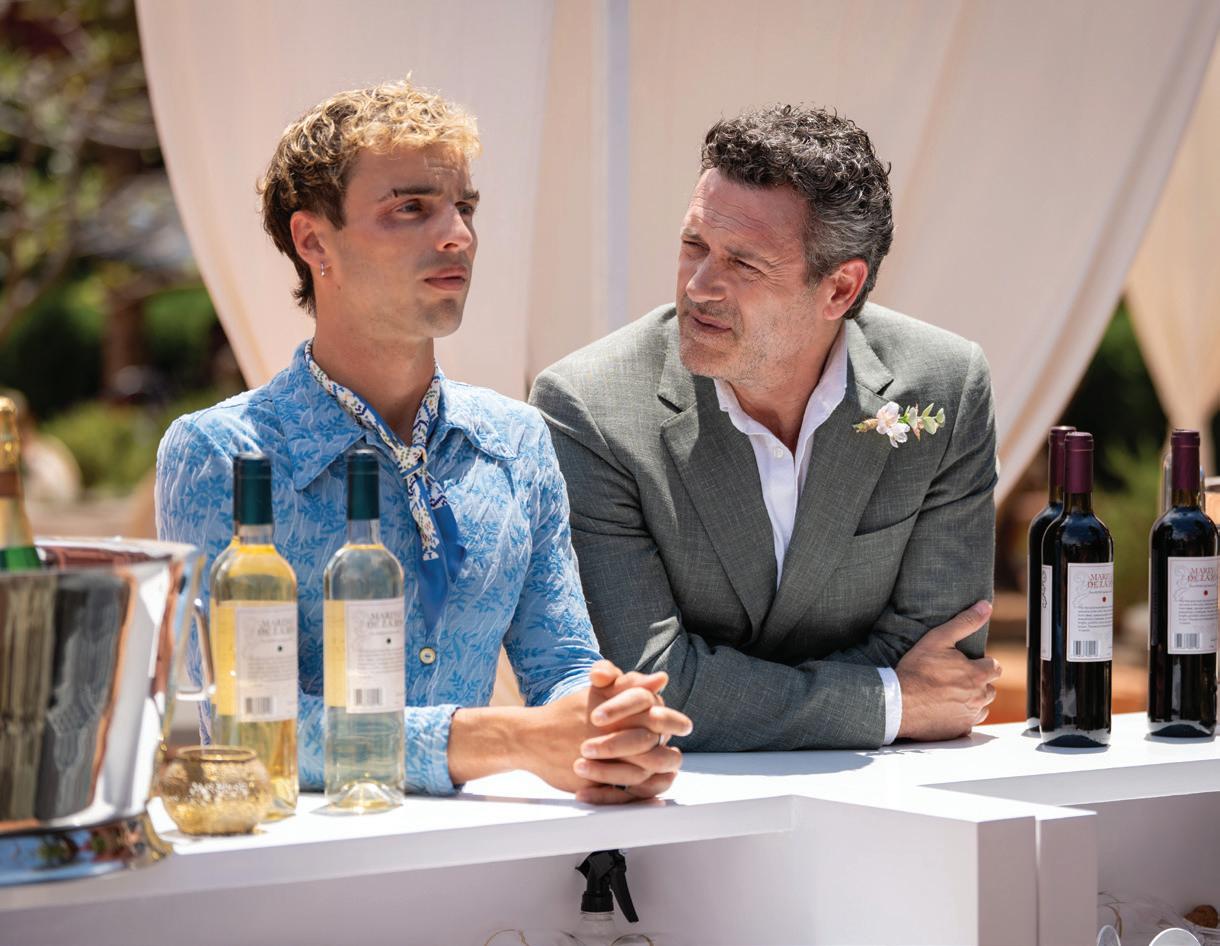
The show has an ambitious structure, comprising “six interwoven films.” What was the thinking behind this? Deep subjectivity is fascinating to me, and underused on TV. There’s a clear ‘A’ story here to follow, of course, but why not jump from person to person and see exactly what the approach of a wedding does to different people while you’re at it?
What was the writing process on the show? I wrote the first two episodes and a series outline on spec, and then assembled a small writers room to generate story for the other four episodes, all of which I wrote. When a show has multiple points of view, that needs to be represented in a writers room, but ultimately These Sacred Vows has to be the vision of one person.
How did you approach mapping out the six episodes, and the tricks you would play on the audience in terms of observations of different characters and events?
I always wanted to make it about what people’s assumptions would be about various characters, and then to subsequently reveal that those characters were thinking a little bit differently. It’s fun playing with people’s assumptions. I always think the best films do that. They seem to know what you think about a person at a particular point in time, and then they subvert it a bit.


love is obviously put to the forefront. I always thought it would be nice to have a story where it’s at a wedding, which is about romance, but the story is looking at friendship and asking the question, ‘Aren’t these relationships just as important?’ Then I always wanted to do something about the mother of the bride, and I also felt it would be nice to do something from the point of view of a priest in a day and age when they’re reviled, probably, in Ireland, and the hypocrisy of a Catholic wedding – because most people who have Catholic weddings now aren’t, in fact, Catholic. I just thought there was a nice irony to push out there and explore.
Did any other films or series inspire the structure?
I’ve never seen that structure before, to be honest. But obviously there are certain comparisons to be made. On the surface, it’s maybe similar to The White Lotus , although these are strictly middle-class people. It’s not a show about extreme privilege; it’s a show about the people in the middle.
In terms of inspiration beyond that, I really like comedy drama. I adore Robert Altman’s films, and Short Cuts was an interesting reference. Maybe a little bit of Twin Peaks , and maybe a little Boogie Nights while we’re at it.
Where does the comedy come from in the series?

know where it goes in the show and it’s your responsibility as to whether it works or not. But it’s singular. It’s one voice. There’s a lot of responsibility there. It’s also a pleasure and a joy and it’s thrilling to take something from the desk through the filming location and through the edit and onto the air. It’s a great experience.
Why did you choose to film in Tenerife, and how have you used the island as the setting? There’s the obvious answer first – the tax break! But Irish people have been holidaying in Tenerife for decades, buying homes, playing golf, wintering out. And Irish weddings abroad are a very popular phenomenon. This is a middleclass wedding, and the setting really fits that.
I always knew it was five episodes on successive days from different points of view, and I always knew the last episode would be on the day of the wedding from everyone’s point of view. I always knew you’d never see the bride and groom, because I’ve been to 100 Irish weddings now and they’re the least interesting people in the room because they’re happy. So who cares? That was the loose structure all the
I always knew it was five episodes on way through the show.


How did you decide whose perspectives to

funny and everything’s serious all the time and simultaneously. These are real people. It’s always struck me, when you’re watching
I’m a comedy-drama guy, so everything’s funny and everything’s serious all the time and simultaneously. These are real people. It’s always struck me, when you’re watching procedure, why does nobody ever say anything funny? I just don’t understand that. It seems like there’s an obligation to drain all the funny things out of a show in order to make it seem real. But people say funny stuff all the time. There are a few jokes, but it’s usually just a comedy of humanity, or humane observation.

the different perspectives?
From a technical standpoint, how did you film the show, and did that change through the different perspectives?

No, it’s the same. That’s the thing that unifies each perspective. I thought that was really important, to make sure all of these distinct world views were seen in the same way by
a lot of Steadicam, and there’s a lot of zoom as

follow?
Well, I always wanted there to be a gay man dynamic really fascinating and very rarely
Well, I always wanted there to be a gay man and his female best friend, because I find that dynamic really fascinating and very rarely written about or seen on TV. And I’m always interested in the value of platonic friendship.
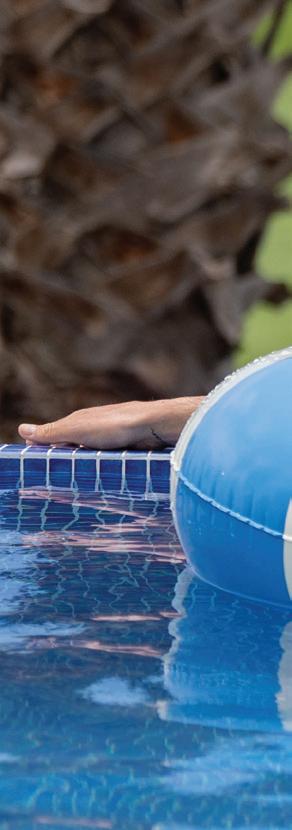
That’s a really lovely concerned with that, and I like that in the context of a wedding where romantic
thing to explore. My films have always been
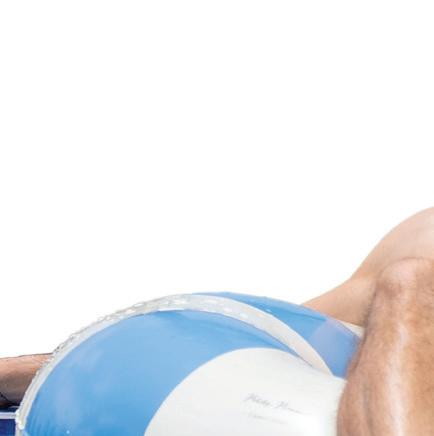

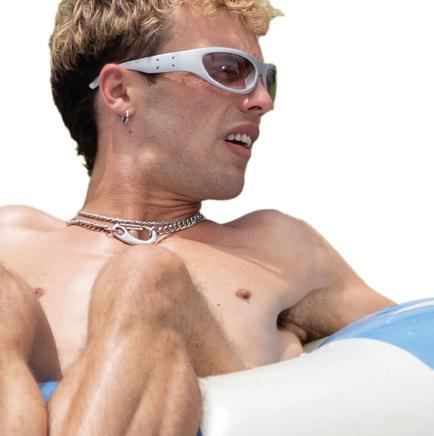


How do you like to balance writing and
directing duties?
I have to be practical when I’m writing. If I me] taps me on the shoulder and goes, ‘Are you sure about that?’ So I have to be real,
I have to be practical when I’m writing. If I put a helicopter in the script, the director [in me] taps me on the shoulder and goes, ‘Are you sure about that?’ So I have to be real, and it’s helpful. Having a singular vision that carries from the writing stage to the directing stage and into the edit is really valuable. Lots of people I’ve worked with in the course of making this have said that too. I don’t have to kick any decisions upstairs or get people’s approval. You can write a scene on the day you’re shooting, you can shoot it, you can
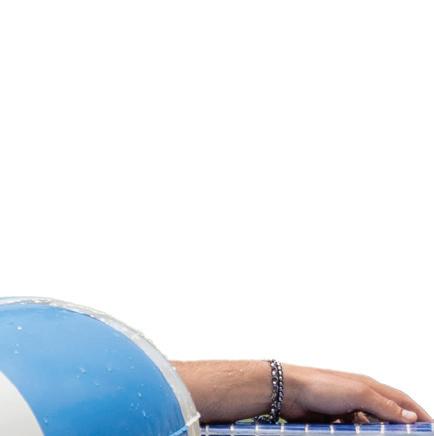


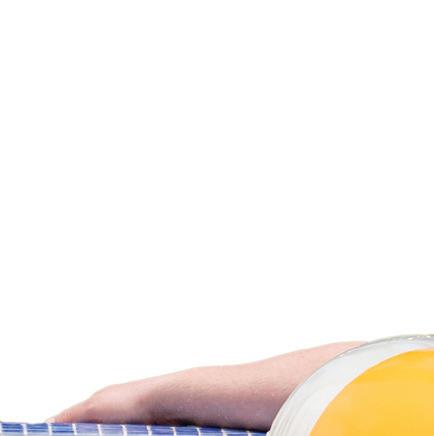

No, it’s the same. That’s the thing that unifies each perspective. I thought that was really important, to make sure all of these distinct world views were seen in the same way by the audience, so it’s very filmic. We shot on anamorphic lenses. There’s a lot of direct POV, a lot of Steadicam, and there’s a lot of zoom as well, because that’s how we look at things. So it’s very subjective. The connecting aesthetic is very important so that people know what the show is from week to week.

Is there potential for a second season?
I would love to do a second season. We’ll see where we end up. But what attracts me is the idea of promises; promises that are made and kept and broken. That is the central thematic idea of the show, and that’s very fertile ground
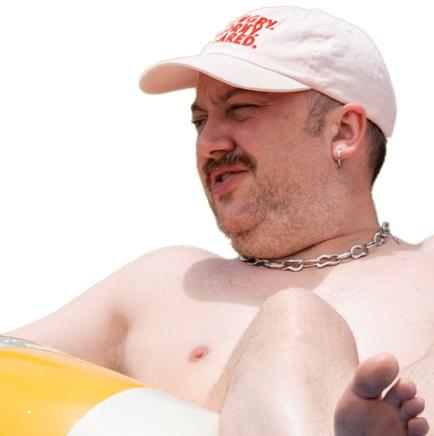
I would love to do a second season. We’ll see where we end up. But what attracts me is the idea of promises; promises that are made and kept and broken. That is the central thematic idea of the show, and that’s very fertile ground for a dramedy. So it could come back, of course it could. But I’ll just continue to edit the first one for a while.
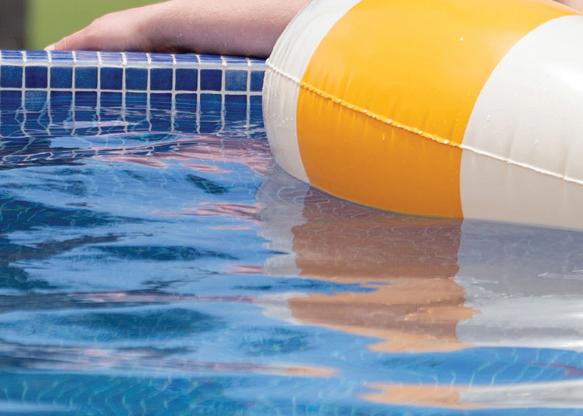




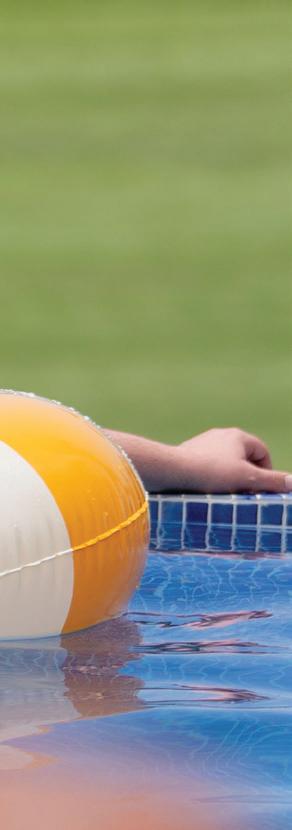

DIRECTED BY JANNEKE VAN HEESCH & RACHEL DE HEER SALES BY INCREDIBLE FILM MILA’S MISSION

DIRECTED BY ARNE TOONEN & MARGIEN ROGAAR SALES BY SKOOP MEDIA

DIRECTED BY BRAM SCHOUW & SIMONE VAN DUSSELDORP SALES BY DUTCH CORE
OTHER SERIES FROM THE NETHERLANDS AT MIPCOM
INCREDIBLE FILM THE FIRST TIME
SKOOP MEDIA
MOCRO MAFFIA S6
DUTCH CORE THE FREEK TAPES IGNITION POINT
LAURA H.
LET’S GO CAMPING LITTLE GOAT SQUAD
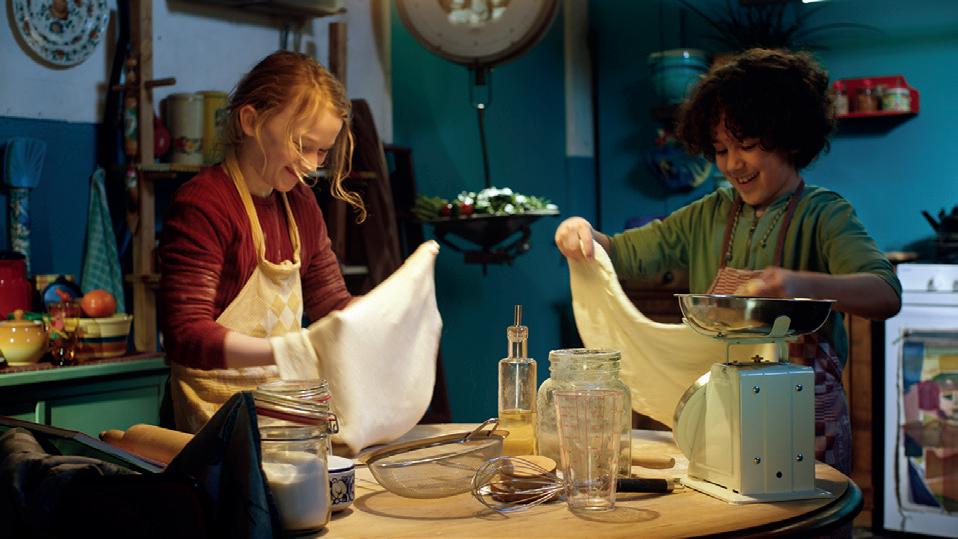
DIRECTED BY HILT LOCHTEN SALES BY INCREDIBLE FILM
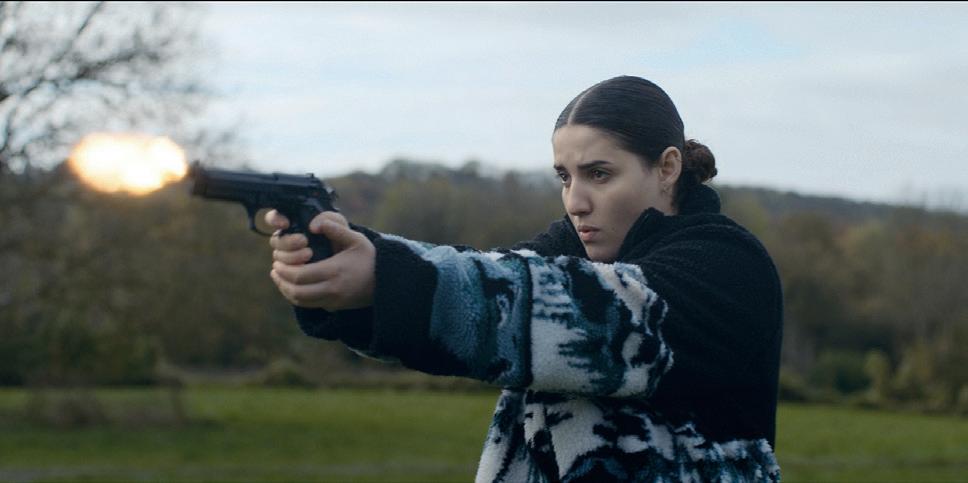
DIRECTED BY FADUA EL AKCHAOUI SALES BY SKOOP MEDIA
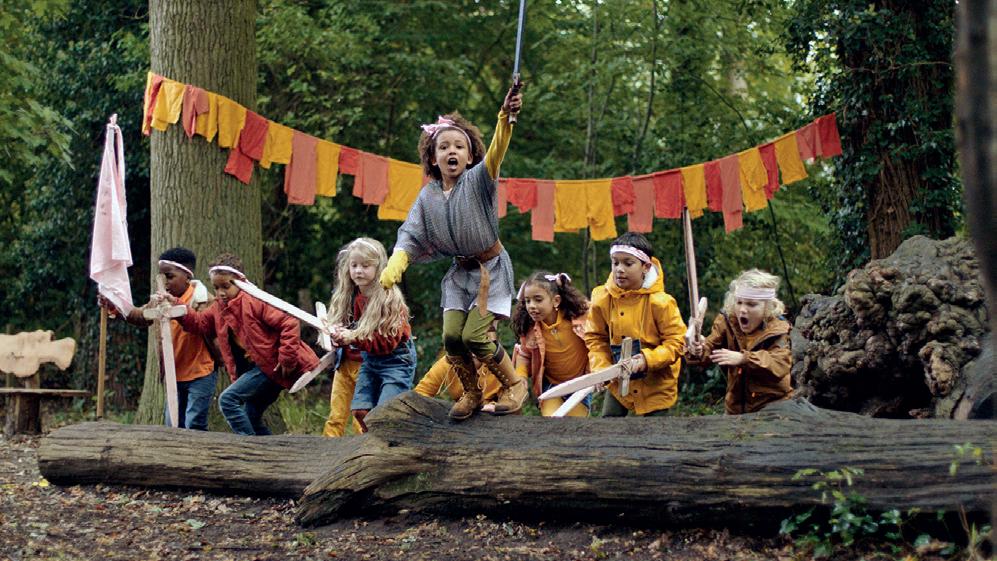
DIRECTED BY ELISABETH HESEMANS SALES BY DUTCH CORE
SAVE THE DATE
DECEMBER 3RD 2025LUNCHTIME SHOWCASE DRAMA SERIES FROM THE NETHERLANDS AT CONTENT LONDON
DUTCH CORE, INCREDIBLE FILM AND SKOOP MEDIA: STAND# P4.B1




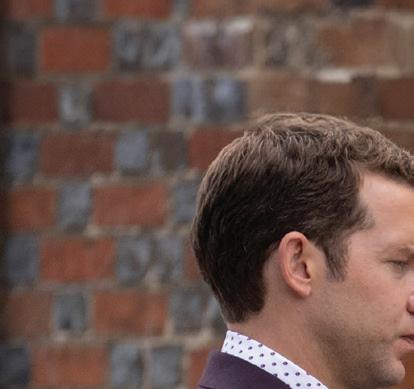

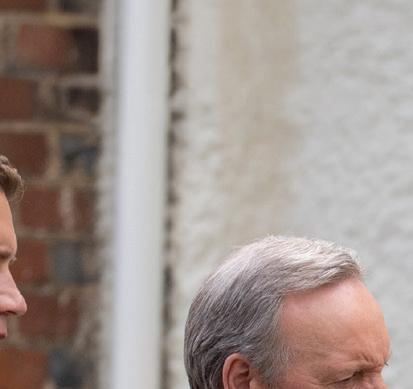
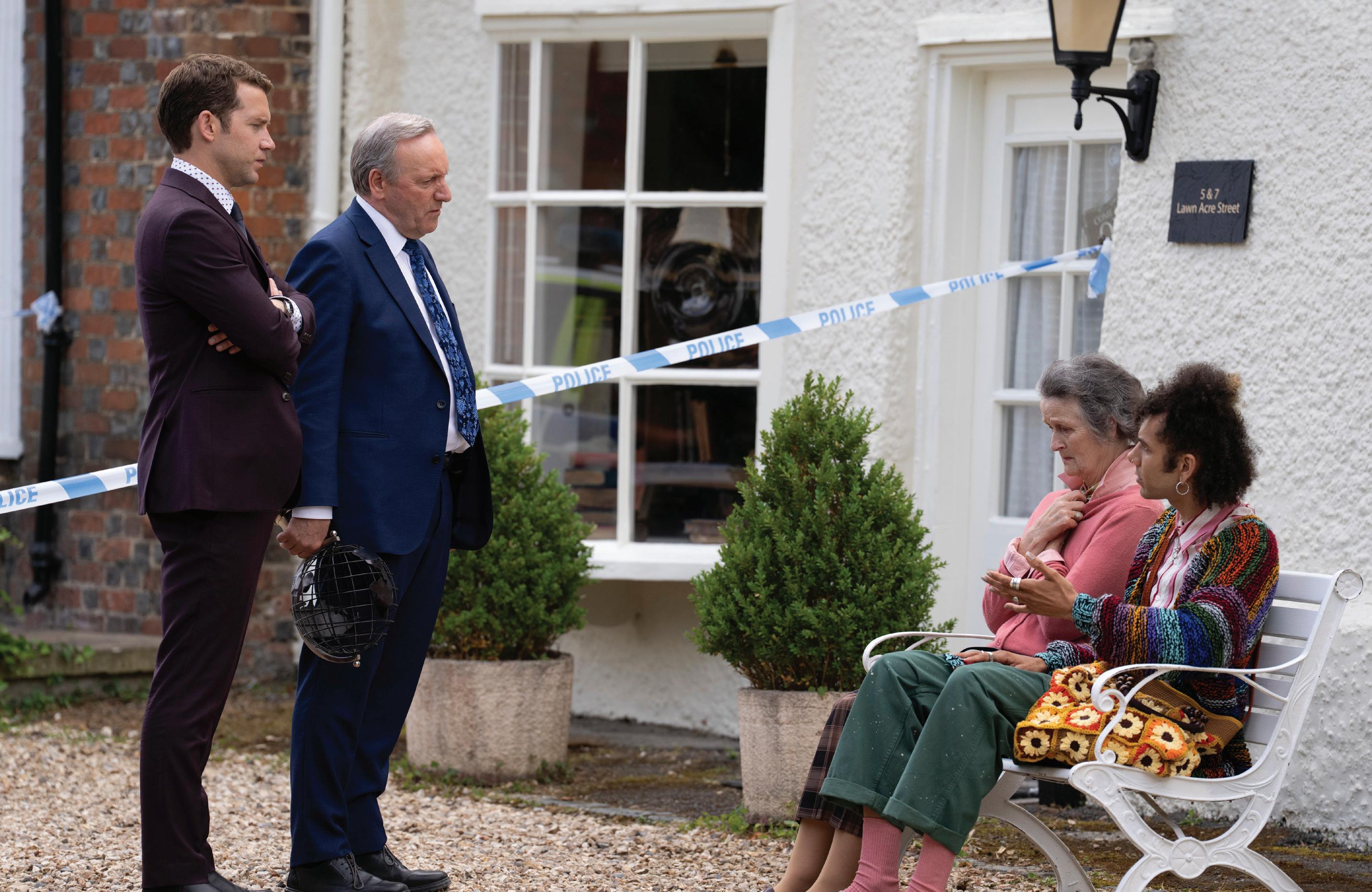

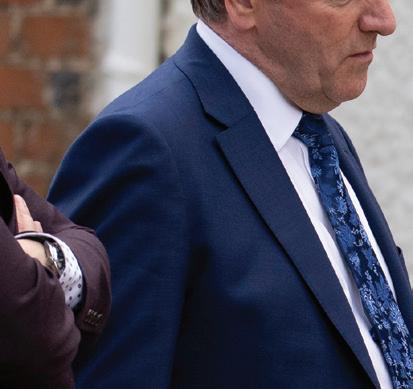



DQ meets Midsomer Murders stars Neil Dudgeon and Nick Hendrix as they film the upcoming 25th season of the beloved crime drama, discussing their on-screen partnership and why suits and scents help them get into character to play the show’s lead detective duo.
On Midsomer Murders, characters have been stabbed, electrocuted, strangled and suffocated, not to mention one poor person who was famously crushed by a wheel of cheese.
But as the long-running crime series marks its landmark 25th season, it is still finding new ways to kill off its victims.
When DQ arrives on set – and interrupts rehearsals trying to find a parking space – filming is nearing completion on the fourth episode in the latest run. Titled Top of the Class, the episode is pitched as Midsomer meets Motherland. The parent-teacher association at Causton Grammar School is in turmoil: hard-hitting headmistress Estelle Harris has stirred controversy by excluding yet another pupil and has further upset parents by cancelling an event with a local author.
It’s then during a virtual meeting of the PTA that events turn murderous, with the episode breaking new ground with what will become known as Midsomer’s first ever online murder. DCI John Barnaby (Neil Dudgeon) and DS Jamie Winter (Nick Hendrix) subsequently arrive to investigate the death, bringing them into contact with rebellious teens, a school secretary with a grudge
and a colourful writer with a dark past.
Written by Helen Jenkins, the episode’s guest cast includes Mel Giedroyc as headmistress Estelle Harris, alongside Georgie Glen, Kenny Doughty, Dean Fagan, Lorna Watson, Lucy Gaskell, Denis Lawson and more. Viewers will get to see S25 –which also features episodes titled Treasures of Darkness, Lawn of the Dead and Death Strikes Three – from November this year, with the series airing on more than 200 broadcasters worldwide, including ITV in the UK, Germany’s ZDF, France Télévisions, Mystery Channel Japan, Sweden’s SVT, DR in Denmark, NPO in the Netherlands and Acorn US. The series is produced by Bentley Productions and distributed internationally by All3Media International.
Sitting at the end of a long, tree-lined driveway, Stoke Court in Buckinghamshire, west of London, has been transformed into Causton Grammar for the episode. Dozens of teenagers wearing burgundy blazers adorned with the school crest walk across the grounds, while a school minibus with similar decals sits outside the grand building.
“We’re just coming to the end of four long months of filming, so we’re probably all a bit exhausted, waiting to stumble over the finish line,” Dudgeon tells DQ during a break from filming. “It’s been pretty good. Everybody seems to be happy with it. What can go wrong in the last three days?”
Dudgeon has played the lead investigator on a number of baffling, often incredible murder cases since S14, after replacing original lead John Nettles (as DCI Tom Barnaby). For the past six seasons, he has been joined by Nick Hendrix, who plays DS Jamie Winter.
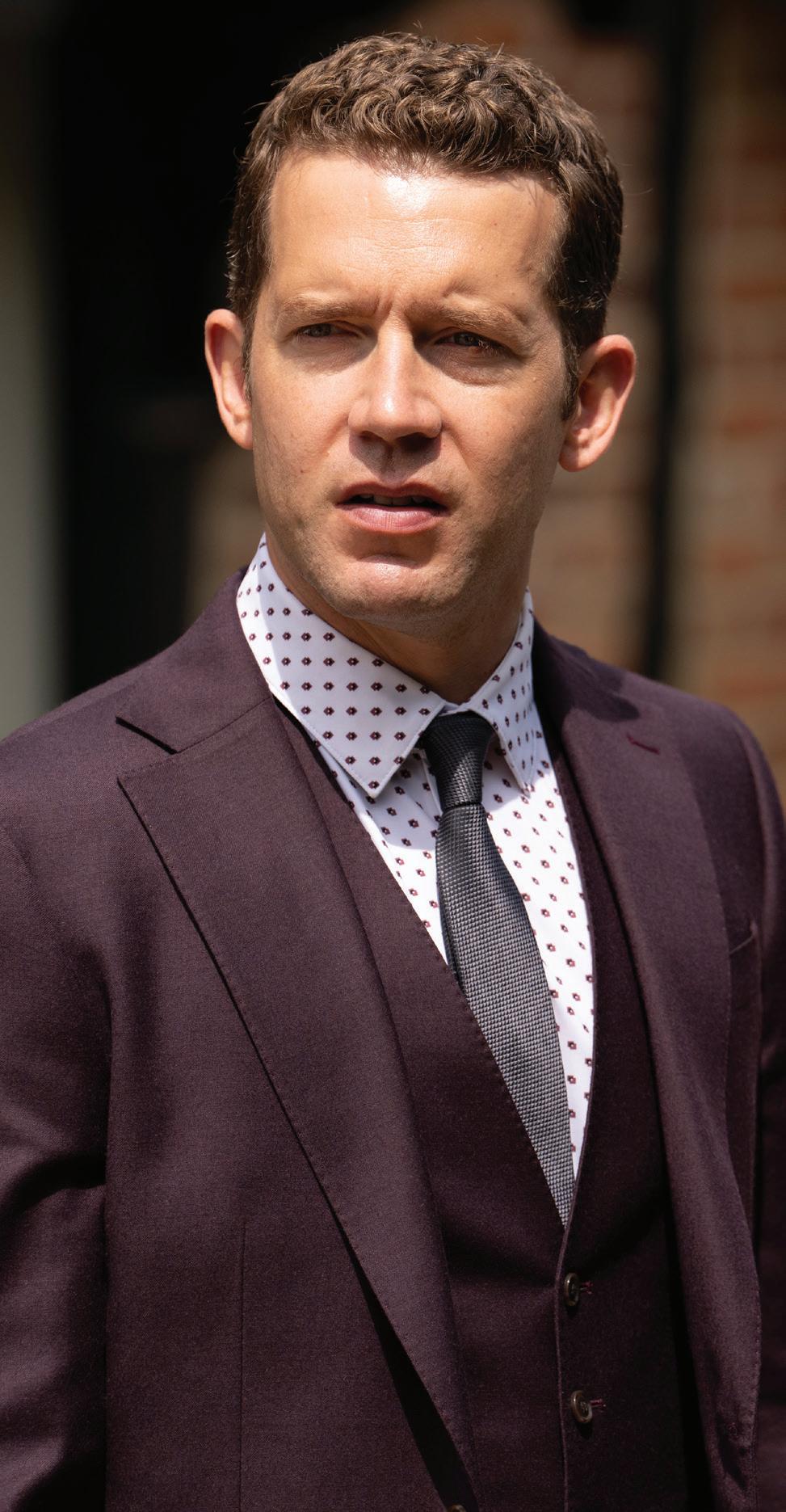

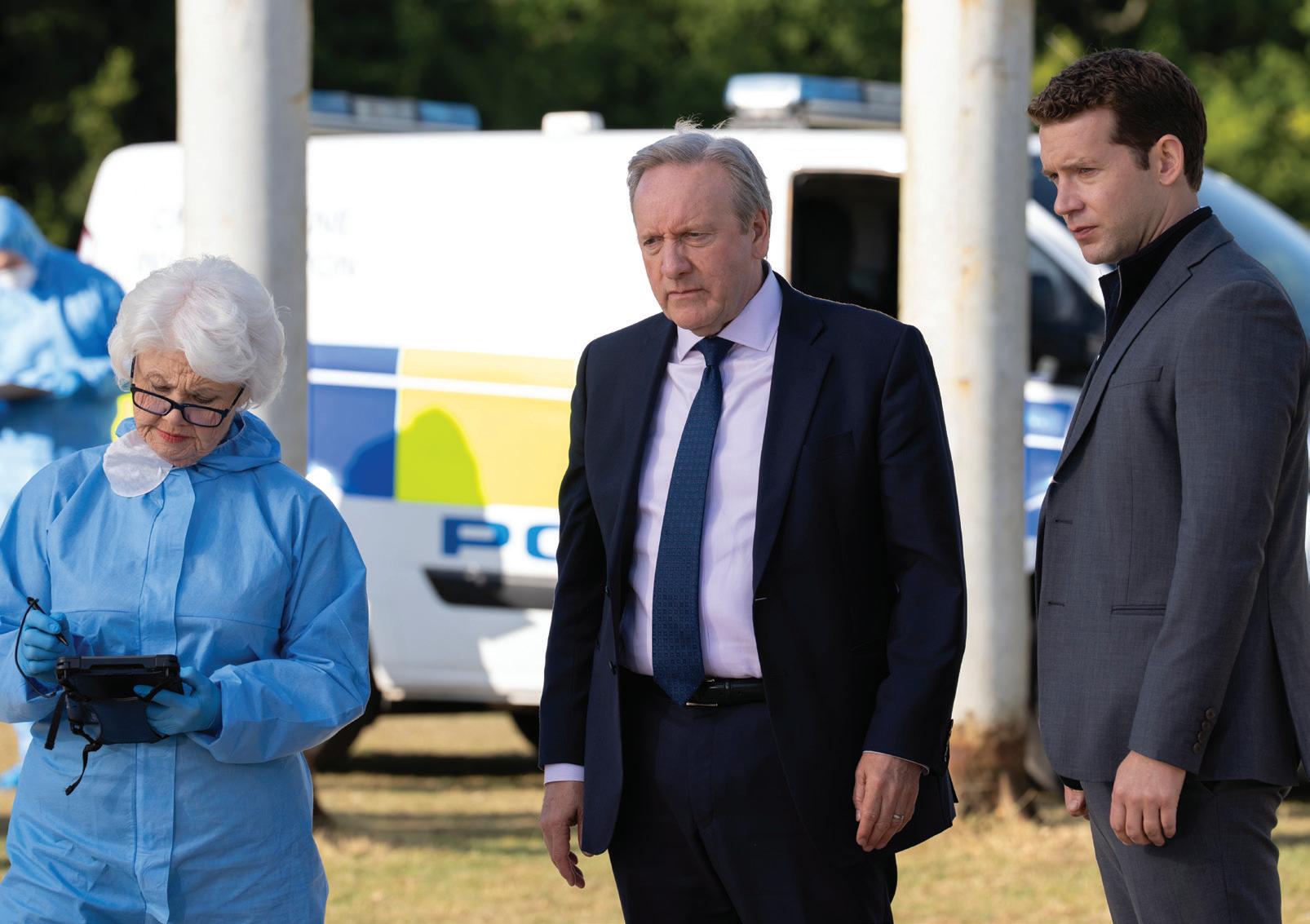
I often hear from people that they find it consoling or comforting or escapist. A large part of the reason is its variety. It’s distinctly Midsomer, but it’s completely di erent every time.
Neil Dudgeon Actor “ ”
The actor praises the show’s writers for continuing to come up with new worlds in which to set the stories and a stream of increasingly “unlikely” or “bizarre” methods of murder. Yet each episode remains quintessentially Midsomer – a formula he describes as a death in a rural idyll, investigated by two detectives, and an ensemble of eccentric characters with motives for the murder.
“Beyond that, you can do anything you want,” Dudgeon says. “There’s been a couple of episodes, famously, that haven’t even had murders in.” Despite that, “it’s always about keeping the balance of that Midsomer tone and that Midsomer flavour, but within that you can go anywhere and do anything, and it’s very free. That’s a big part of its longevity. It can be darker, it can be funnier, all sorts of different things are in the mix. Then you’ve always got the new guests. I often hear from people that they find it consoling or comforting or escapist. A large part of the reason is its variety. It’s distinctly Midsomer, but it’s completely different every time.”
For Hendrix, part of the appeal of starring in Midsomer Murders is the array of locations he gets to visit, and the new guest actors who join the production every four weeks as filming on a new episode gets underway. The key to that, he says, is the show’s case-of-the-week format. “We’re never in one location more than a week, so you can’t ever really get tired of it, which is great,” he says. “There are lots of pros, obviously. It’s just a nice job and lovely people, and you get paid for a living and all those other good things. But as an actor, you want to keep excited, you want to keep interested and get up each morning and think, ‘What are
Created, written and directed by Mackenzie Crook ( Detectorists, Worzel Gummidge) Produced by Gill Isles ( Gavin & Stacey, Alma’s Not Normal)
Created, written and directed by Mackenzie Crook ( Detectorists, Worzel Gummidge) Produced by Gill Isles ( Gavin & Stacey, Alma’s Not Normal)
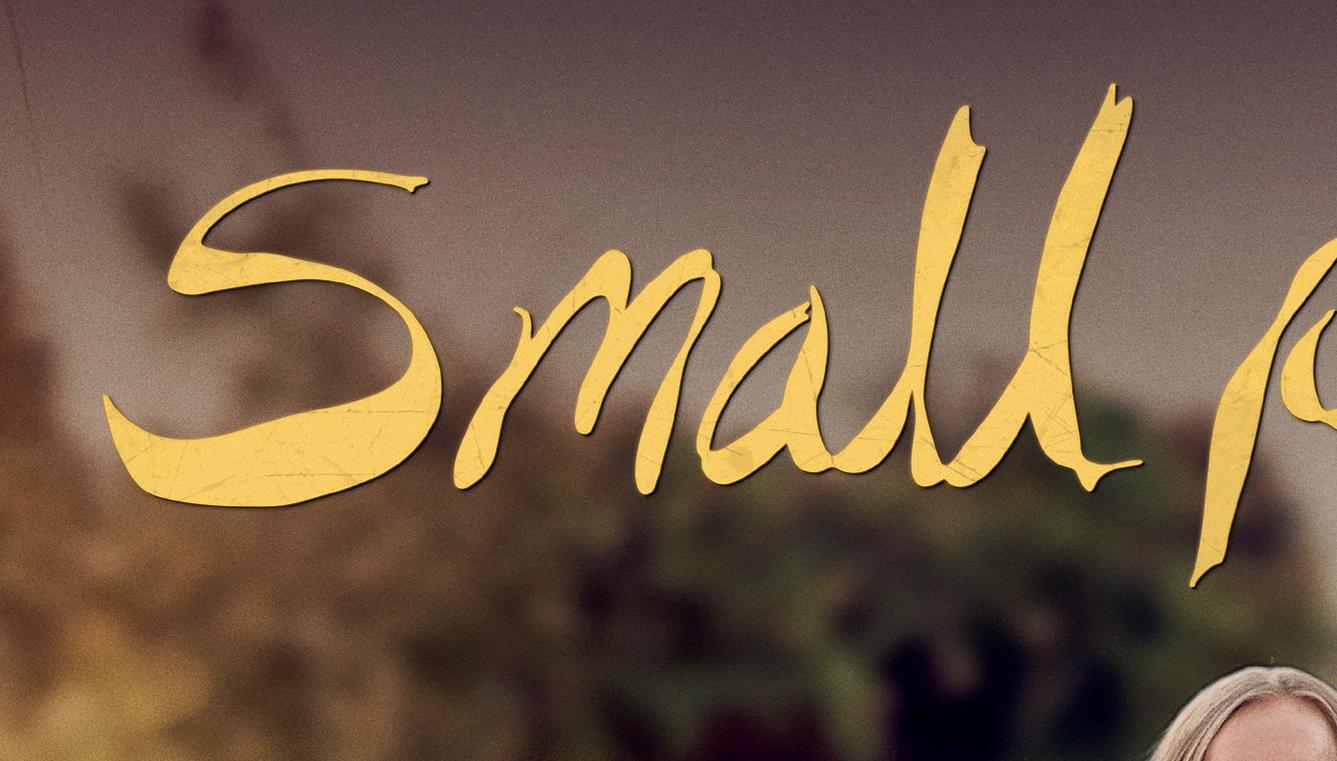

Comedy Series: 6 x half hours

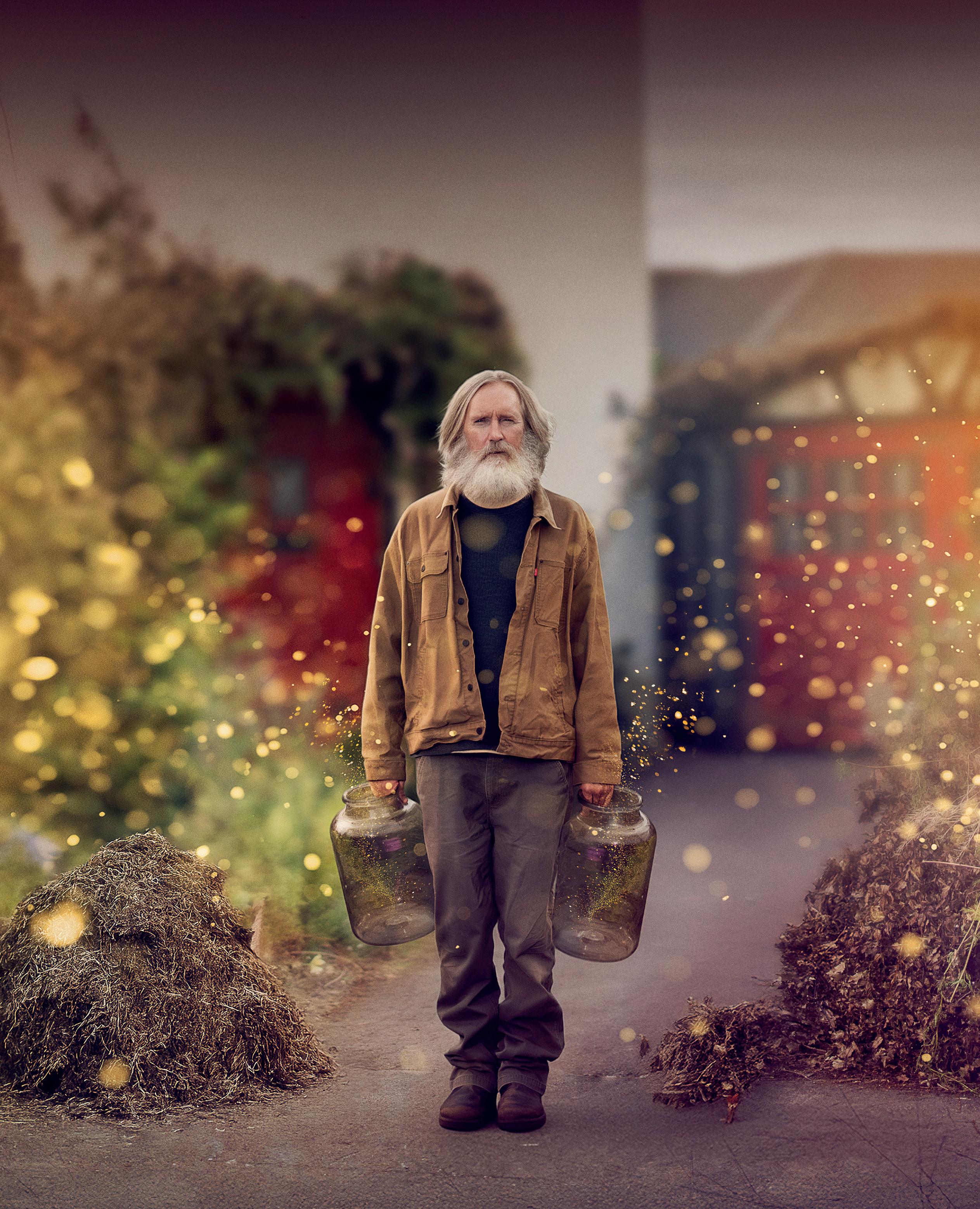

sphere-abacus.com
sales@sphere-abacus.com

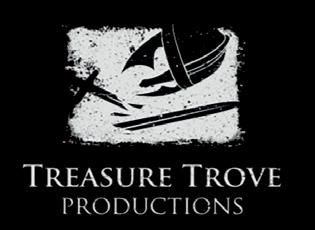

we filming today?’ and standalone episodes are the key to that.

“That is really the key to the enjoyment of this job. One big part of that is the locations. But also the actors. Every episode, we get a new gaggle of actors to interview and see what they’re up to and what’s going on in the world. I also find it becomes a ‘Six Degrees of Kevin Bacon’ situation where you either know someone or someone they’ve worked with.”
When Barnaby arrives at the murder scene – a juxtaposition of a terrible crime in a chocolatebox location – “he always starts slightly baffled,” Dudgeon says of his character. “As the policeman, you always turn up and think, ‘Oh, what can we deduce from this?’ and you start piecing that together. Then, happily, in Midsomer, you will find not only a murderer at the end of it but you’ll also find another 10 or 12 of their neighbours who were doing something they shouldn’t be and that they’re lying about very ferociously. That’s always part of the fun for Barnaby and the audience – just about everybody is lying, but only one of them is lying about not being a murderer.”
With a new murder to solve in each featurelength episode, it doesn’t leave a lot of time for onscreen character development between Barnaby and Winter. Instead, that work takes place behind the scenes as Dudgeon and Hendrix spend 12 hours a day together across a four-month shoot. “You are seeing significantly more of one’s crime partner than you are of your own family,” Dudgeon jokes. “Obviously it brings a closeness to it. Certainly from my point of view, it makes it more comfortable when you’re working with somebody that much and you get used to playing with and off somebody. That’s a very nice relationship to have.”
“Most of the time, you come in for three days on a thing, you don’t know anyone’s name, you shoot some hectic scene and then you leave. There’s no relaxing there. It takes years,” says Hendrix, who enjoys a second career as a motoring journalist and has also set up his own production company, Irene Pictures. “What we’re lucky with is that the relaxedness of me and Neil is so palpable because we’ve worked together so long. We’re like an old married couple. So in every scene we do, they get better because we’re just increasingly relaxed and prepared. We know what we’re doing. We’ve always known we’re doing well, but we know it so well. It’s in our blood.”
Notably, Barnaby, like his cousin and predecessor Tom, doesn’t come with the typical hangups or complications other TV detectives must deal with. “Everybody else is tormented and tortured and broken. John’s Barnaby and my Barnaby, they just get on with their job, and they’re affected by it but they don’t turn to drink, they don’t leave the wife and they don’t have affairs or have to drive a particular model of car from the 1930s,” he says. “That was a very deliberate thing from Betty [Willingale, the show’s original producer], which is the thing I’ve always liked about it. It’s very much
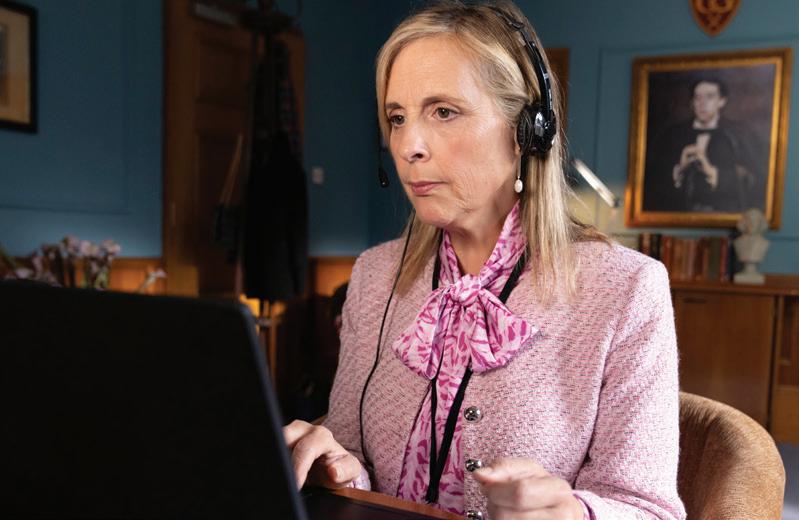
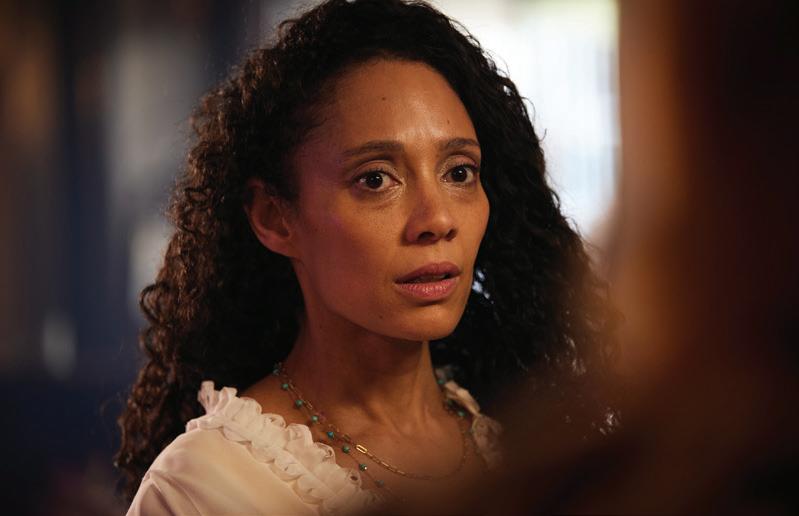
about the characters, their relationships and their stories, and then police come in and analyse that. But it doesn’t then come back on them.”
When it comes to getting into character, slipping into Barnaby’s classic blue suit always helps Dudgeon achieve the right state of mind. “The only time I dress like this, really, is when I’m being Barnaby,” he laughs. “When we return to filming and I go into my trailer and I put on the suit and the outfit, I look at myself in the mirror and go, ‘He’s back.’
“There are occasions when the costume departments say, ‘Oh, for this scene where you’re having the barbecue, we thought this would be at the weekend, so you’d be in jeans and a shirt.’ And I go, ‘Are you sure it’s not after work? Are they going to know who I am if I’m not wearing the suit?’”
External cues also help Hendrix get into character as the equally sharply dressed Winter. But in his case, it’s a smell rather than just his three-piece suits. Inspired by fellow actor and former Midsomer guest star Shaun Dooley, who picks out a new aftershave for every character, Hendrix went to his collection of Hugo Boss fragrances to find one that he now wears every time he suits up to play DS Winter.

“I’ve always worn the classic Hugo Boss, and everyone in my family knows I wear Hugo Boss so whenever it’s Christmas or my birthday, people think, ‘I’ll get him Hugo Boss.’ But what happens is I’ve been bought every single Hugo Boss scent they make, because no one remembers which one,” the actor says. “So I’ve got this drawer full of the entire Hugo Boss range. Then I was like, ‘Well, I’ll pick one of these and one of these is just going to be Winter,’ so I’ve got one I wear. That’s my little way in. Thank you Shaun Dooley. They didn’t teach me that at drama school.”
The collection of episodes in S25 – the school-set episode with an online murder is joined by stories about a group of mudlarkers, a lawn bowling club and one set on a private estate playing host to a carpentry festival – leads Dudgeon to describe it as a “very good season,” full of the quirky humour and eccentricity for which the show has become known since its debut in 1997.
“But you’ve got to keep the right tone,” he says. “People have been murdered here, and this is all terribly serious. Whether they’ve been drowned in chocolate or they’ve been turned into a giant candle, they’re serious and real things with the eccentricity and the human woven through it.”
He adds: “If you ever think, ‘Oh, look what we’re doing. This is outrageous and funny, isn’t it?’ then you’re not taking it seriously enough. Then you just become a bit smug or knowing. It’s got to remain, first and foremost, a serious mystery drama with the humour in it.”
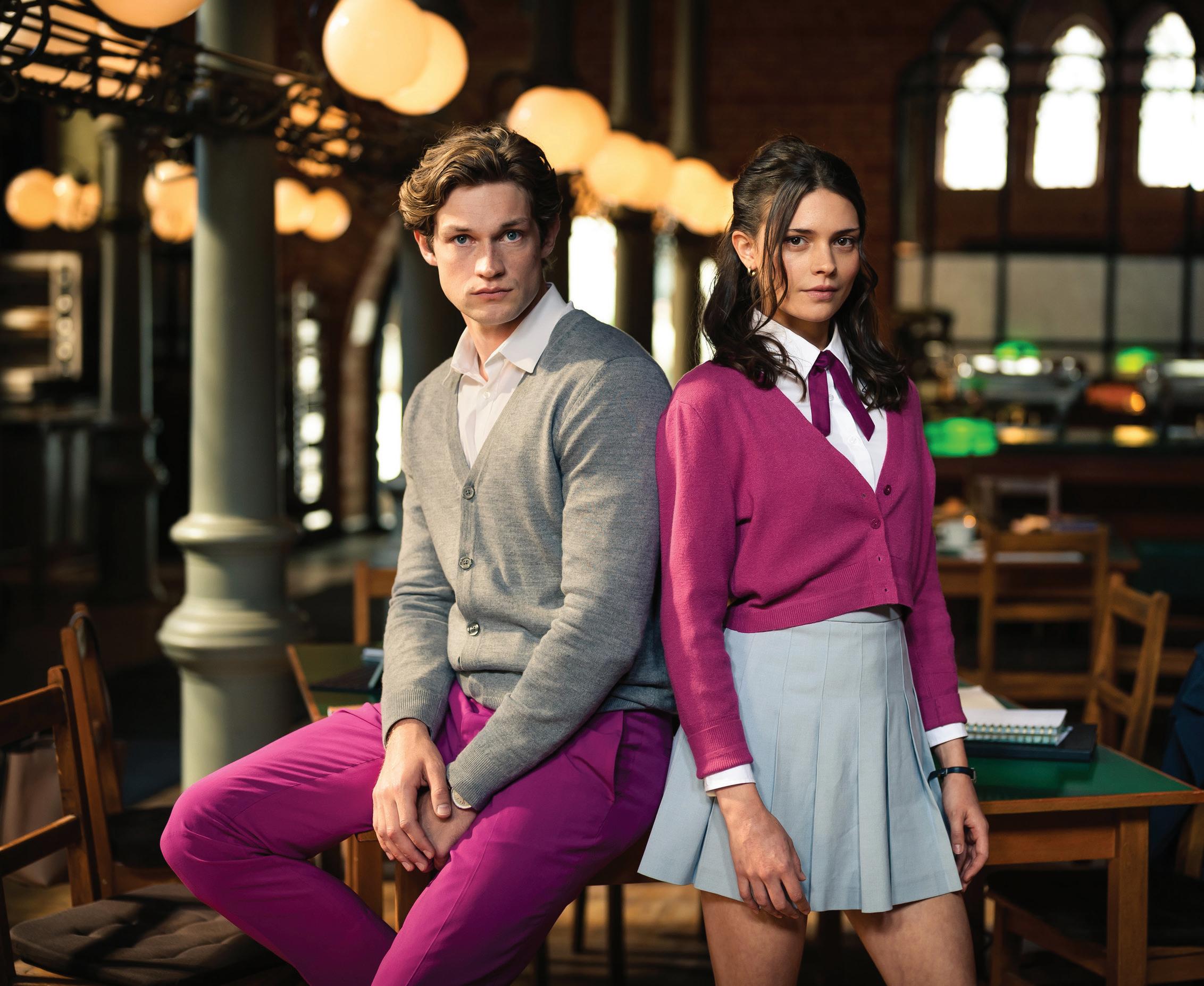
After becoming a global breakout hit in 2024, Maxton Hall – The World Between Us returns for a second season. Producers Ceylan Yildirim and Markus Brunnemann open up about the show’s success and why it’s more than a love story.
When it first launched in 2024, Maxton Hall – The World Between Us became nothing short of a sensation.
The German series, which is produced by UFA Fiction for Prime Video, introduced scholarship student Ruby and arrogant millionaire heir James, who clash at the titular private school. But what begins as a passionate exchange of words unexpectedly ignites a spark between them.
Based on Mona Kasten’s novel Save Me, it achieved the largest first-week global viewership for an international original series in Prime Video history, reaching number one on the streamer’s charts in more than 120 countries.
At the start of season two, based on Kasten’s second novel Save You and debuting in November, everything seems to be going perfectly for Ruby Bell (Harriet Herbig-Matten) and James Beaufort (Damian Hardung) after a passionate night together. But the pair are soon brought back to reality after a turn of events changes James and leaves Ruby devastated.
Here, executive producers Ceylan Yildirim and Markus Brunnemann, who is the MD of UFA Fiction and UFA Serial Drama, take DQ inside the world of the show, reveal how they recreate its British setting in Lower Saxony, Germany, and reflect on the trouble caused by a particular haircut.
Introduce us to Maxton Hall – The World Between Us. Brunnemann : It is a modern love story set against the backdrop of an elite private school. At its centre are Ruby and James – two worlds collide: achievement vs privilege, heart vs expectation.
Why do you think the show has had such an impact around the world?
Yildirim: Many people long for stories that allow them to forget the madness of the world. Experiencing the adventure of first love in a feel-good world like Maxton Hall is pure escapism. Being able to experience the multifaceted emotional world of the characters from their di erent perspectives is an aspect I am convinced plays a decisive role. In the staging and in the voiceovers, we learn how the characters, who come from such di erent worlds, are really doing. Making their intimate inner worlds tangible is a great stylistic device to show there is never just one truth. In their attempt to understand each other, a deep connection develops between the characters. This magic, which was also evident in the interplay between Harriet Herbig-Matten and Damian Hardung, rubbed o on many viewers.









of S1 proved to be the right approach. Taking the fans’ needs seriously is very important to us. Since the first season was broadcast parallel to the development of S2, we were able to evaluate the reactions to our work and incorporate the results into the next step.
Have you responded to any elements fans particularly liked or disliked?
Yildirim: We were overwhelmed with the amount of love for our series. So, of course, we tried to stick to as many elements of the original formula as possible. The only criticism I remember was about Ruby’s hairstyle. The accurately cut bangs are an iconic feature of the main character in the novel. However, after we cast Harriet, it quickly became clear that bangs weren’t the right choice for her. We didn’t expect a hairstyle to cause so much excitement. But now even the hardcore fans of the novel agree there couldn’t have been a better casting choice. Nevertheless, we developed Ruby’s hairstyle a little further in S2.
What can you tell us about the story in S2?
Yildirim : The first season ends with the unexpected death of James’s mother. We pick up the story right where we left off with the characters. The loss of a parent always tears apart an existing structure and leaves emotional chaos in its wake. What this means for the Beaufort family empire and how it affects Ruby and James’s love is one of the central stories of S2.

wake. What this means for the Beaufort family empire and how it affects Ruby and James’s love is one of the central stories of S2.


How did the success of S1 shape your plans for the new season?
Brunnemann : We sharpen what works: chemistry, pace, emotion. At the same time, we expand the world – more character arcs, greater consequences, new challenges.

Yildirim : Engaging intensively with the fan base on social media during the development







What themes does the show explore, and how about contrasts, about the social divide
What themes does the show explore, and how are these taken further in S2?





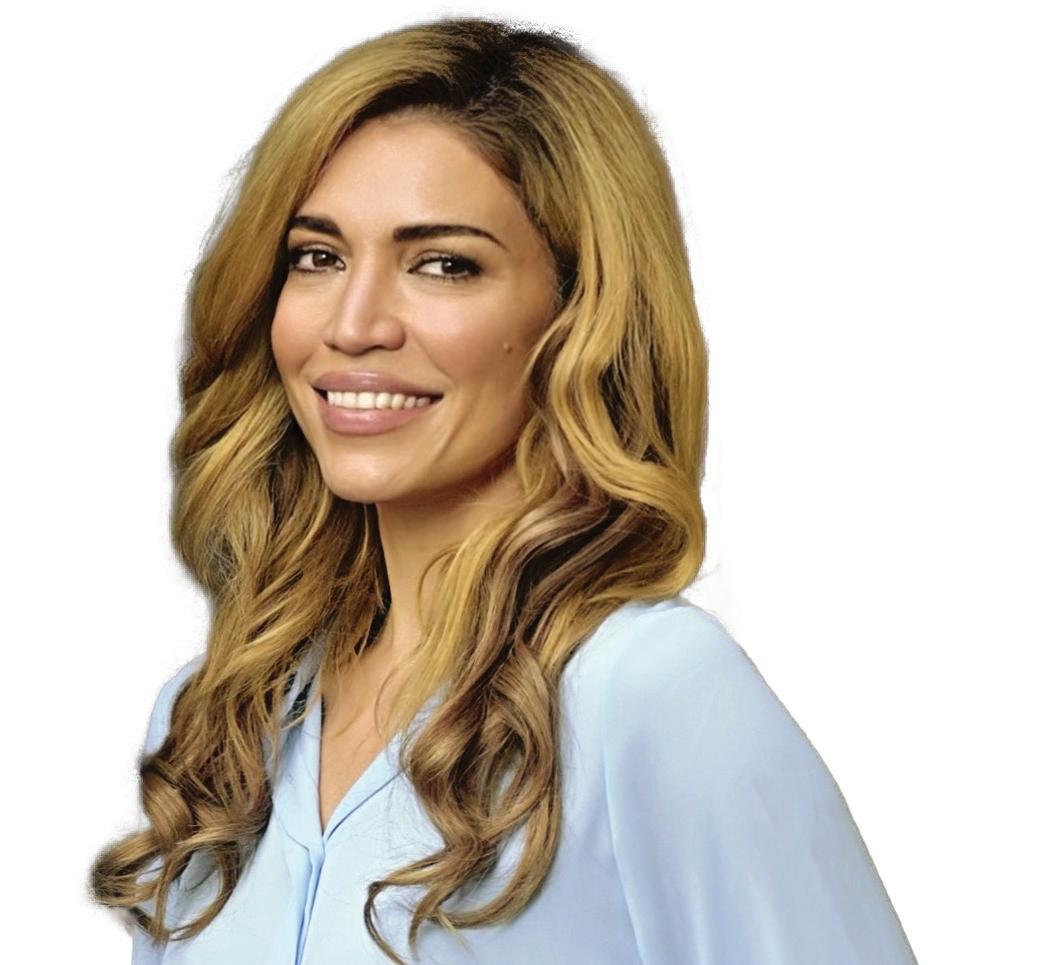


self-determination and freedom, and much more. In S2, the Beauforts’ stroke of fate turns many existing rules in the world of the rich and beautiful upside
: The focus is on the love story of our Ruby and James. Their great love and the resulting collision of their two worlds is the basis for all other themes that arise. It’s about contrasts, about the social divide in a fast-paced society that defines itself by appearances and status. It’s about friendship and trust and the struggle for self-determination and freedom, and much more. In S2, the Beauforts’ stroke of fate turns many existing rules in the world of the rich and beautiful upside down. This changes established relationship dynamics, and James’s



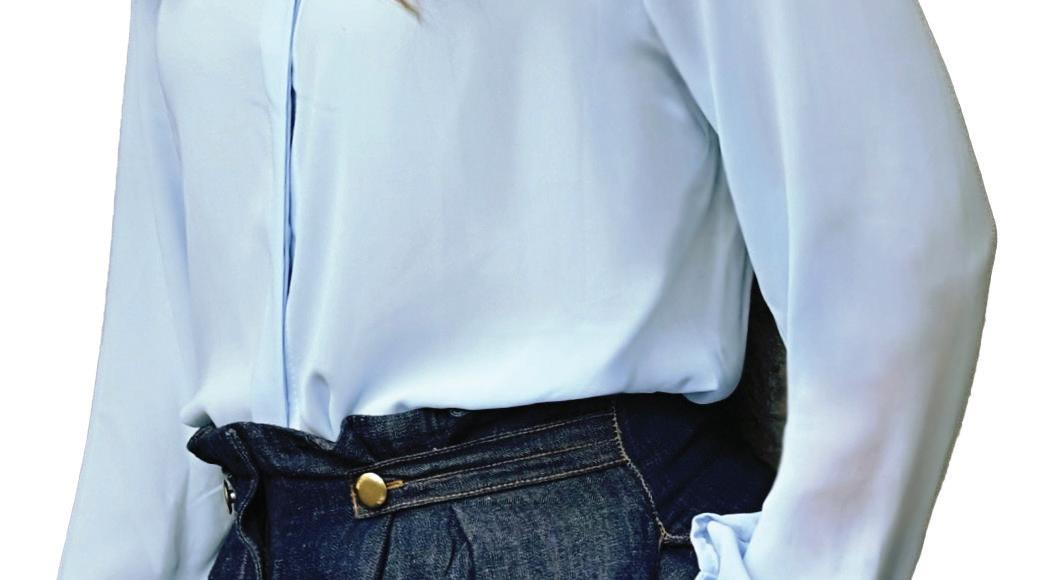







James and Ruby’s relationship is challenged by a family death and a secret pregnancy in S2
circle of friends must also rearrange itself. Furthermore, no one except Ruby knows that James’s twin sister Lydia is pregnant. It’s a secret with explosive potential that significantly shapes her relationship with James and Ruby.
What is the writing process on the show?
Yildirim : There is no standardised writing process, as all three seasons were created very differently. I had already been working on the original adaptation concept for more than a year to find the approach that best suited Mona Kasten’s novel. The series was supposed to be romantic, sweet and larger than life, but at the same time not cheesy and close to the heart. Daphne Ferraro did a fantastic job writing the pilot script and planning the other episodes in the writers room together with seven other screenwriters.
The greenlight for S2 came so suddenly that our writers unfortunately weren’t available due to other projects, which is why I ended up becoming head writer myself. Besides me, there were two other writers, Juliana Lima Dehne and Marlene Melchior, in the writers room. Accompanied by our drama consultant Thomas Laue and Catharina Junk in the script department, I continued writing the scripts right up until filming began.
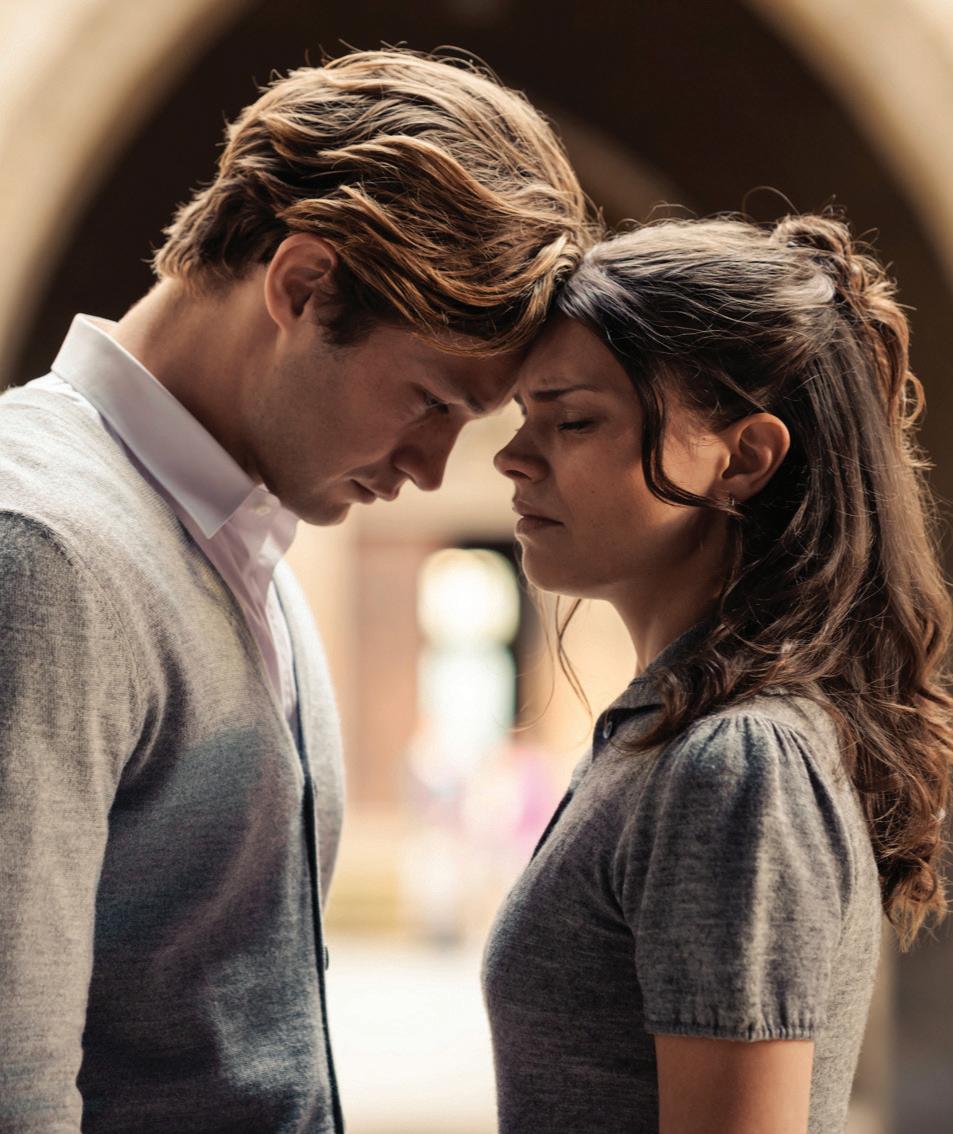
Assuming we might be surprised with a similarly quick go-ahead for S3, Catharina and I wrote the concept in parallel with the S2 shoot. This time, I supervised the scripts as head writer up to the second draft, but then had to concentrate on the post-production for S2. With my colleague Sandra Stöckmann, I got the scripts ready for filming.
Where is the series filmed and how do you use locations in the show, particularly shooting Lower Saxony as the UK?
Brunnemann : Our main set – Maxton Hall, the school – is in Lower Saxony. Besides that, we shot at various locations in and around Berlin that reflect British architecture and campus atmosphere. Historic estates, university buildings and parks give Maxton Hall credible ‘UK DNA,’ complemented by targeted production design and VFX.
How would you describe the show’s visual style, and how is this achieved on set?
Yildirim : In keeping with the genre, we opted for a visual style that uses warm colours, golden light and lens flares. The camera work is smooth, and we always use a Steadicam in gentle motion. With many intimate shots, close-ups of glances and hands, our director Martin Schreier creates a closeness that allows us to connect with the characters immediately. In particularly intense emotional moments, we use slow-motion shots, focus on the characters while their surroundings blur, or have recurring music montage sequences that allow us to immerse ourselves in the emotions without dialogue.
Ceylan, how do you consider your role of executive producer, and what does this mean through development and production of Maxton Hall? Where are you most involved?
Yildirim : When Markus hired me for the project, I first immersed myself in the novel and the fan base on social
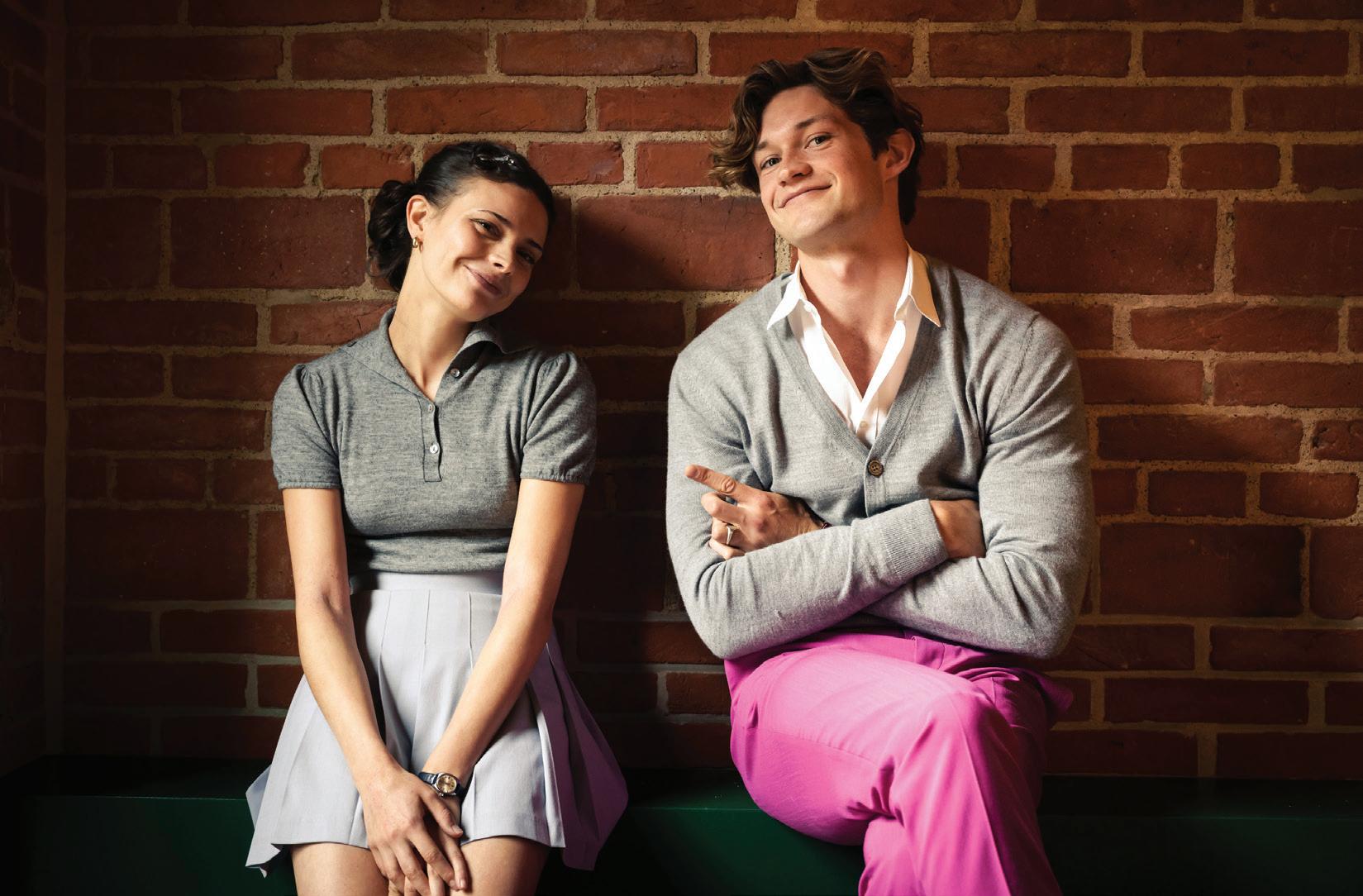
media and researched the genre and its target audience extensively to develop a feel for the right approach. I wanted to know what kind of worlds we were dealing with to develop an emotional and visual vision and, in consultation with Prime Video, find the right creative partners for the various departments.
From developing the concept to the script work, deciding on the heads of the most important creative departments – first and foremost the writers and directors – to the casting process in search of the right actors for the very defined roles, which should be as close as possible to the characters in the novel, I am in regular contact and act as the interface between the broadcaster and the production.
During preparation for filming and during filming itself, I work with my fellow producers as the point of contact for the director and the team on set, provide feedback on the dailies in consultation with the editorial team, and oversee the editing phase and music coordination, from the visual e ects to the sound design and mixing, until every single episode has been approved by the client. This is a huge range of tasks, and communication is key. The decisive involvement in shaping and adhering to the vision of a series while ensuring all the creative and production aspects –especially in a project of this dimension – is what I enjoy most.
How do you hope to sustain the ‘Maxton Hall E ect?’ What can fans expect from S2?
Yildirim : We remain true to ourselves and our narrative values. But there is no standing still in any area of life, and of course the more serious tone of the story also brings a slightly more mature note to the sound of our previous series world. I am very excited to see how the audience will react to this. Otherwise, you can once again look forward to a profound mix of love, friendship, pain, betrayal and the best in popcorn entertainment.
for
“
We wanted to create something fresh without losing what makes the show unique.
Markus
Brunnemann Executive producer
”


What can you tell us about potential plans for the third season and beyond?


: Unfortunately, Mona Kasten’s novel series only spans three volumes, which means our series will end with S3 [based on Kasten’s Save Us]. It’s a pity, but that’s


Brunnemann: Unfortunately, Mona Kasten’s novel series only spans three volumes, which means our series will end with S3 [based on Kasten’s Save Us]. It’s a pity, but that’s exactly why we’re planning a big, emotional finale that will give Ruby and James’s journey a fitting conclusion.
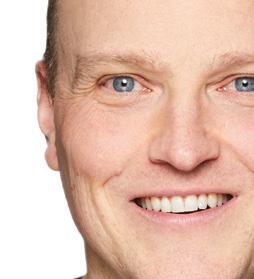


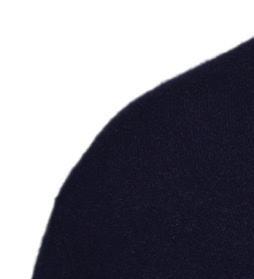
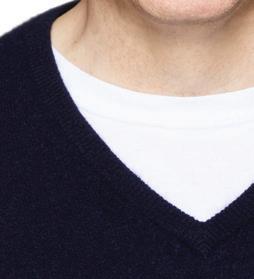

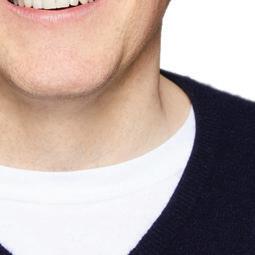
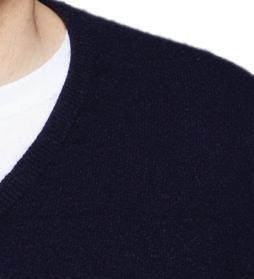
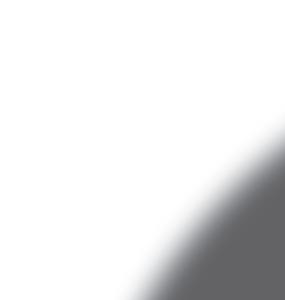












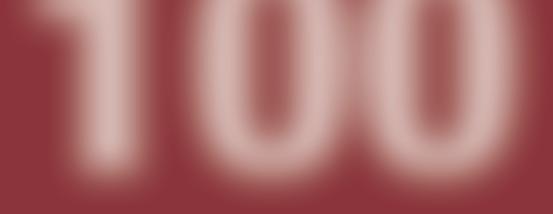


In the third part of the DQ100 2025/26, we pick out a range of shows to tune in for and the actors, directors and writers making them, as well as some of the trends and trailblazers worth catching up with.














IN ICELAND AND ZDF IN GERMANY HAVE PARTNERED FOR THIS CRIME SERIES SET IN THE WORLD OF COMPETITIVE ICELANDIC HORSEMANSHIP. It follows Auður (Ásthildur Úa Sigurðardóttir), a fiercely dedicated rider competing in the national horse championships with her prized stallion, Blesi. When the horse is found dead under suspicious circumstances on the morning of the final, Auður is devastated – and even more shocked when the local authorities refuse to investigate. Taking matters into her own hands, she begins a dark journey into the secretive and powerful world of elite horse breeders in Iceland. Iceland’s Act4 and Germany’s Windlight Pictures are producing, with Wild Sheep Content handling distribution.
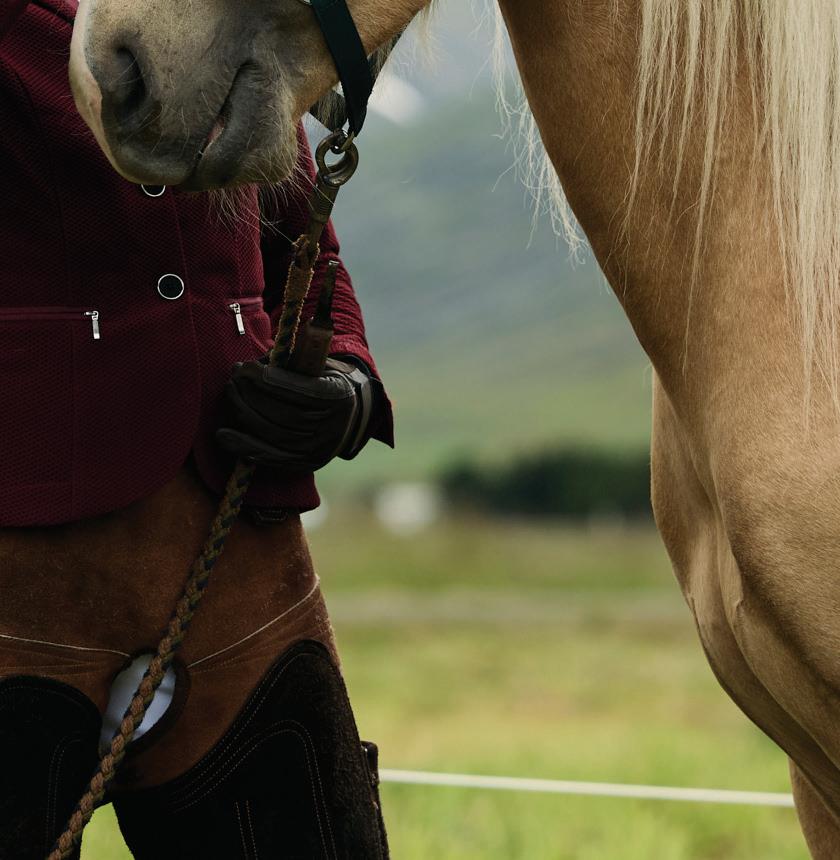

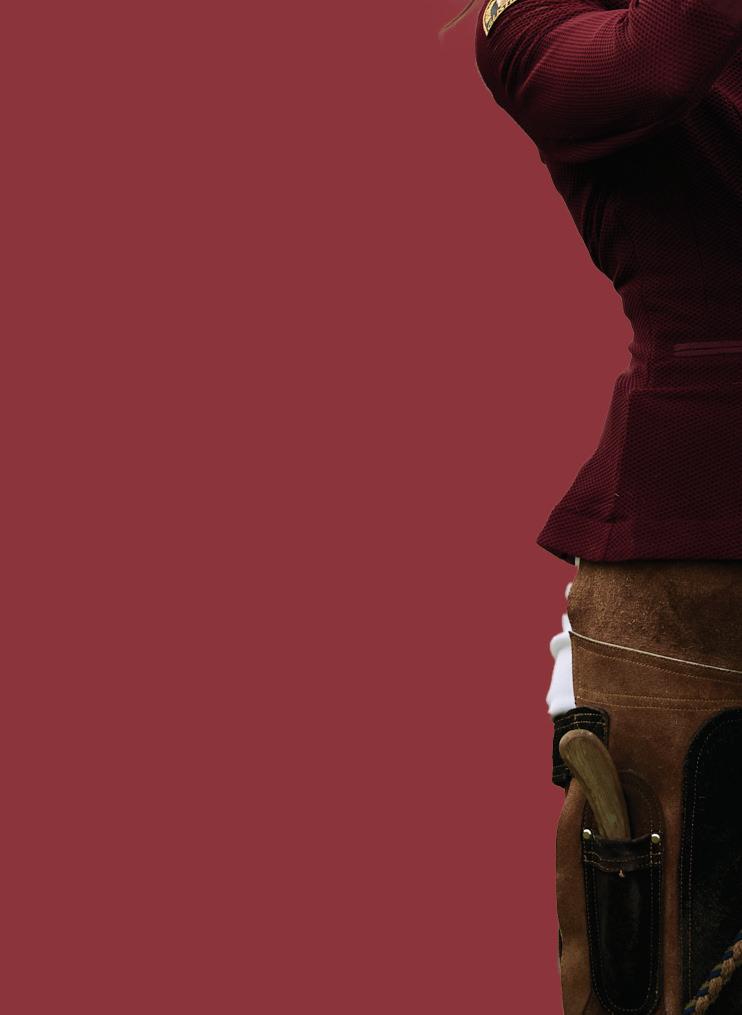
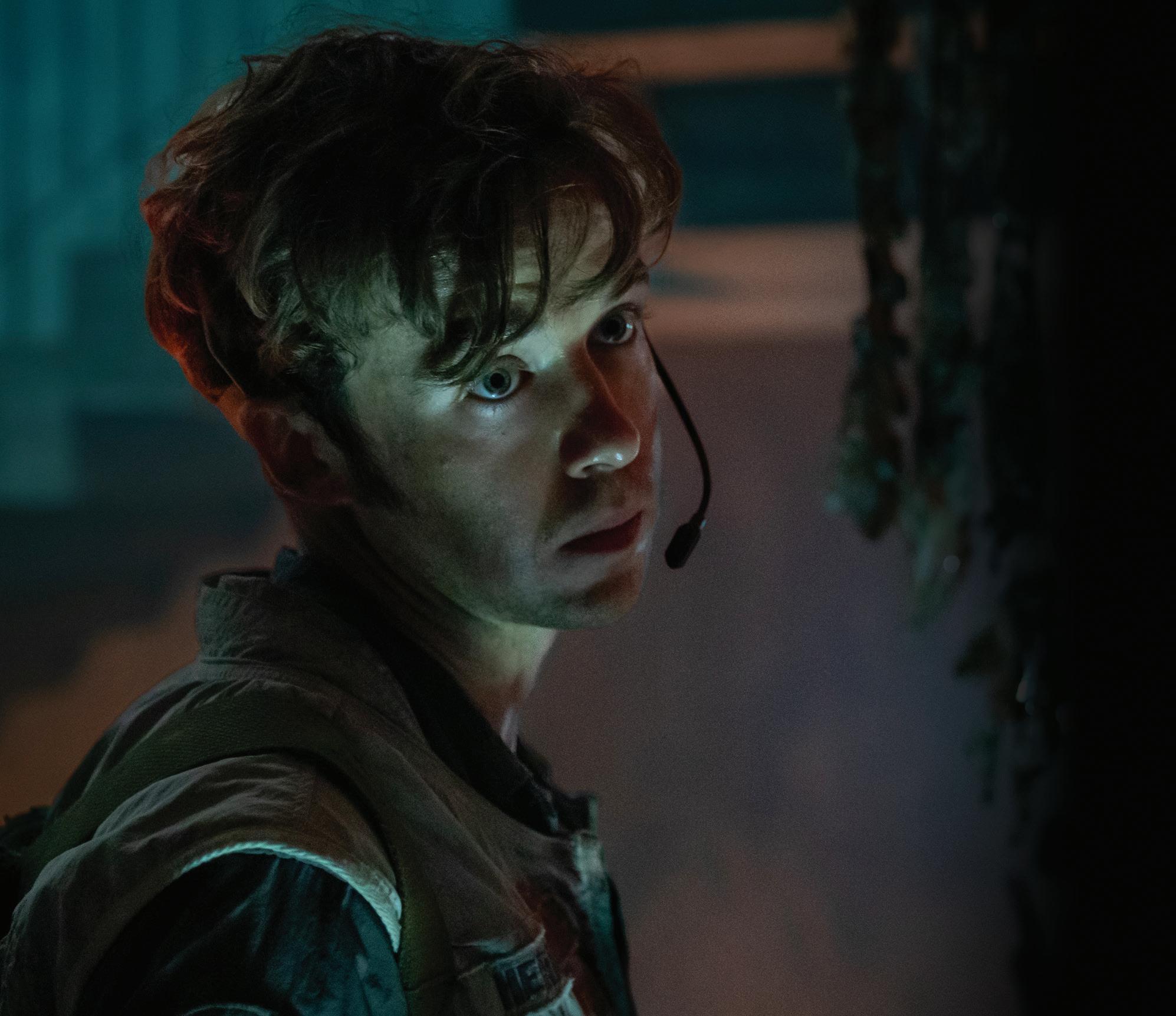
THE BRITISH ACTOR’S BREAKOUT MOMENT CAME IN BLACK MIRROR’S S3 EPISODE SHUT UP & DANCE, before he took the lead in The End of the F***ing World and featured in Star Wars series Andor. Then this summer, he has been hunting – and hunted by – aliens in FX, Hulu and Disney+ sci-fi horror Alien: Earth. He will next be seen as one of the title characters in BBC Northern Ireland series Leonard & Hungry Paul, a six-part series based on the novel by Rónán Hession. Set to air this autumn, it follows two board-gaming friends in their 30s – Leonard (Lawther), a ghost writer of children’s encyclopaedias, and Hungry Paul (Laurie Kynaston), a part-time postal worker who still lives at home – who meander through leafy suburban life finding solace in their quiet routines. However, the unexpected death of Leonard’s mother, the approaching wedding of Hungry Paul’s sister and a tentative new romance for Leonard leads both men to meet a world that is suddenly wider and full of unfamiliar possibilities. Lawther will also be seen in The Altruists, Netflix’s fact-based crypto series about Sam Bankman-Fried and Caroline Ellison.

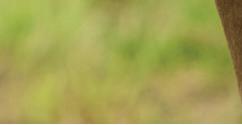

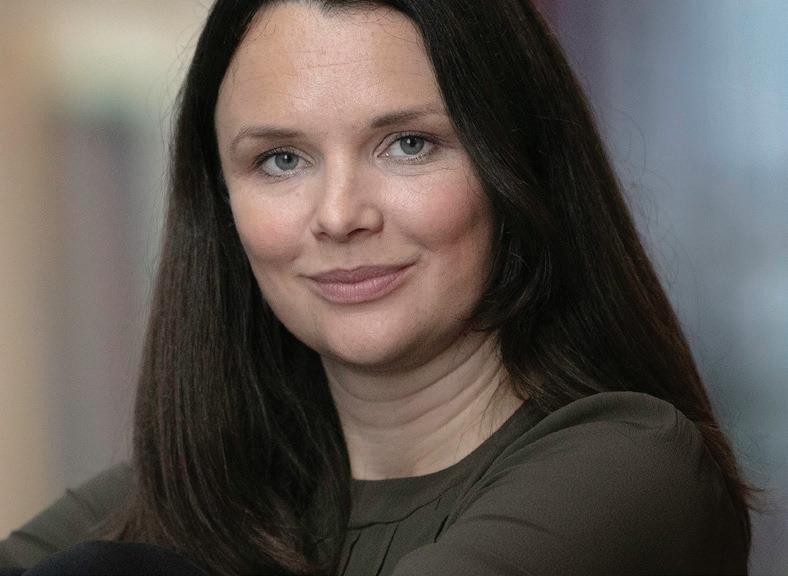

AS HER SERIES ULVEN KOMMER (CRY WOLF) GETS A US ADAPTATION STARRING OLIVIA COLMAN AND BRIE LARSON, Danish writer Larsen will soon begin filming her latest drama for local pubcaster DR. De Bedste Familier (The Best Families) is a story of ambition, responsibility and the human costs of progress, based on real events surrounding a chemical factory and one of the biggest environmental scandals in Danish history. Adapted from the novel by Kim Blæsbjerg, it follows three families from different walks of life: working couple Niels and Margrethe see the factory as a path to a better life; operations manager Jørn and his wife Karin find it becomes a moral minefield; and factory owner Gunnar demands results at any cost. Produced by Apple Tree Productions, The Best Families is expected to premiere in 2027.
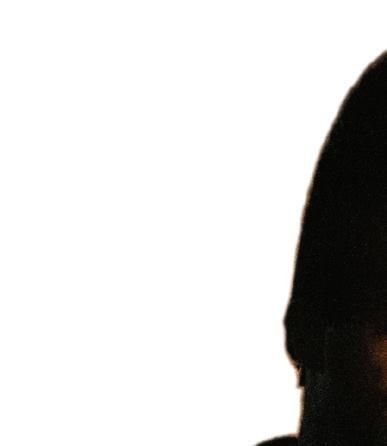
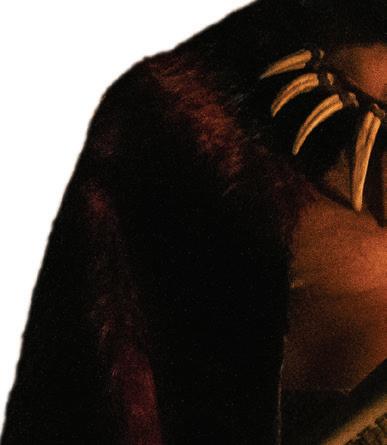


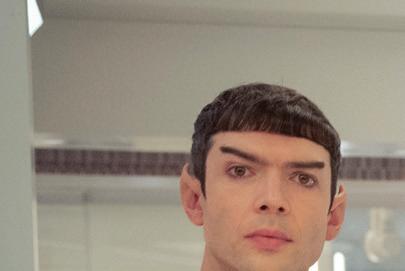














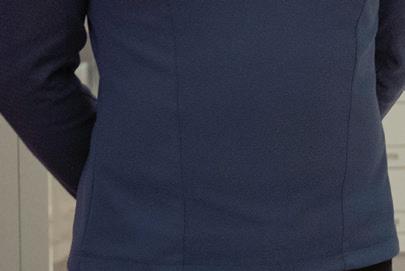
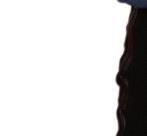
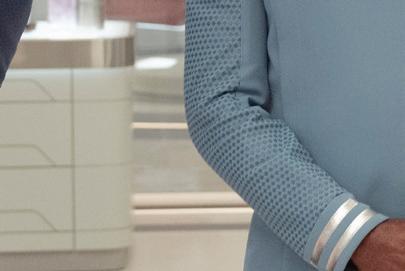













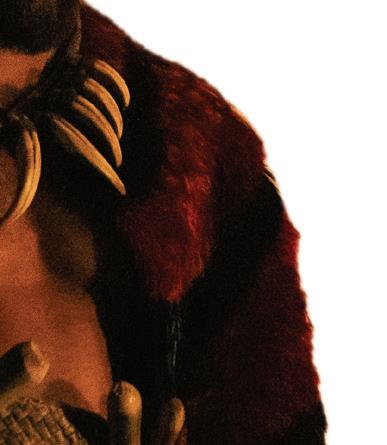



BEST KNOWN FOR ON-SCREEN ROLES IN GAME OF THRONES, A MINECRAFT MOVIE AQUAMAN FILMS, Momoa has furthered his fledgling directorial career with the finale of his Apple TV+ series Chief of War. Created, written and executive produced by Momoa and based on true events, the nine-episode series is set against the scenic backdrop of the islands of Hawaii and follows warrior Ka’iana (Momoa) as he tries to unify the islands before Western colonisation in the late 18th century. Told from an indigenous perspective, it has been a passion project for creators Momoa and Thomas Pa’a Sibbett, who share native Hawaiian heritage, while the series features a predominantly Polynesian cast led by Momoa. His directing credits also include episodes of HBO Max travel doc series On the Roam and feature film Road to Paloma
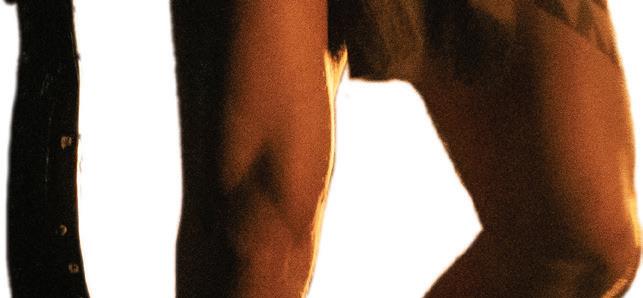
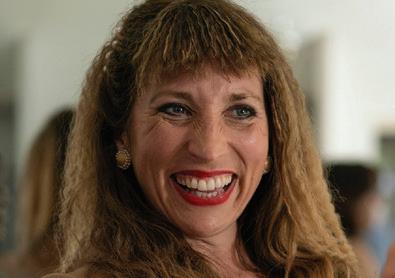
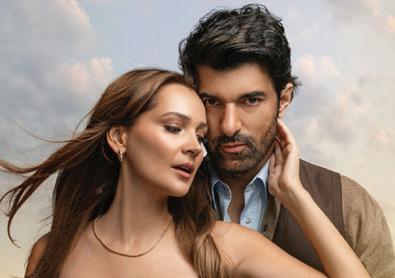
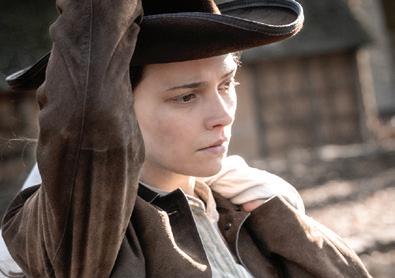
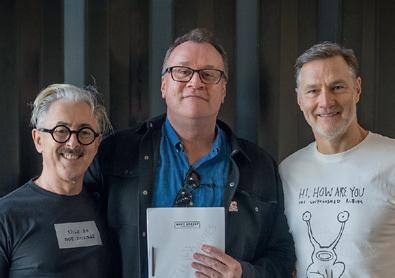
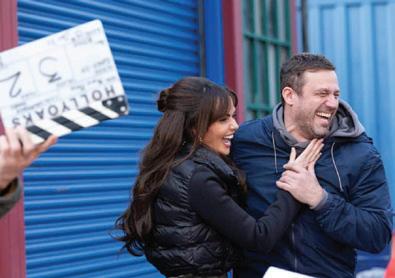
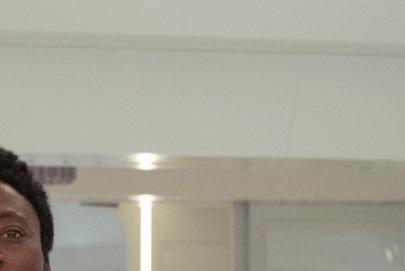


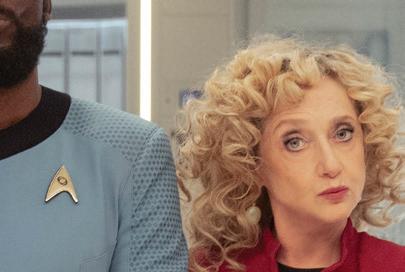


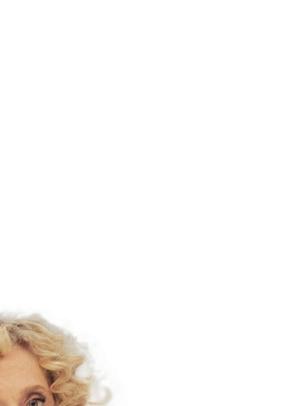
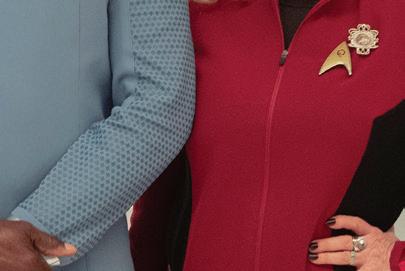

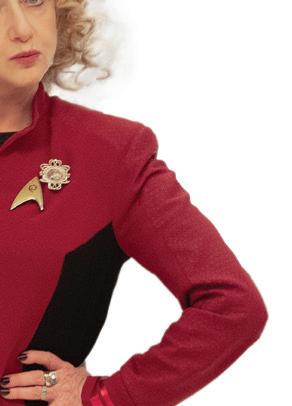

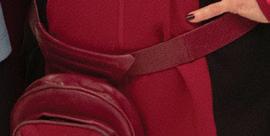
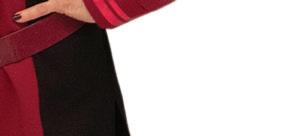




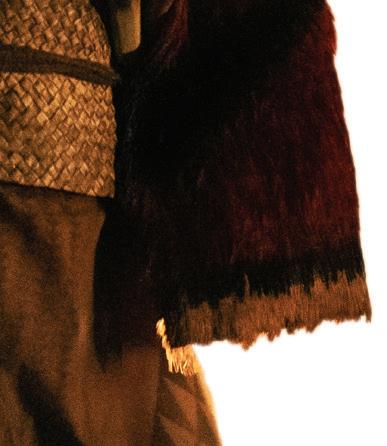









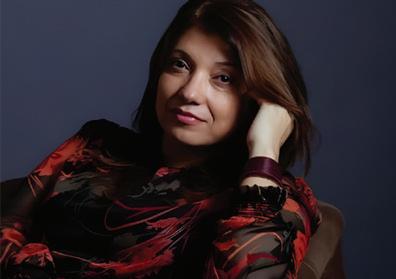
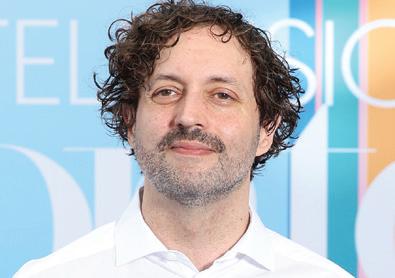
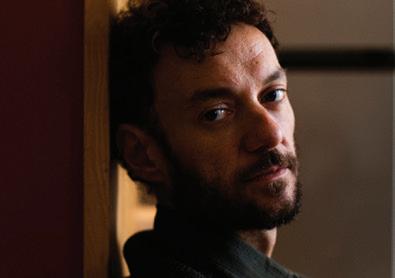


THE SHOW THAT BOLDLY WENT WHERE NO TV SERIES HAD GONE BEFORE CELEBRATES ITS 60TH ANNIVERSARY IN 2026, with the franchise still continuing to operate at warp speed. Six decades ago, legendary creator Gene Roddenberry first introduced the world to Star Trek: The Original Series when it premiered on Canada’s CTV on September 6, 1966, and then in the US two days later on NBC on September 8. Today, the Star Trek franchise numbers 11 TV series, 14 films and more than 900 episodes. Series include The Next Generation, Deep Space Nine, Voyager and Enterprise, as well as Discovery and Picard The 60th anniversary will be officially commemorated on Star Trek Day, September 8, 2026. But before then, Trekkies will get to see the latest original series, Star Trek: Starfleet Academy, earlier next year. Star Trek: Strange New Worlds will also return for fourth and fifth seasons after S3 wrapped in September, while YouTube will be the home of animated series Star Trek: Scouts, the first preschool extension of the franchise. If that’s not enough, fans can join a oncein-a-lifetime celebration of all things Star Trek with Star Trek: The Cruise, which sets sail in February 2026.
HEAD TO DRAMAQUARTERLY.COM FOR THE REST OF PART THREE OF THE DQ100 2025/26, FEATURING...
ACTORS
Engin Akyürek, Bérénice Bejo, Harriet Herbig-Matten and Lila McGuire
DIRECTORS
Daisy Haggard, Felix Herngren, Susanna Lira and Enrico Maria Artale
WRITERS
Ragnar Bragason, Alex Haridi, Diego San José and Stefanie Preissner
SERIES
Etty, Tip Toe, The Seduction and Twenty Twenty Six TRENDS & TRAILBLAZERS
Biblical series, Hollyoaks, theatre to TV and vertical microdramas
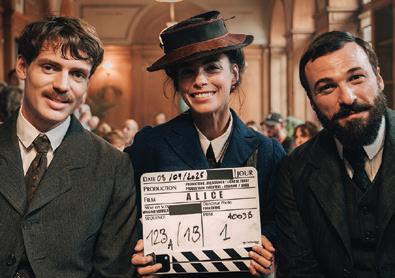


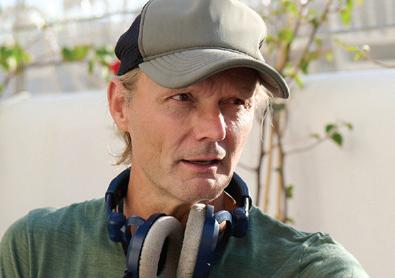
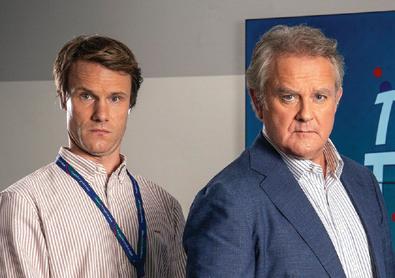
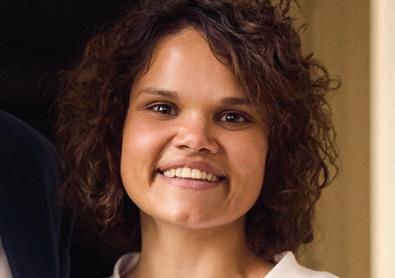
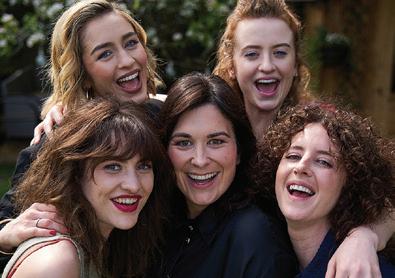
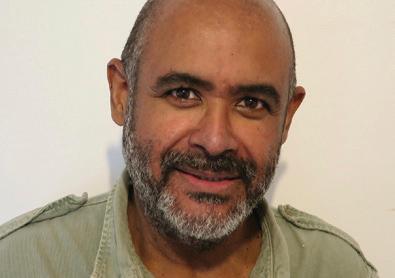
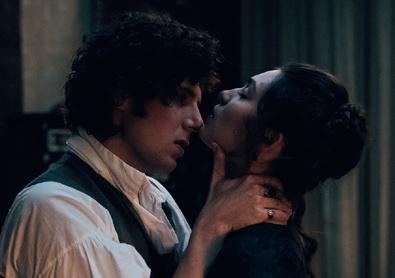

Define your future in The New Content Economy

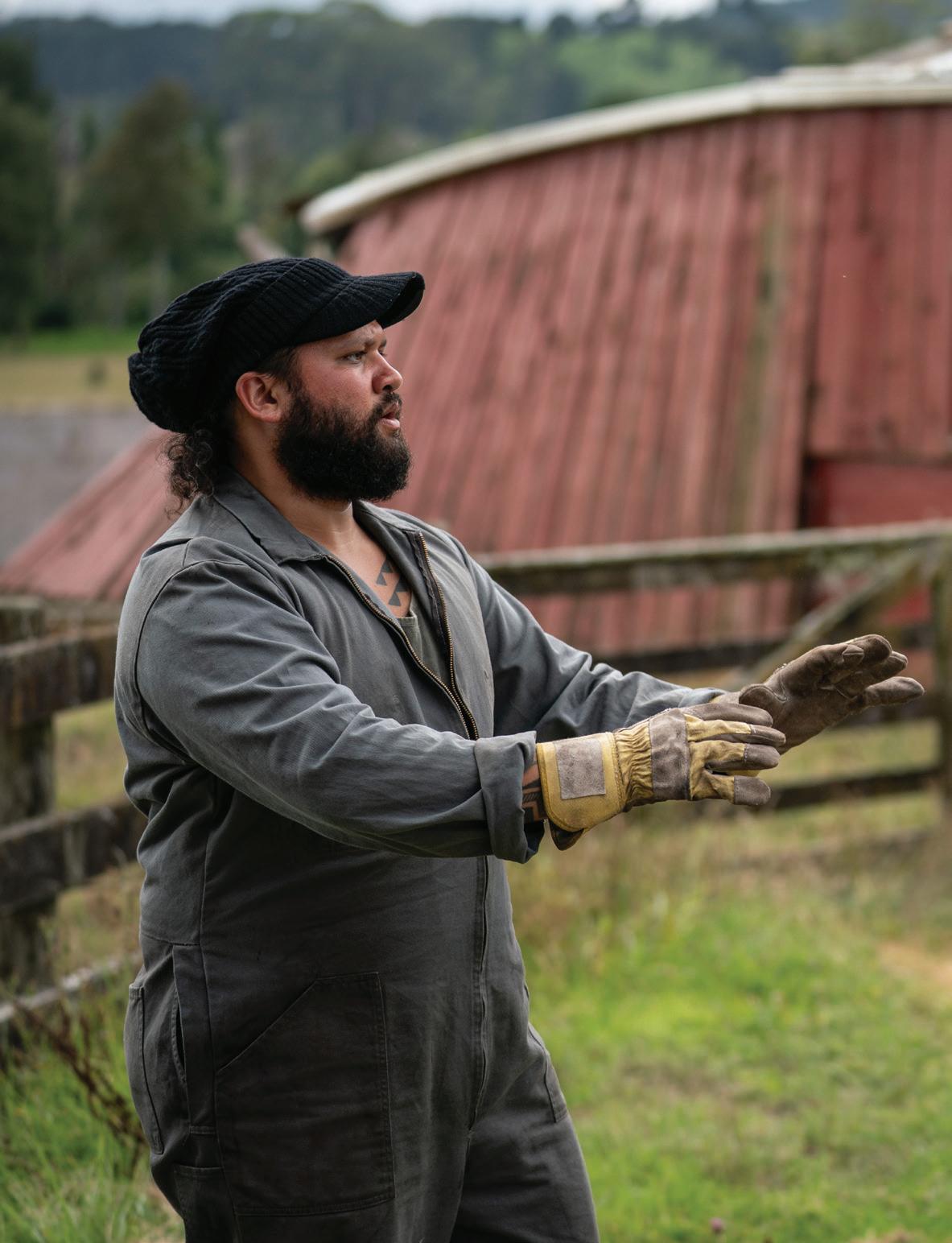
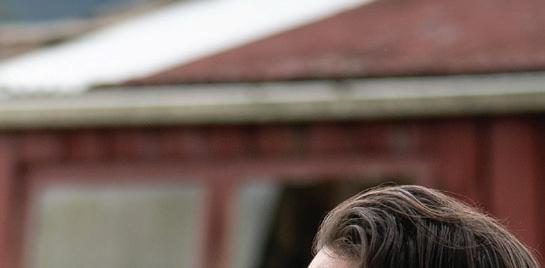

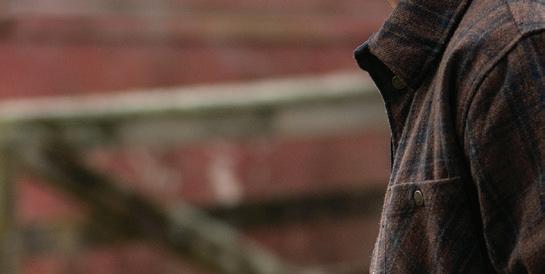
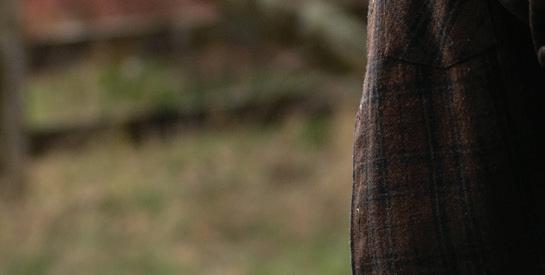
We’re all used to working within limitations. So far in my career, I’ve not had a producer come to me and say, ‘We’ve got too much money, can you help us spend it?’ On The Ridge, the budget (it’s always the budget) created its own creative limitations, mostly to do with shooting time. I regard these limitations on any show as a solution opportunity. In this case, I arrived in New Zealand to direct the first two episodes of a show written for a nineday-per-episode shoot (already tight) and discovered we had just six days per ep.
I love a puzzle, so I had to find ways to get on screen the propulsive, dynamic and original psychological thriller everyone wanted, but instead of plan A, I had to find plan AA (I don’t believe in plan Bs) – i.e. ways to make the show better within its boundaries. So I had to re-write the scripts to that e ect. I hope most of the tricks I used – like the very original way of showing text messages – read like creative choices, which just happen to save time on set.
The series follows Mia, a troubled addict from Scotland who travels to New Zealand for her estranged sister’s wedding. When she arrives, she finds her sister dead, pulling her into a dark web of secrets within the local community, where environmental tensions and personal betrayals collide.
My professional nose is in commercial storytelling ( Sherlock , Line of Duty , Doctor Who , Good Omens ), so I love that The Ridge has a procedural investigation layer tucked under the psychological drive of Mia’s character, played with beautiful and manic abandon by Lauren Lyle. I wanted to exploit Mia’s character as much as I could, having Lauren on screen as much as possible, often with the other main character, Ewan (played with ominous kindness by Jay Ryan).
“



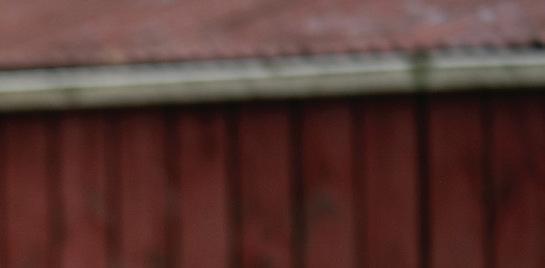



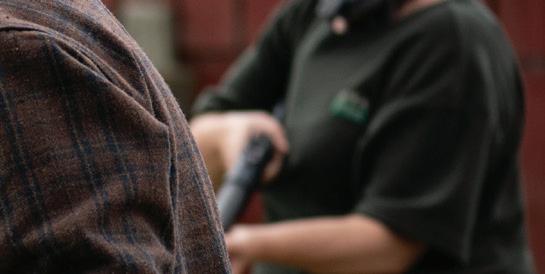
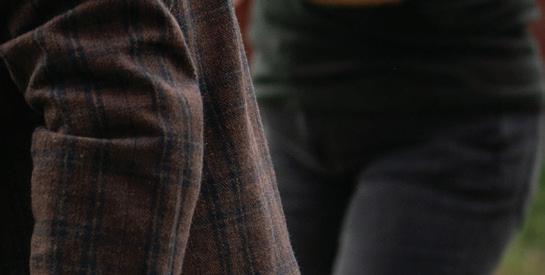
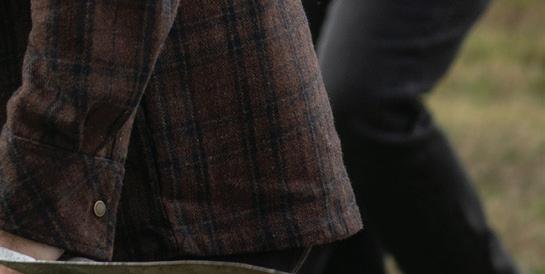

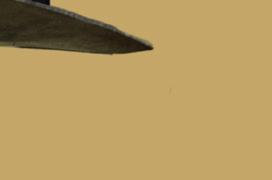
Director Douglas Mackinnon teases a pivotal moment in this sixpart psychological thriller, a cross-cultural coproduction between BBC Scotland and Sky New Zealand.
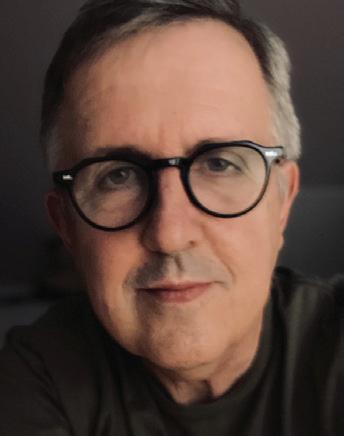
Douglas Mackinnon
” I was given the freedom to make a show I hope stands out as being both commercial and di erent.
A scene in episode two perfectly describes the on- and o -screen drama we were faced with as a production, and on set as a team. In her disruptive and challenging investigation of her sister’s death, Mia has just shown Ewan a blackmail video of his dead fiancée skinny-dipping with another character, Teddy (played with eloquent but pressurised calm by Kauri Williams), just days before their wedding and her death.
In the scene, they drive fast to Teddy’s mother’s farm, where a violently angry Ewan will confront him, swinging at him with a spade, before the mum comes out with a shotgun, firing it in the air as Mia and Ewan are forced to leave. So there were quite a lot of elements to shoot in a very short time. The ‘normal’ way to shoot this scene would involve pretty extensive rehearsals with stunt performers and cast, overlapping the action and shooting from a pile of angles. We couldn’t do that, so we used one shot in the car, a drone set
wide on the journey (lots of dramatic dust from the wheels) and rehearsed the stunt drivers to come out on the wide shot and swing that spade. Then I cut. We cut into the actors just at the moment the spade swung, and there were no more stunts needed in the scene, as the performances took over. The shotgun was a simple CGI blast. I hope my first two episodes set the scene for a wonderful series, where the story and history of Mia as a very original character is slowly unveiled. I love The Ridge and love what the New Zealand and Scottish teams have done together.
Supported by our two production companies, Sinner Films in Scotland and Great Southern Studios in New Zealand, and our commissioners – Thomas Robins at Sky Originals New Zealand and Gavin Smith at BBC Scotland – as well as our friends at Screen Scotland, NZ On Air and our global distributor Boat Rocker Studios, I was given the freedom to make a show I hope stands out as being both commercial and di erent. What is it we say these days? ‘Familiar with a twist.’
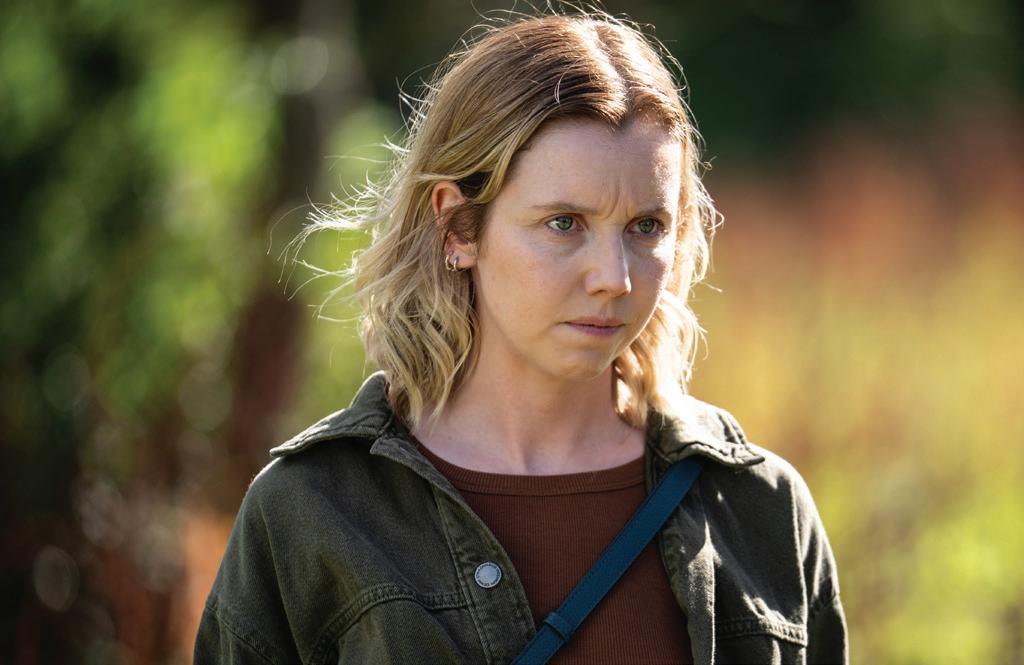
LOS ANGELES I NOVEMBER 11-16, 2025


Prime Suspect
Created by a woman, inspired by a real policewoman and starring a woman. Ahead of the times and taking on the times, it starred the stellar Helen Mirren as DCI Jane Tennison, ushering in a new era of iconic female police characters. Complex and flawed, juggling and battling, Tennison was my hero. From the moment she realises a male colleague has taken her case, she’s up for the fight, and I was backing her to win. Tennison’s home life was refreshingly complicated, and clearly her relationship was not going to go the distance as she was set to become ‘married to her job,’ smash the glass ceiling and be the boss. Writer Lynda La Plante knew what women really wanted.
The Royle Family
I was chuckling already based on the series title alone – and anything comedian Caroline Aherne was involved with, I was watching. An ordinary working-class Manchester family on the sofa, a sitcom based around watching the goggle-box in the corner, real life, in real time. Revolutionary. There’s banter, bickering and love. Love is a free iced bun from the bakery, courtesy of mum Barbara. And when it’s all gone to shit, dad Jim will strum a ditty on the banjo, kicking any troubles ‘half the world away.’ Razor-sharp observational writing in a class of its own, a clever reinvention of Northern ‘kitchen sink’ for the Madchester era and instantly quotable. It was and remains pure comedy gold.

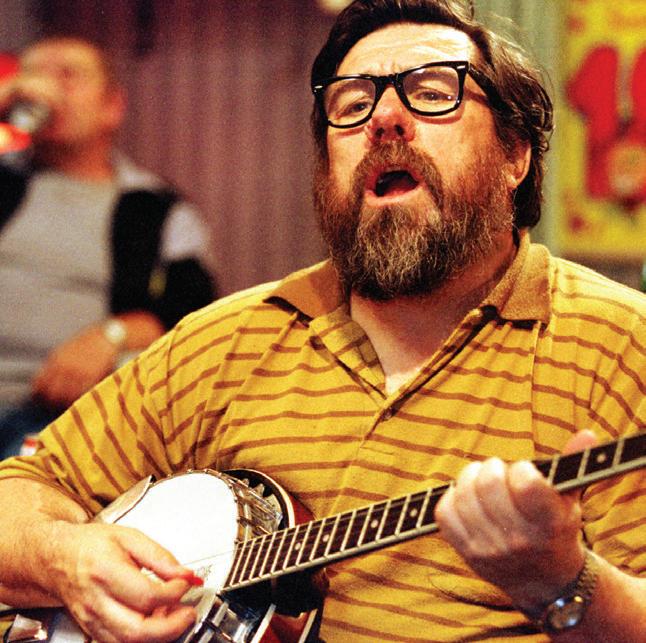

Cutting It
Cutting It was just what noughties Manchester needed. A gorgeous and glossy homegrown hit – sex, lies, revelations, feuds and family bust-ups, with a proper Mancunian voice at the helm. Writer Debbie Horsfield devised a neat premise:
“




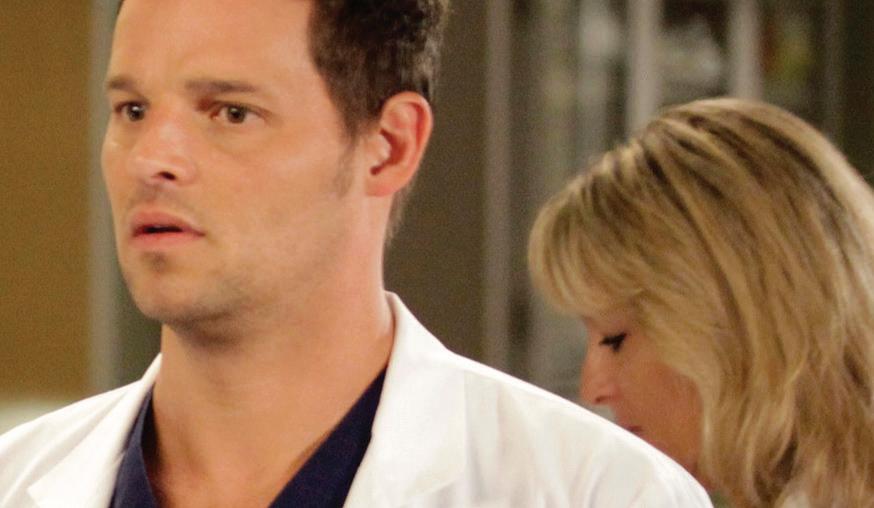

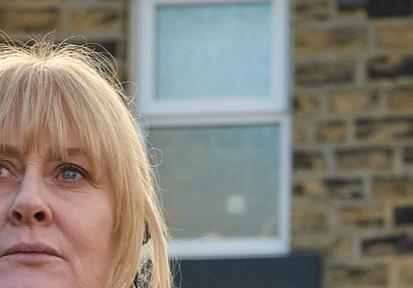
Paula Cuddy
” Grey’s Anatomy is whip-smart, compelling and makes you cry... No wonder it’s the longest-running medical drama in US history.




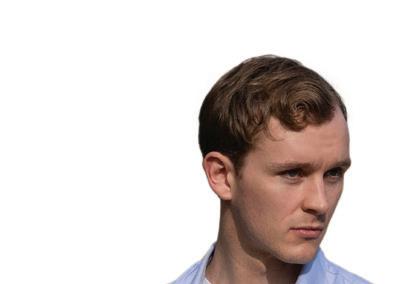
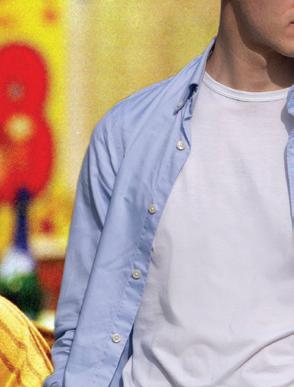
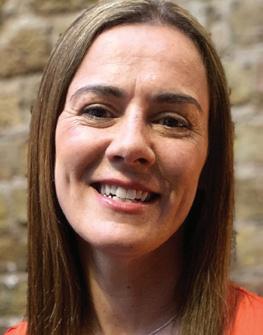
the rivalry between two hair salons on opposite sides of the street. Things turn personal and messy when Allie Henshall (Sarah Parish) discovers that the other salon is owned by her ex, Finn, and his wife. Glued to the final episode of season


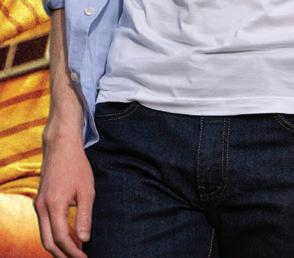
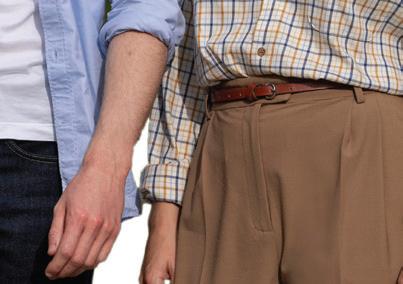




The co-CEO and creative director of Rebus and Magpie Murders producer Eleventh Hour Films spotlights her screen hero, a crime drama from “the ultimate storyteller” and an endlessly quotable Royle comedy.


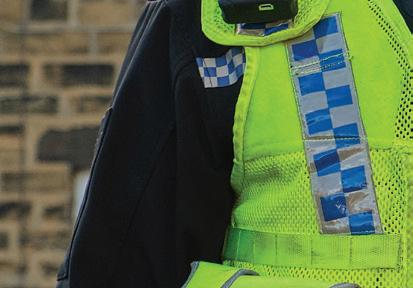
one, the Prosecco all gone, me and my mates were gobsmacked as Allie turned away from husband Gavin and walked back to her first love, Finn. Roll credits. And then we all started arguing about Finn vs Gavin. Brilliant.
Grey’s Anatomy
I didn’t think I could love another US medical drama as much as ER. But Shonda Rhimes and the Grey’s gang reeled me in, with surgical intern Meredith Grey at its heart (the excellent Ellen Pompeo) juggling the professional and the personal – the one-night stand with the guy who turns out to be the boss and the complicated ‘baggage’ with her mom. The show is whip-smart, compelling and makes you cry. As the pilot ends, Meredith visits her mum (a renowned former surgeon) and it’s revealed she has Alzheimer’s disease. It’s heart-wrenching. This show continually delivers. No wonder it’s the longest-running medical drama in US history.
Sarah Lancashire owned the stage as Sergeant Catherine Cawood, blazing onto the screen armed with a fire extinguisher and speedily purchased sunglasses (“to preserve her eyebrows”) as she introduces herself to a local lad, who is “off his head,” threatening to set himself on fire in a kids’ playground. Within
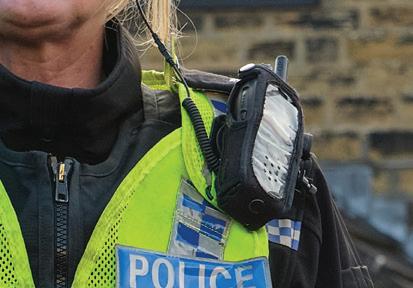


minutes, the stage and tone was set, and all through character and deft story execution. Writer Sally Wainwright gave us ‘specificity’ before it became an industry buzzword. This is her Yorkshire with all its beauty and grit, a story of family at its core, of innocents caught up in the mess, housed in a propulsive story engine that ensured the drama grips to the very end. She is the ultimate storyteller.
Set in the cutthroat world of finance, this series is compulsive viewing, delivering big swings in character and story. Like all the best workplace dramas, it feels authentic, so it’s no surprise the writers were former investment bankers. It cleverly takes the classic setup of rookies but with its own spin, junior traders competing for a permanent position with the firm. All the characters pop, but season three delivers a superlative dramatic crescendo for Yasmin (‘nepo baby’ to ‘driven survivor’) brilliantly acted by Marisa Abela. Caught up in the fallout from a family scandal, she gives up the man she loves to make a pragmatic alliance with another, so she can secure her future. A classic tale as old as time, but through the Industry lens it’s brutally modern. Bravo.





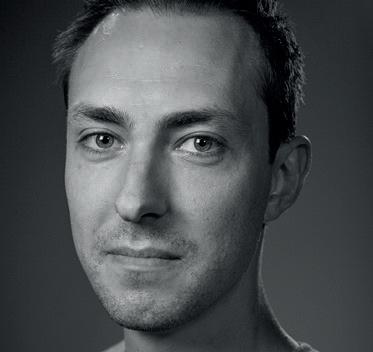
If there’s a list of ingredients needed to create a successful prequel, it would include showing respect to the source material and telling a story that complements and adds depth to the original series.
IF THERE’S A WORD IN THE TELEVISION LEXICON THAT CAN SIMULTANEOUSLY INSPIRE EXCITEMENT AND DREAD, IT MIGHT BE ‘PREQUEL.’ In a world where sequels are no longer enough, as commissioners and producers look for new ways to tell stories in familiar settings with a built-in audience, creators are increasingly looking to the fictional past for their next hit.
Only recently, Outlander: Blood of my Blood took viewers back to the world of Starz romantic fantasy series Outlander to tell the stories of the parents of the main show’s protagonists. So confident was the US cable channel it was on to a winner that it commissioned a second season more than a month before the show’s premiere in August – and the cameras are already rolling on the next instalment.
Meanwhile, just in time for Halloween, HBO will debut IT: Welcome to Derry, a series based on Stephen King’s 1986 novel and set in the world of the recent IT feature films, going back in time to explore the earlier days of Bill Skarsgård’s Pennywise.
Other notable prequels in recent years have included House of the Dragon, set nearly 200 years before the events of Game of Thrones; Better Call Saul, which gave Bob Odenkirk’s lawyer Saul Goodman his own show after breaking out of Breaking Bad; and The Lord of the Rings: The Rings of Power, Amazon’s fantasy epic set thousands of years before the events of JRR Tolkien novels The Hobbit and The Lord of the Rings.
Star Wars series Andor, telling the story of rebel spy Cassian Andor and the formative years of the rebellion, is a prequel to feature film Rogue One, which itself is a prequel to Star Wars: Episode IV – A New Hope. And Bridgerton’s Queen Charlotte, serial killer Dexter, Swedish detective Wallander and literary villain Nurse Ratched from Ken Kesey’s One Flew Over the Cuckoo’s Nest have also lent their names to their own respective prequels with Queen Charlotte: A Bridgerton Story, Dexter: Original Sin, Young Wallander and Ratched
Then there’s Hannibal, Bates Motel, The Carrie Diaries, Tennison, The Continental, Young Sheldon, Endeavour, Gotham, Pennyworth and Fear the Walking Dead, not to mention NCIS: Origins and Mystery Road: Origin
If there’s a list of ingredients needed to create a successful prequel, it would include showing respect to the source material and telling a story that complements and adds depth to the
original series, rather than just adding backstory to events already portrayed.
That viewers may already know the fates of key characters means prequels must find new ways for audiences to invest in the story – with new characters and settings even relegating familiar names and places to the background. An even better tactic might be to develop an entirely standalone show, one that focuses on an entirely new group of characters, location or time period, making it more accessible to those who didn’t watch the original.
What they shouldn’t do, however, is upset the canon of the original show or undermine its characters, which can then have damaging implications for its own legacy. Nor should they rely solely on nostalgia or end up feeling completely pointless.
I was reminded of the clash of emotions a prequel can generate when standing on the set of Gomorra – Le origini (Gomorrah – Origins, p8-12), watching filming for the series on the outskirts of Naples. A precursor to one of the standout Italian dramas of the last decade, this Sky series seeks to explore the formative years of one of Gomorrah’s most notable figures, Don Pietro Savastano, who would rise to become the boss of the Camorra mafia clan in the city’s Secondigliano suburb.
Here though, Pietro is a young boy in 1970s Naples, in a series that takes on a distinctive style and tone that is far removed from the original series. Sky Studios Italia exec VP Nils Hartmann and Cattleya producer Riccardo Tozzi were certainly conscious of the risks they were taking by developing a Gomorrah prequel.
Marco D’Amore, a star of the original Gomorrah, also needed a lot of persuading due to his respect for that series, which ended in 2021 after five seasons.
Viewers would be forgiven for sharing D’Amore’s initial reluctance to revisit a beloved series when Gomorrah – Origins arrives on screen in January 2026. Yet with someone so close to the original show at the helm, joining some of the original writers to tell a new story in a fresh era at an important moment in Italian society, full of the possibilities of political change, it’s evidence enough that the team behind the series might just have cracked the prequel code.
Michael Pickard Editor, Drama Quarterly
WHO
Email format: firstname@c21media.net
EDITORIAL: Editorial director Ed Waller Editor of C21Media.net Jonathan Webdale Chief sub-editor Gary Smitherman Head of design & DQ chief sub-editor John Winfield Senior sub-editor Steve Warrington News editor Clive Whittingham, Channel21 International editor Nico Franks DQ editor Michael Pickard Research
editor Gün Akyuz North American editor Jordan Pinto C21Kids editor Karolina Kaminska Senior reporter Neil Batey Special projects editor Louise Bateman
C21TV: Head of C21TV Jason Olive, Video editor/motion designer Adrian Ruiz Martin SALES: Founding partner & commercial director Odiri Iwuji, Sales director Peter Treacher, Business development director Patricia Arescy, Senior sales executives Richard Segal, Yasmin Connolly
EVENTS: Group programming director Ruth Palmer, Head of events Gemma Burt, Programming director Adam Webb, Deputy head of event programming Stephanie Boffa, Events manager Mia Hodgson, Events coordinator Lily Miller OPERATIONS: Operations director Lucy Scott, Head of digital Laura Stevens, Office manager Katie Reilly PRODUCTION: Production manager Courtney Brewster, Team assistants Sashka Wickramasinghe, Gema Angulo, Events and production assistant Caitlin Wren, Production assistant Rory Mullan Wilkinson FINANCE: Group CFO Ravi Ruparel, Finance director Susan Dean, Finance assistants Marilyn Assan, Marianne
Pang Editor-in-chief & managing director David Jenkinson
DQ Magazine C21Media Ltd 2nd Floor, 148 Curtain Road London EC2A 3AT Tel: + 44 (0) 20 7729 7460 Email: michael@dramaquarterly.com



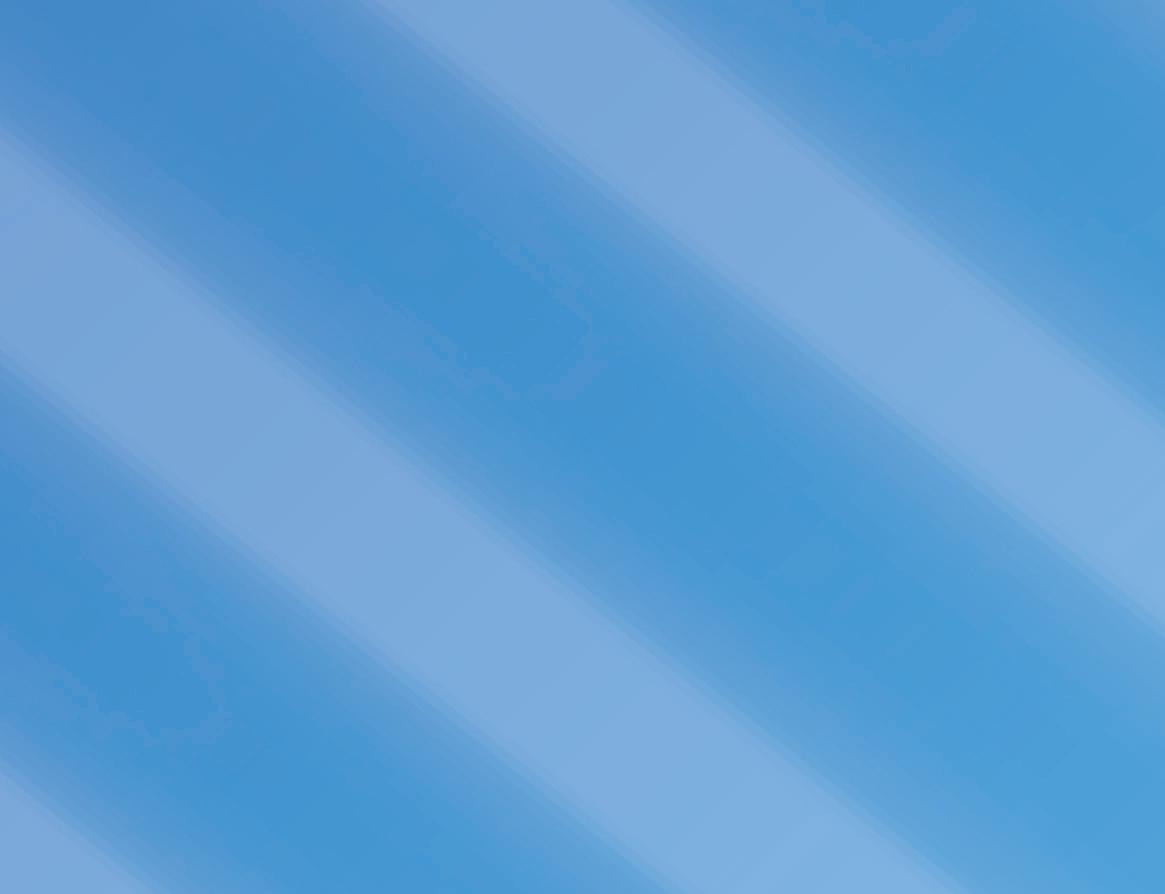
13th-16th October

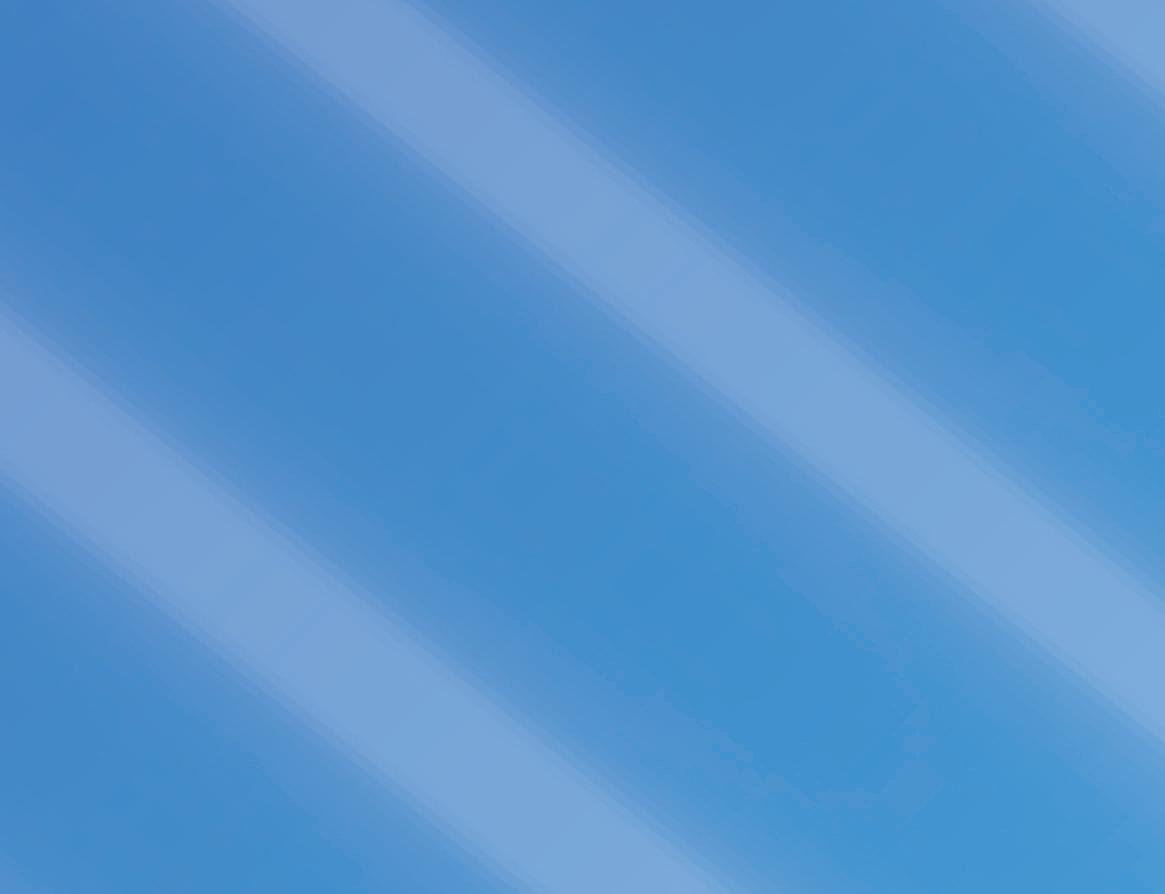


Where deals are done, partnerships are born, and stories find their stage.
Palais des Festivals, Cannes.


